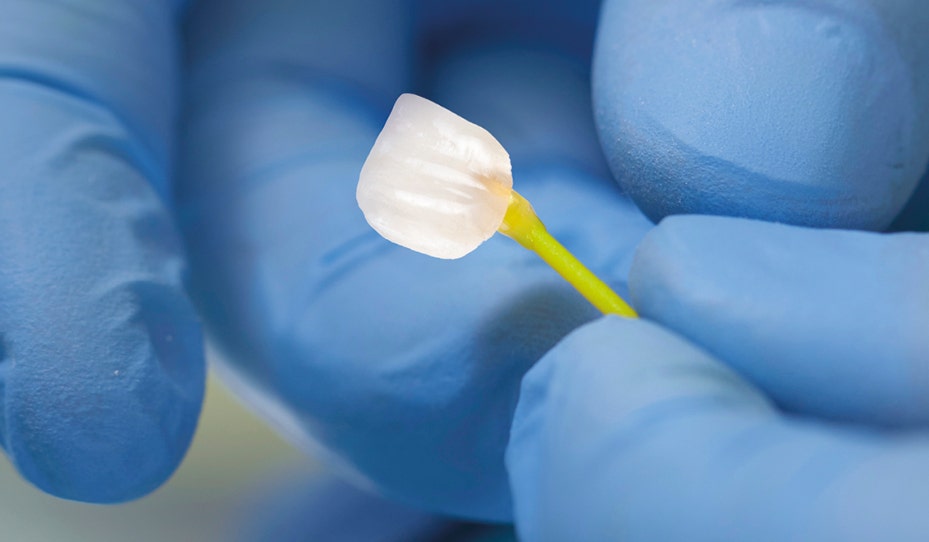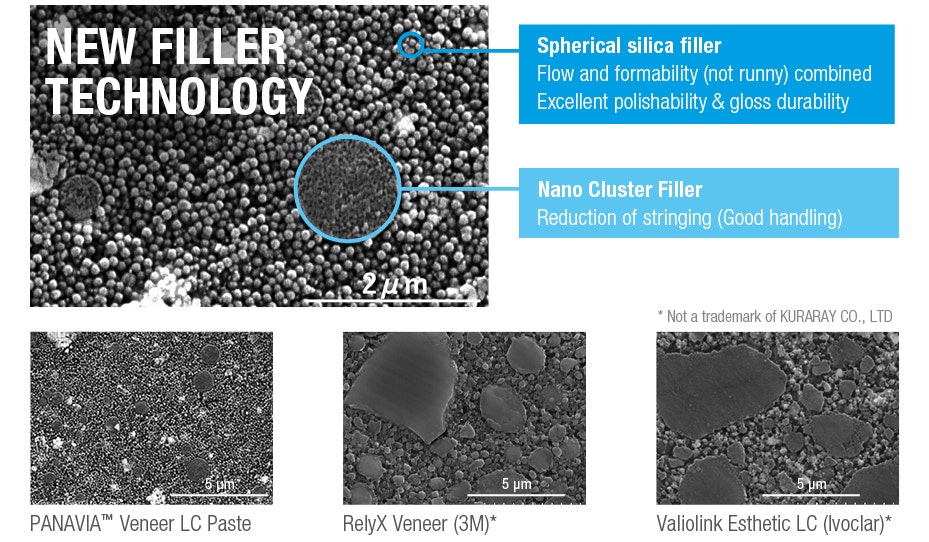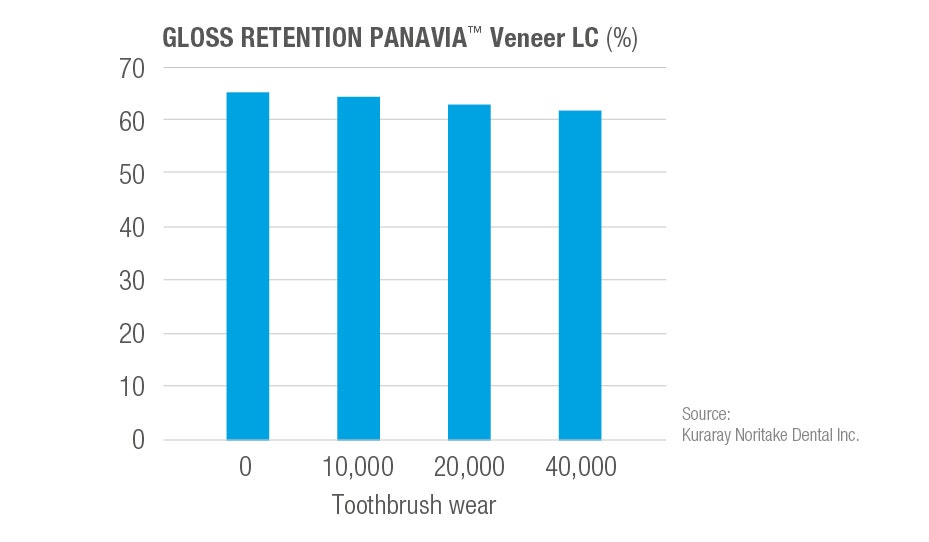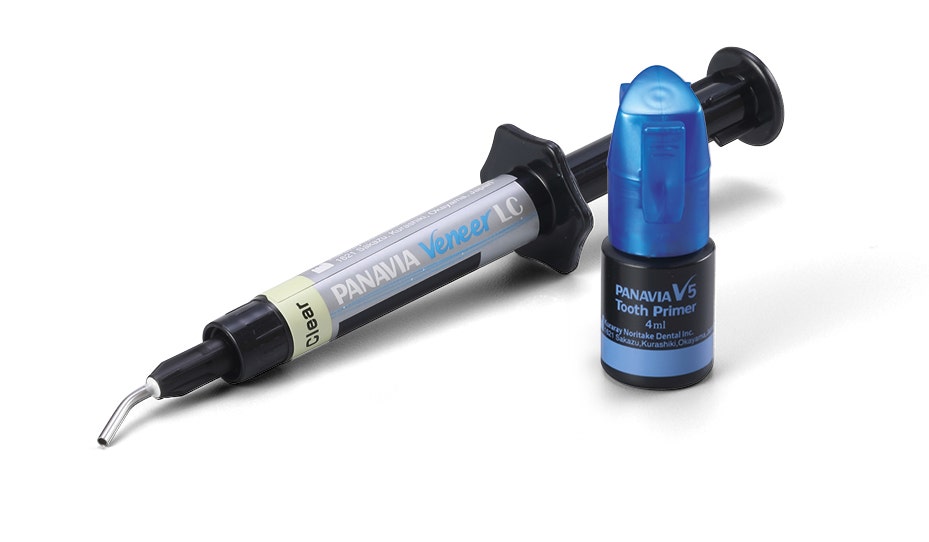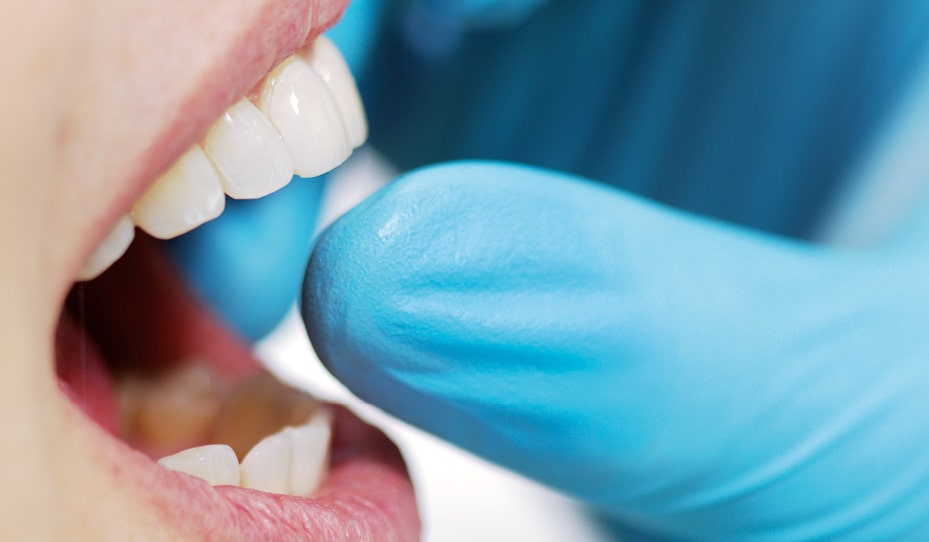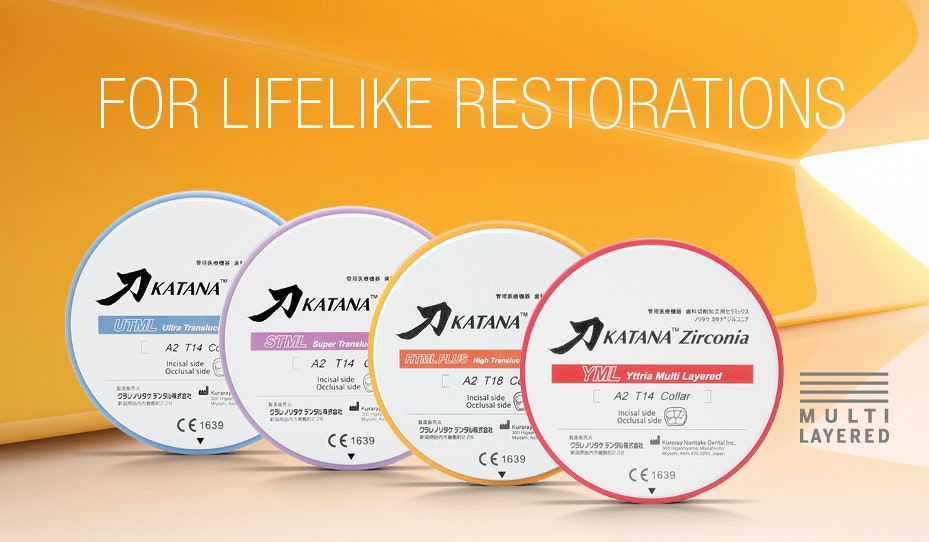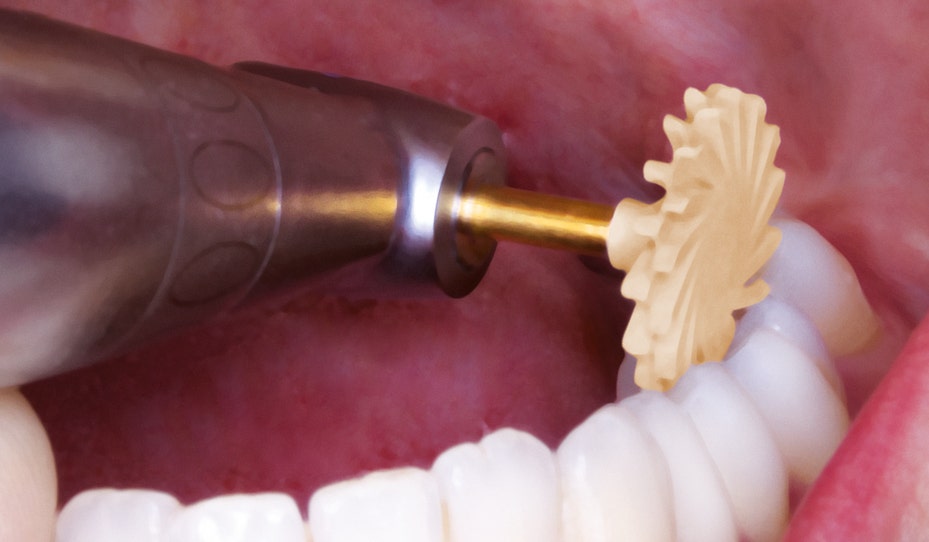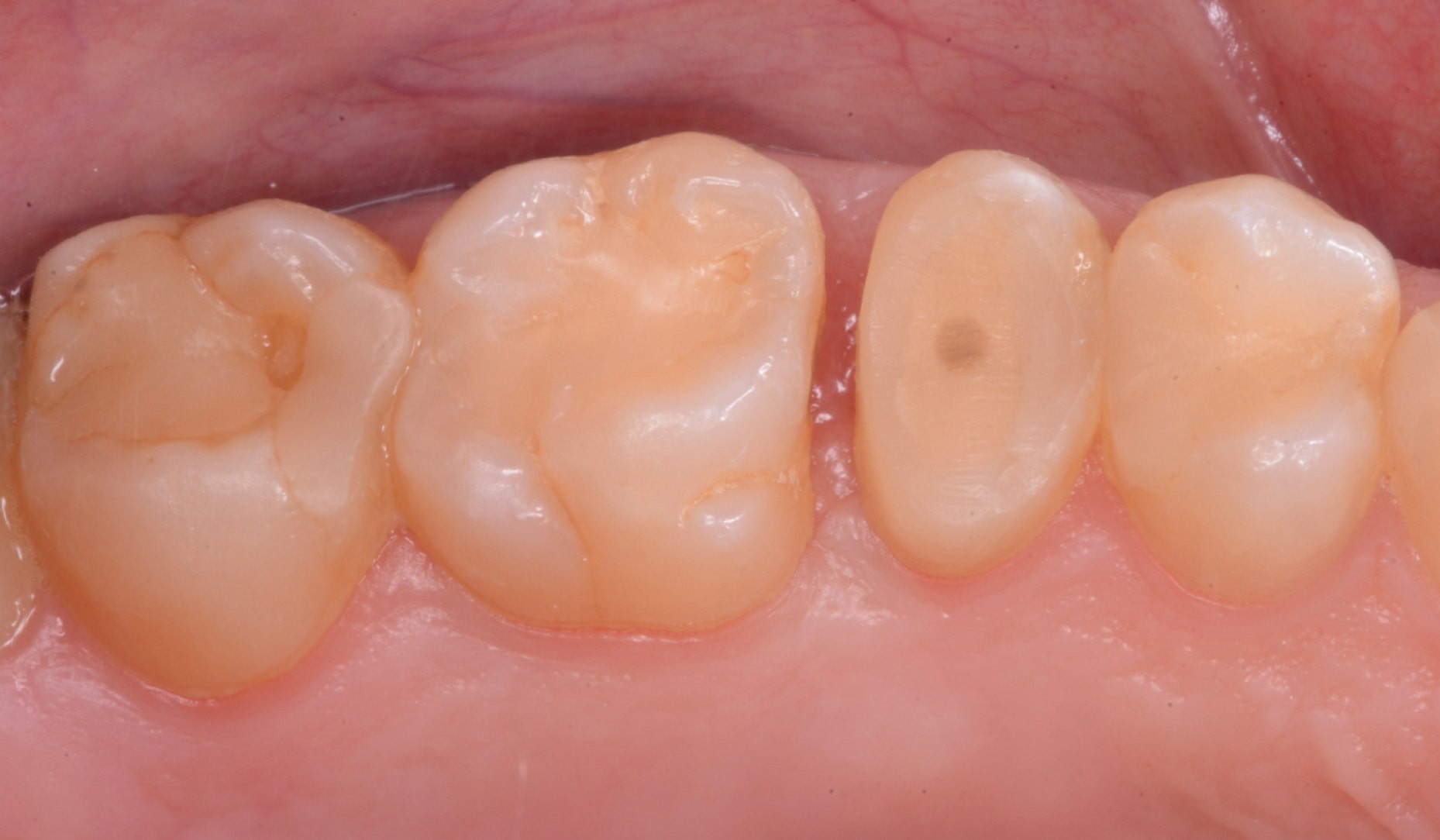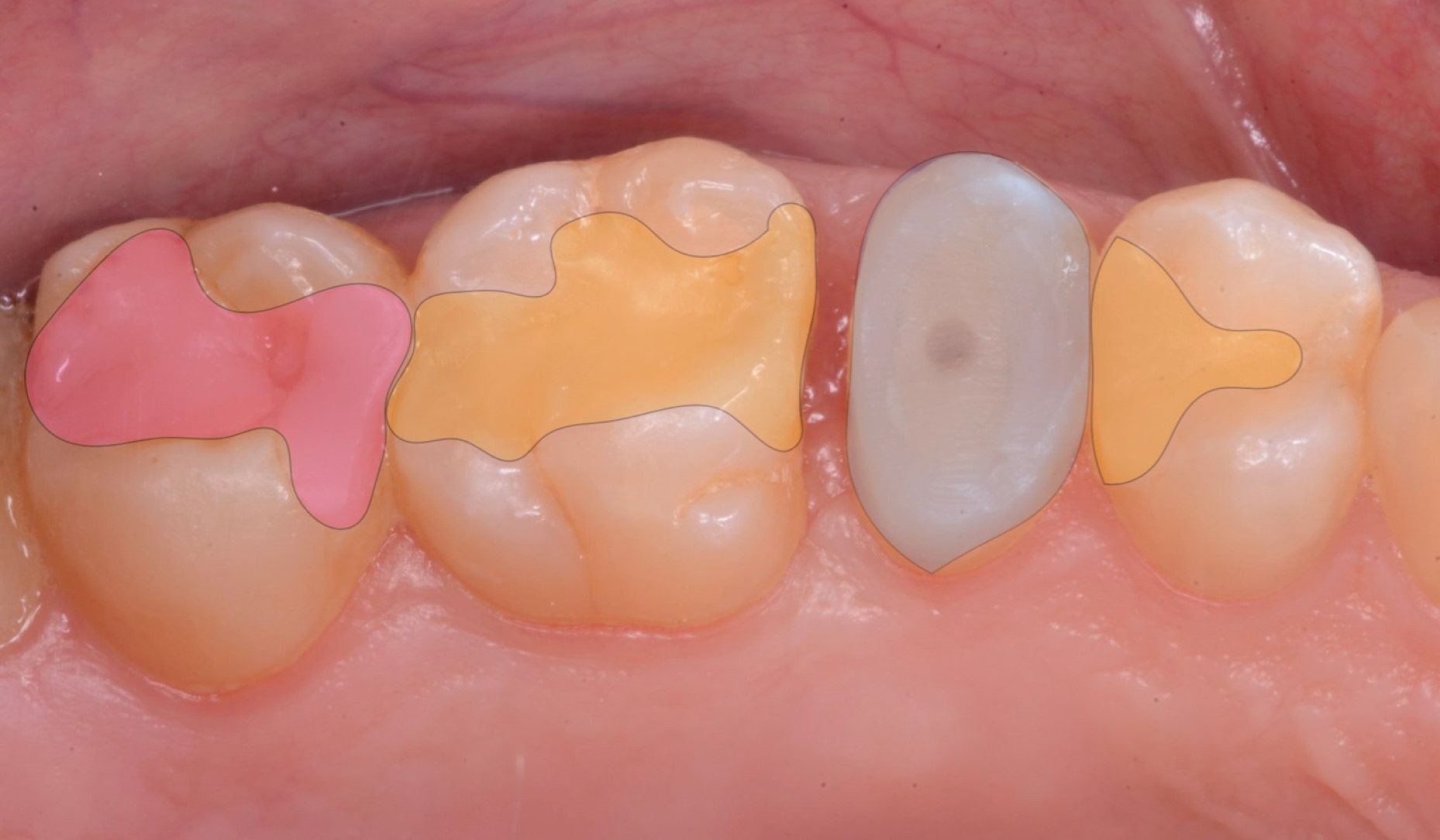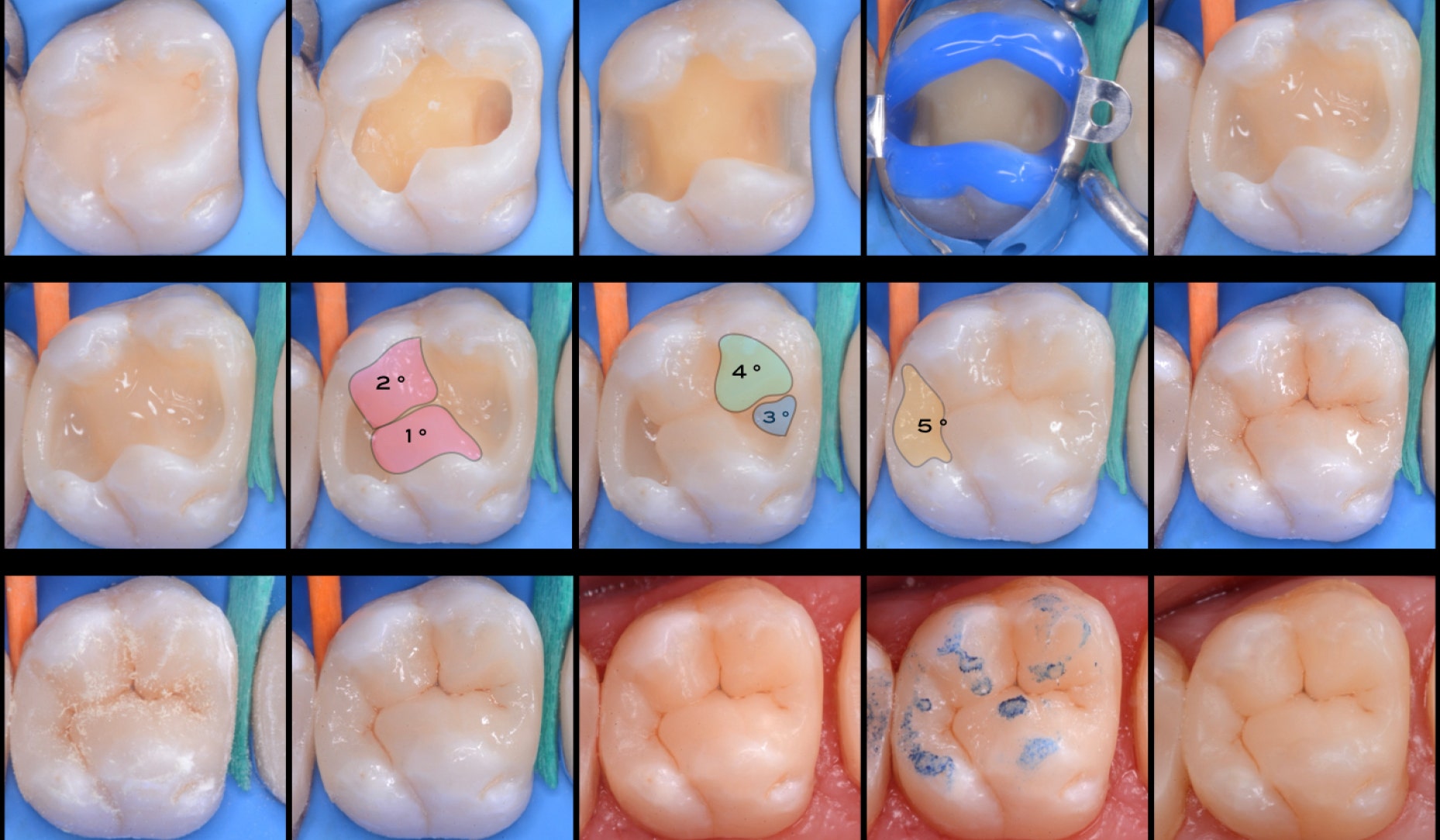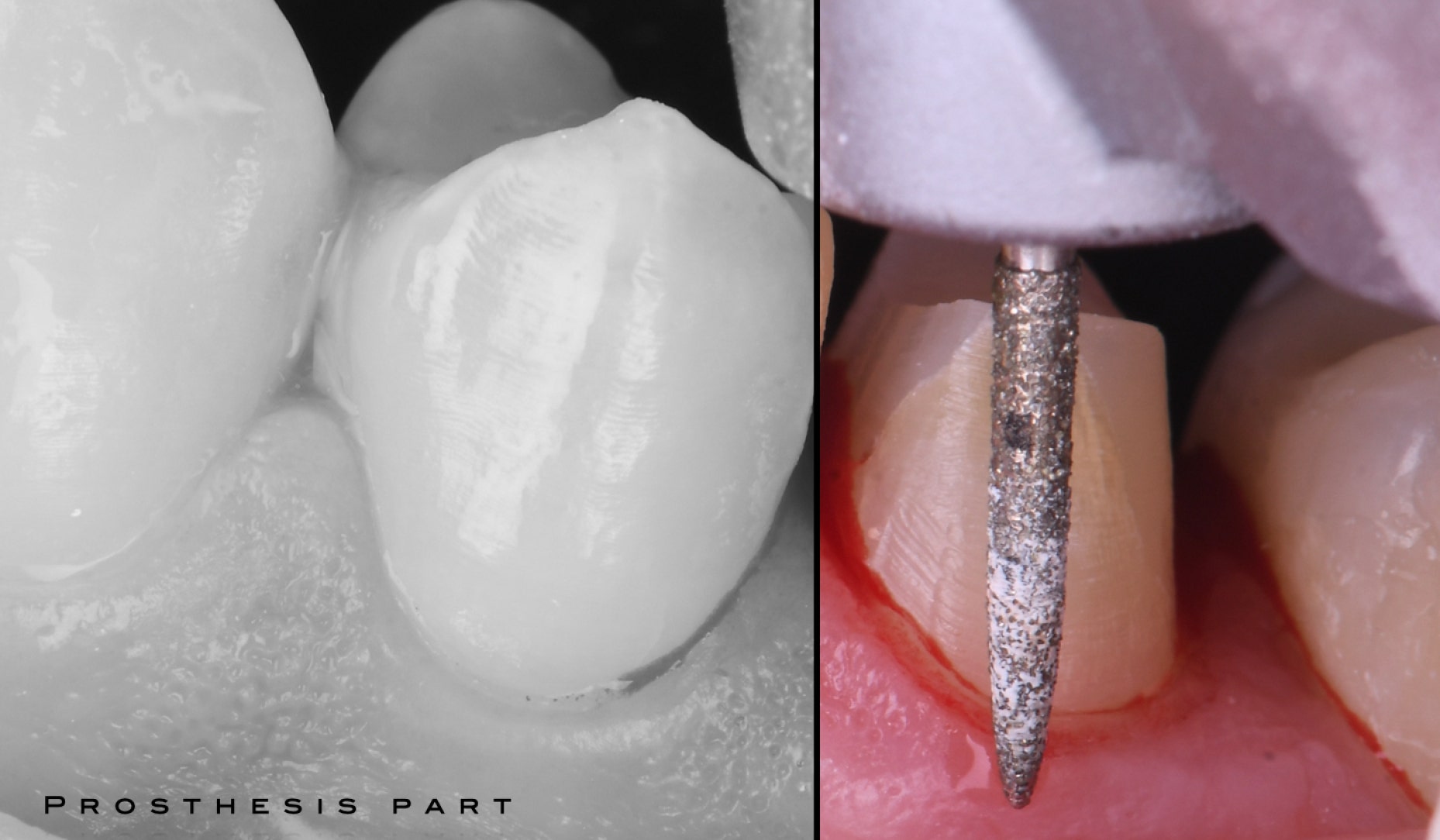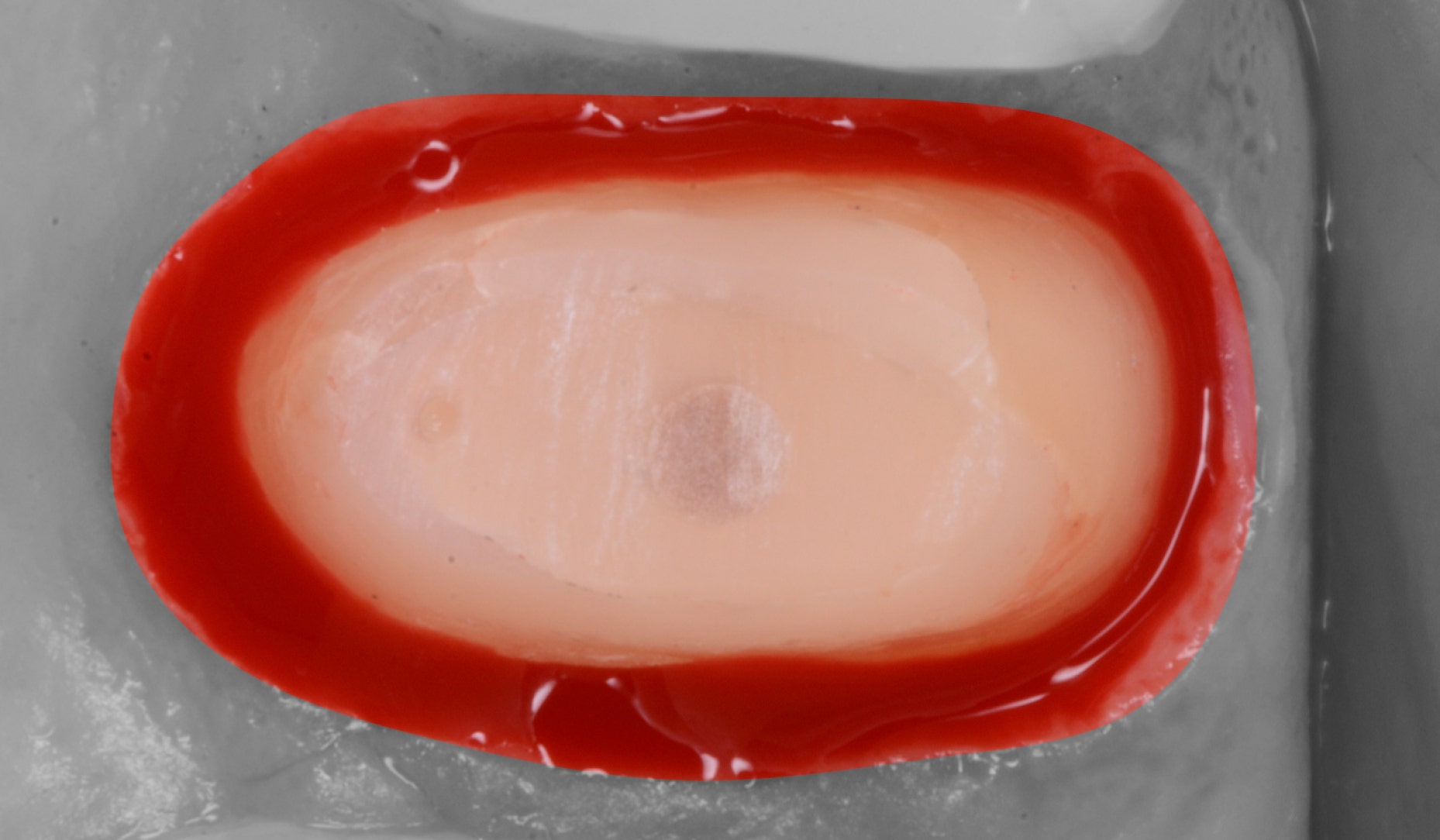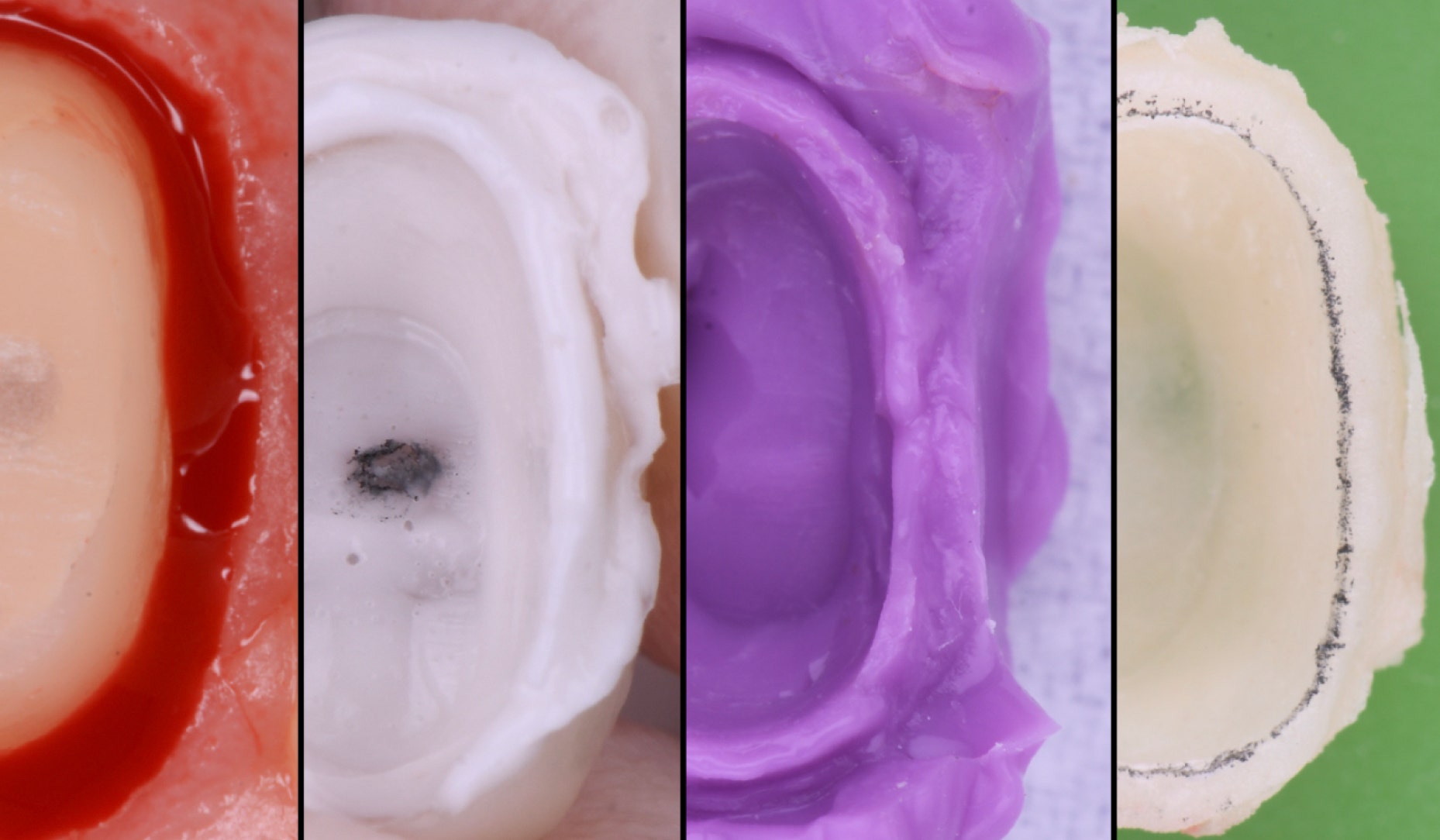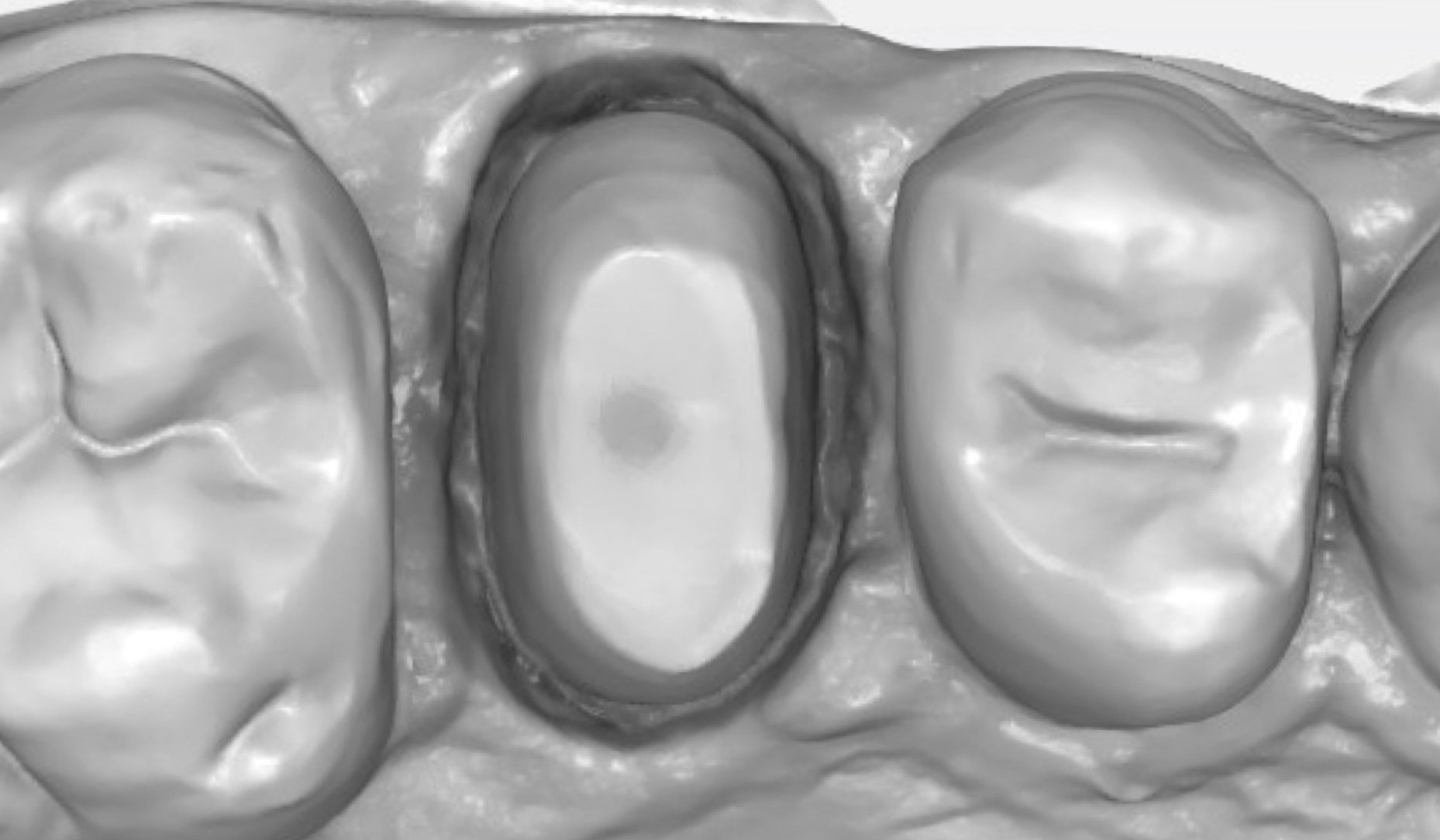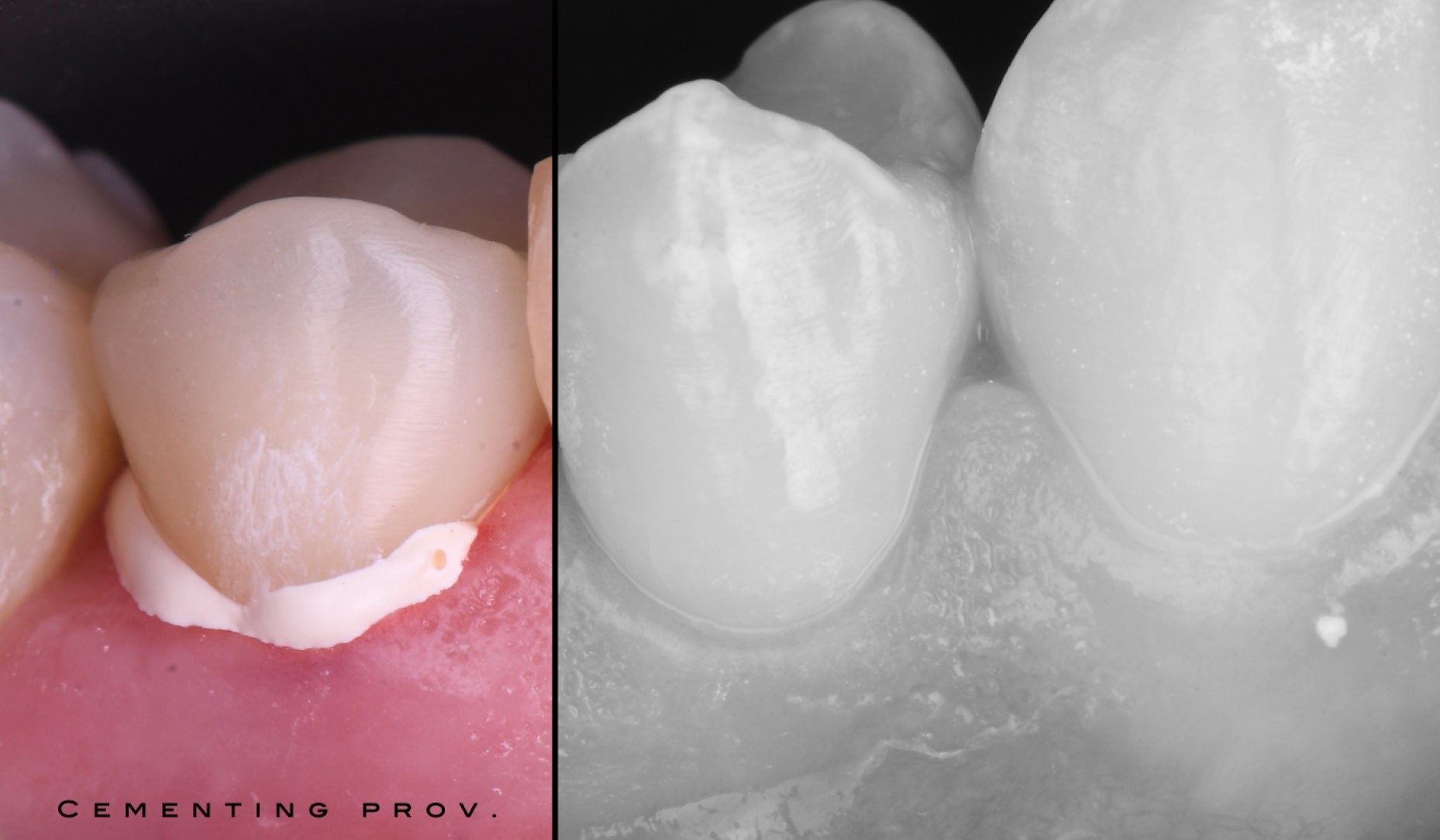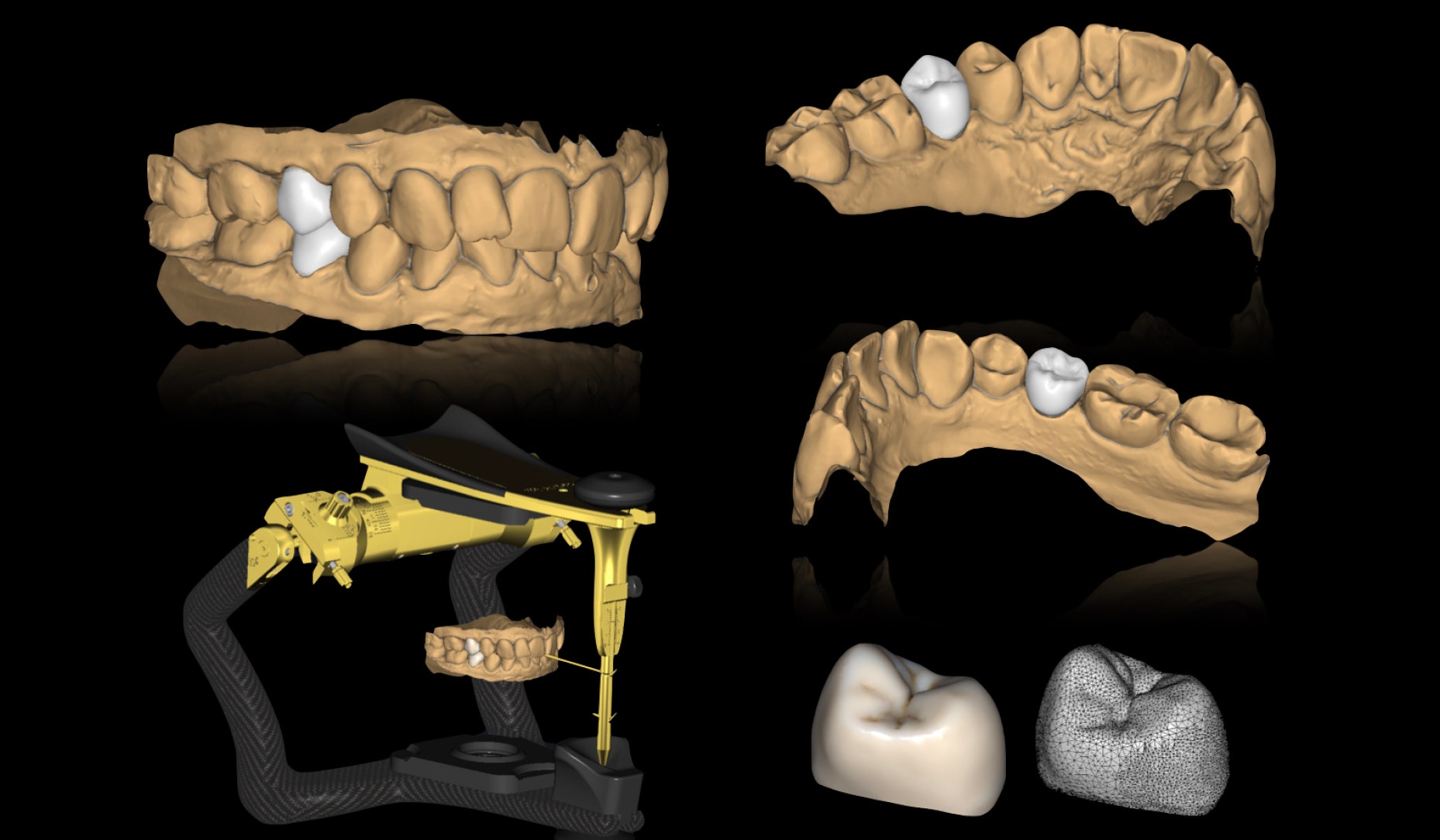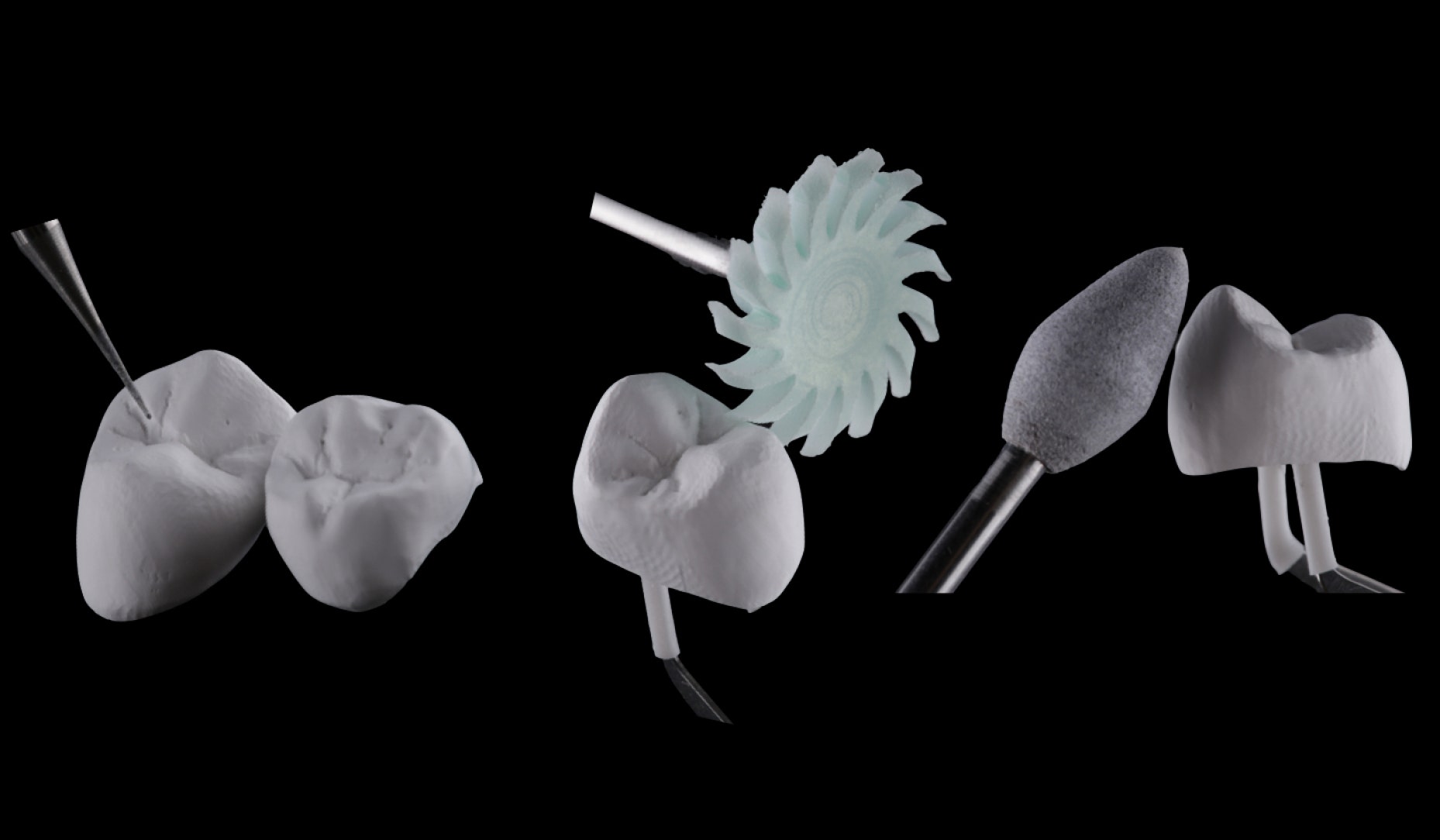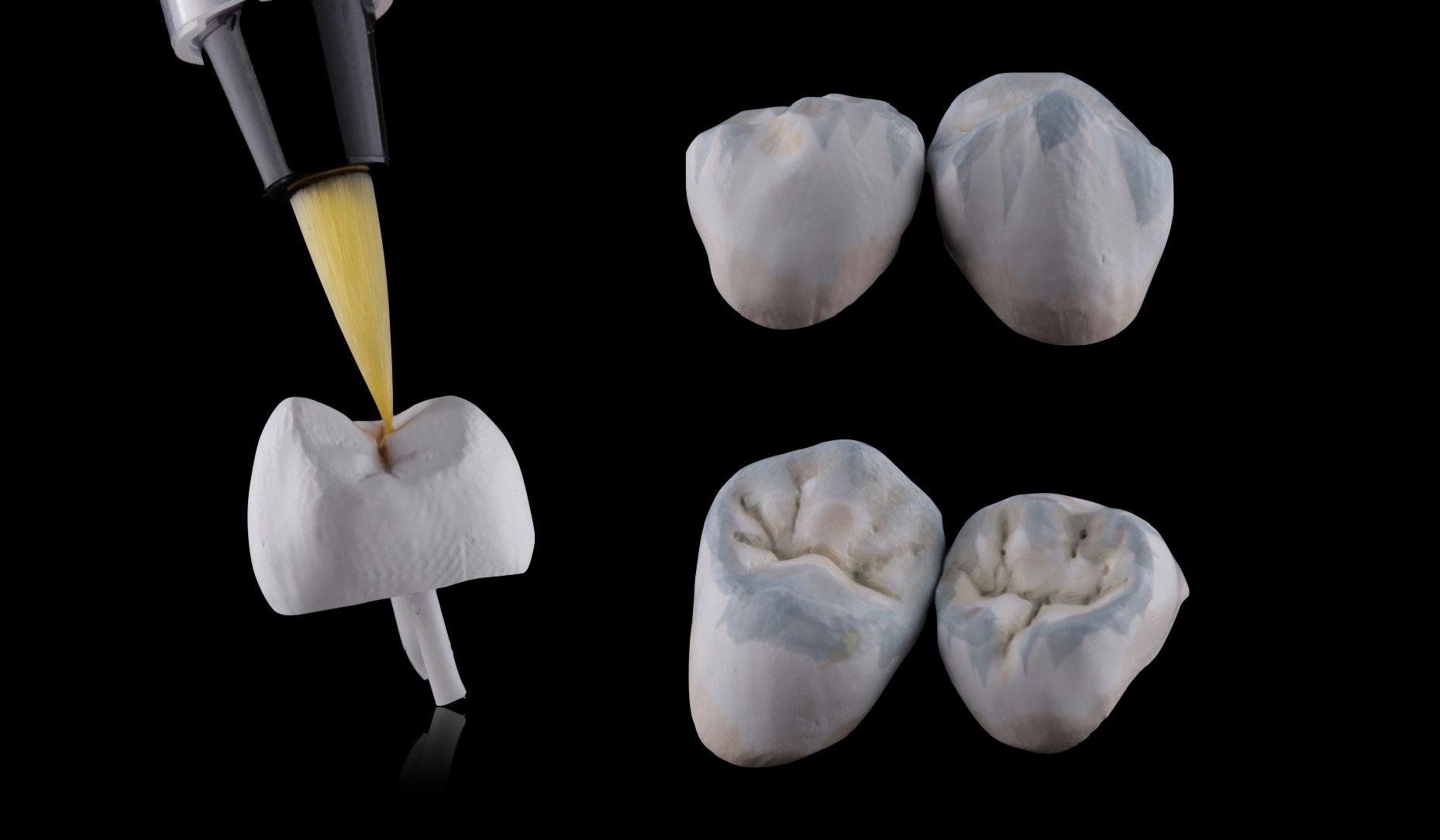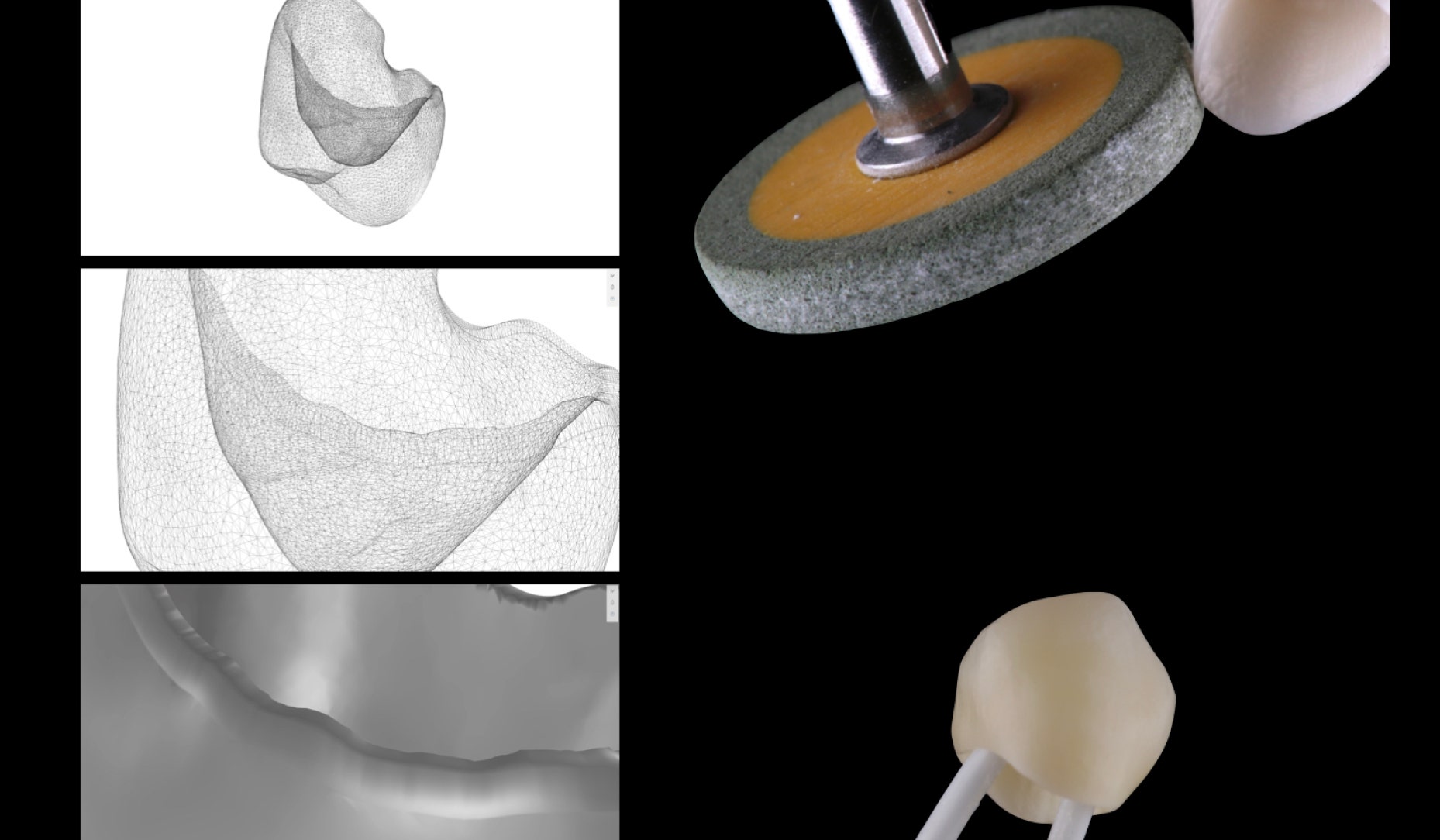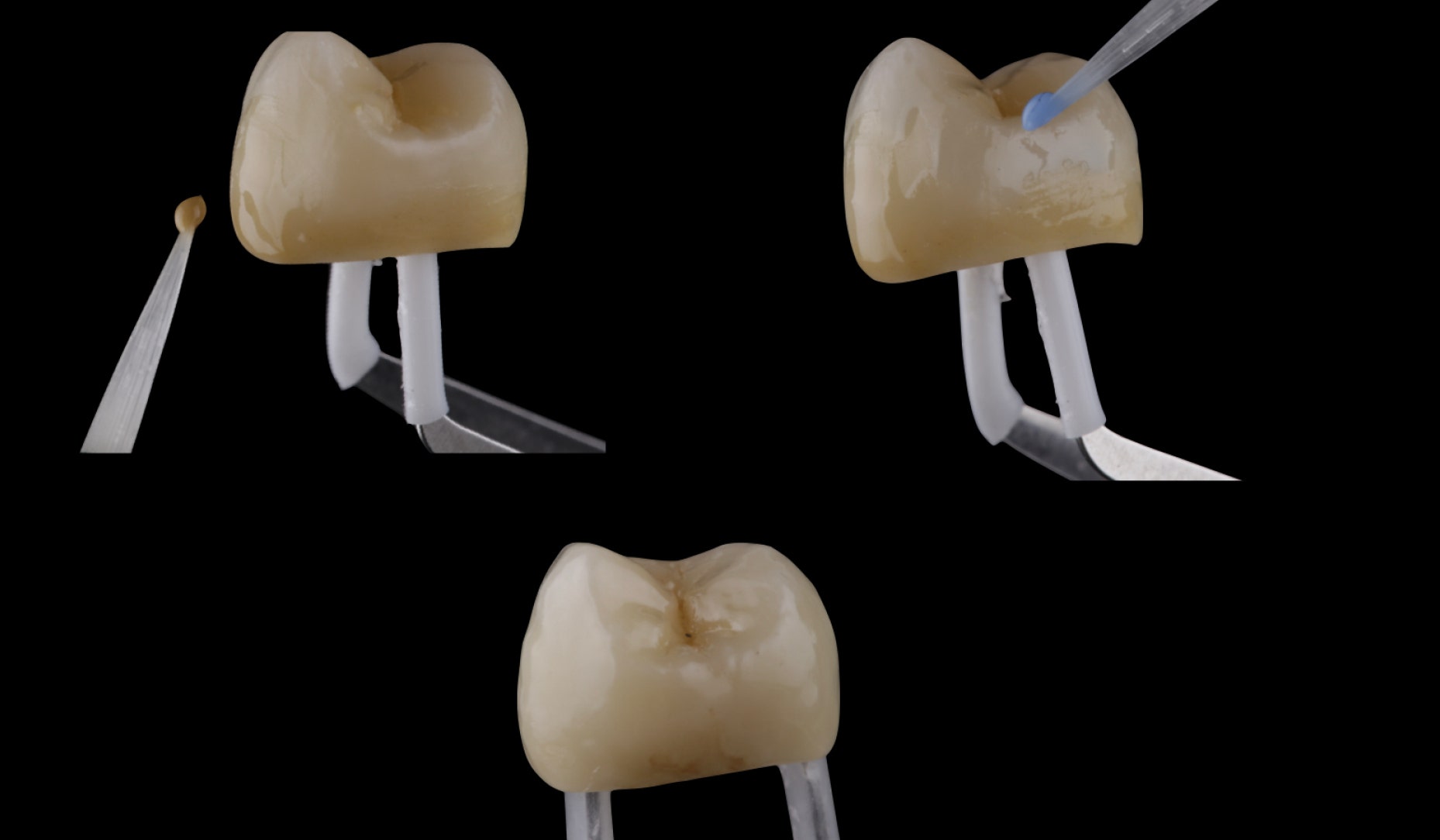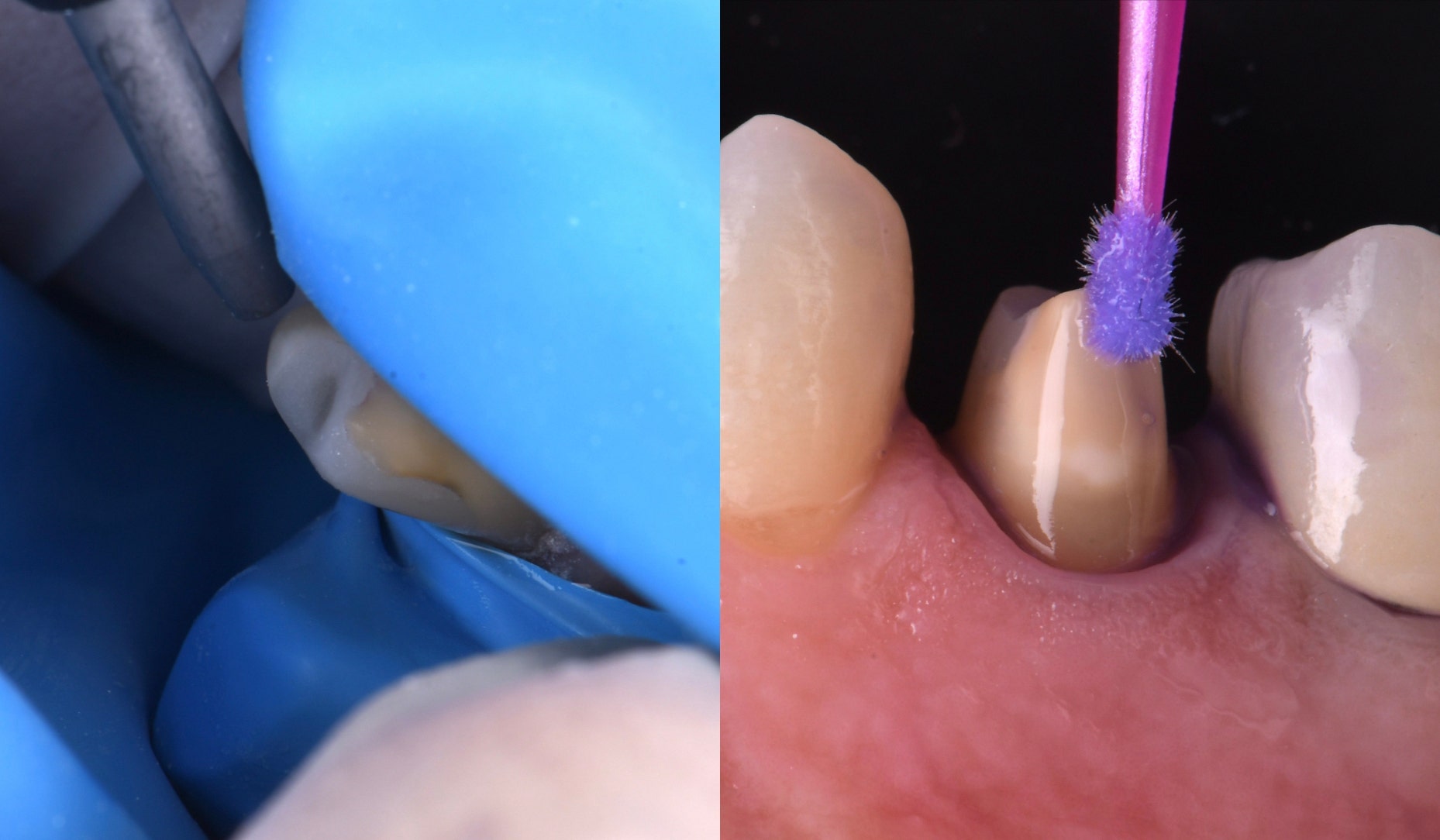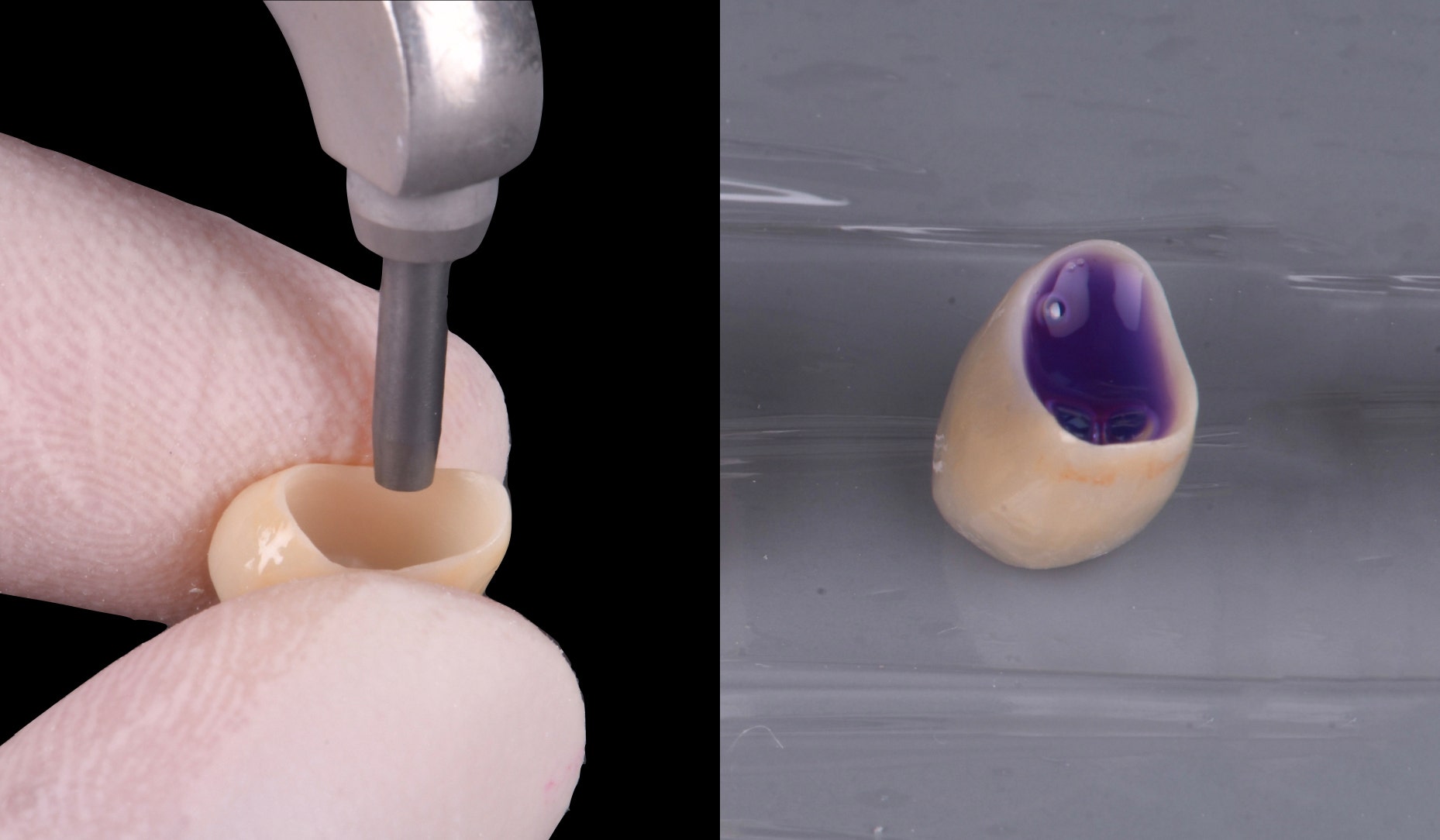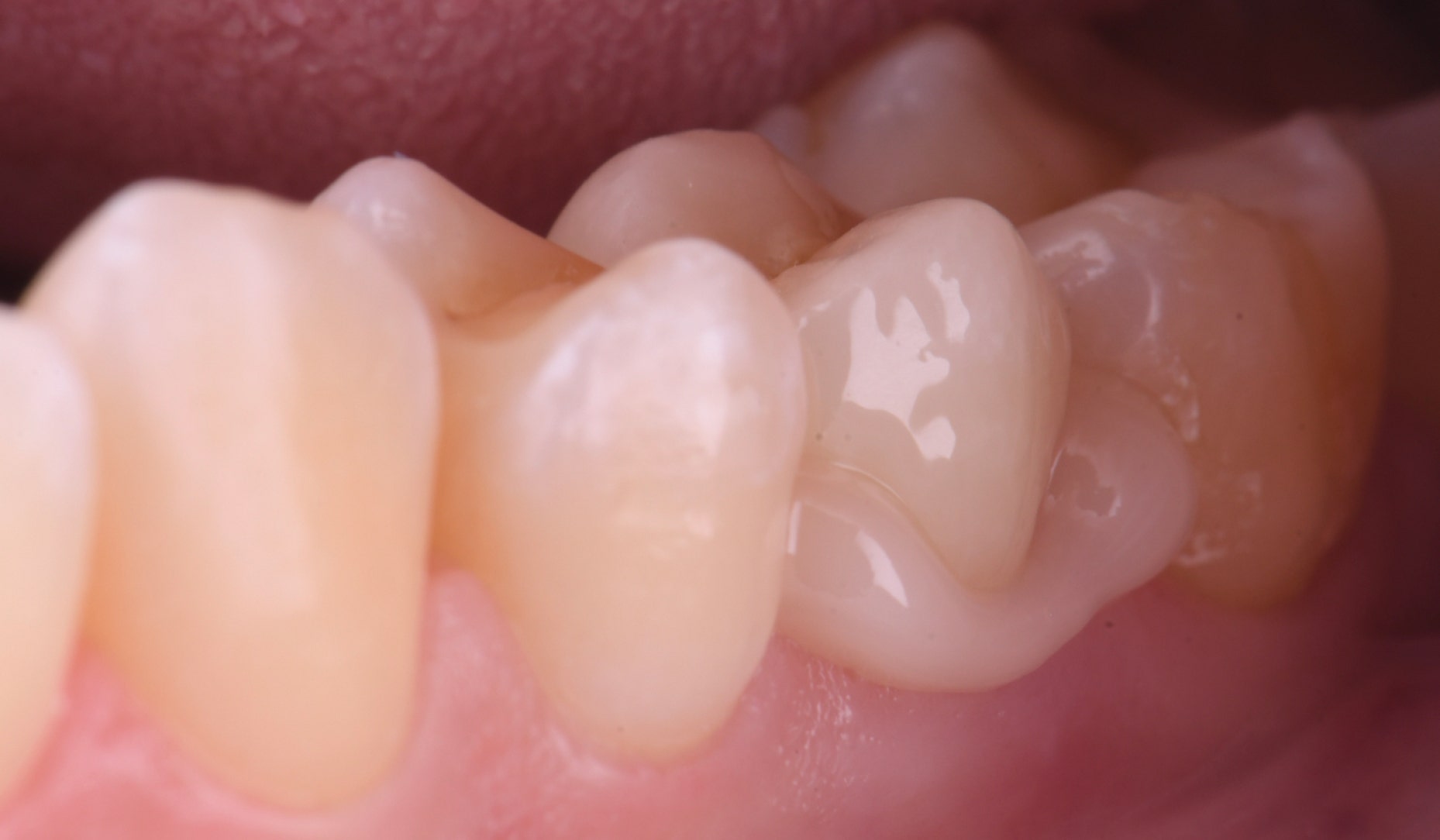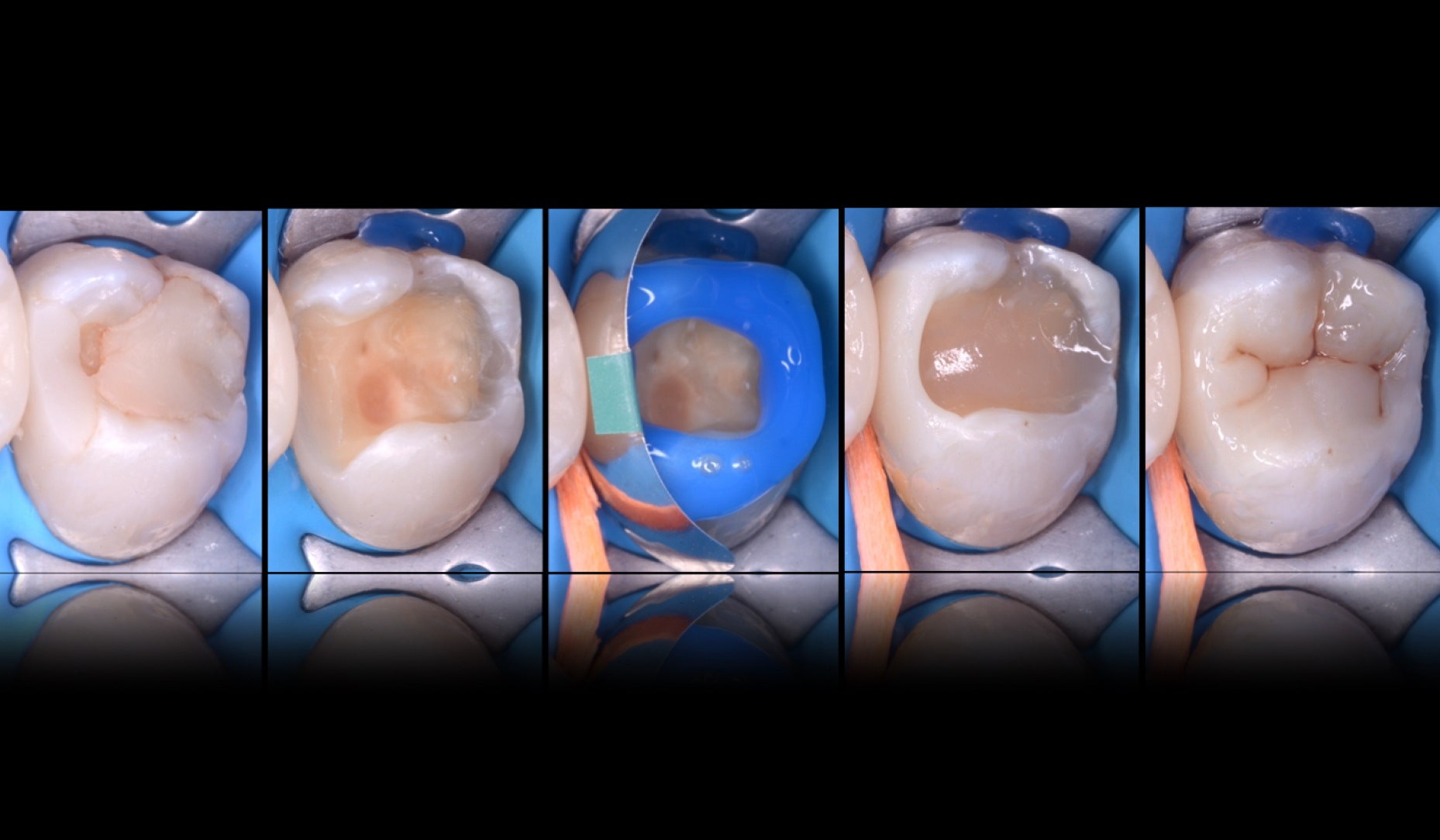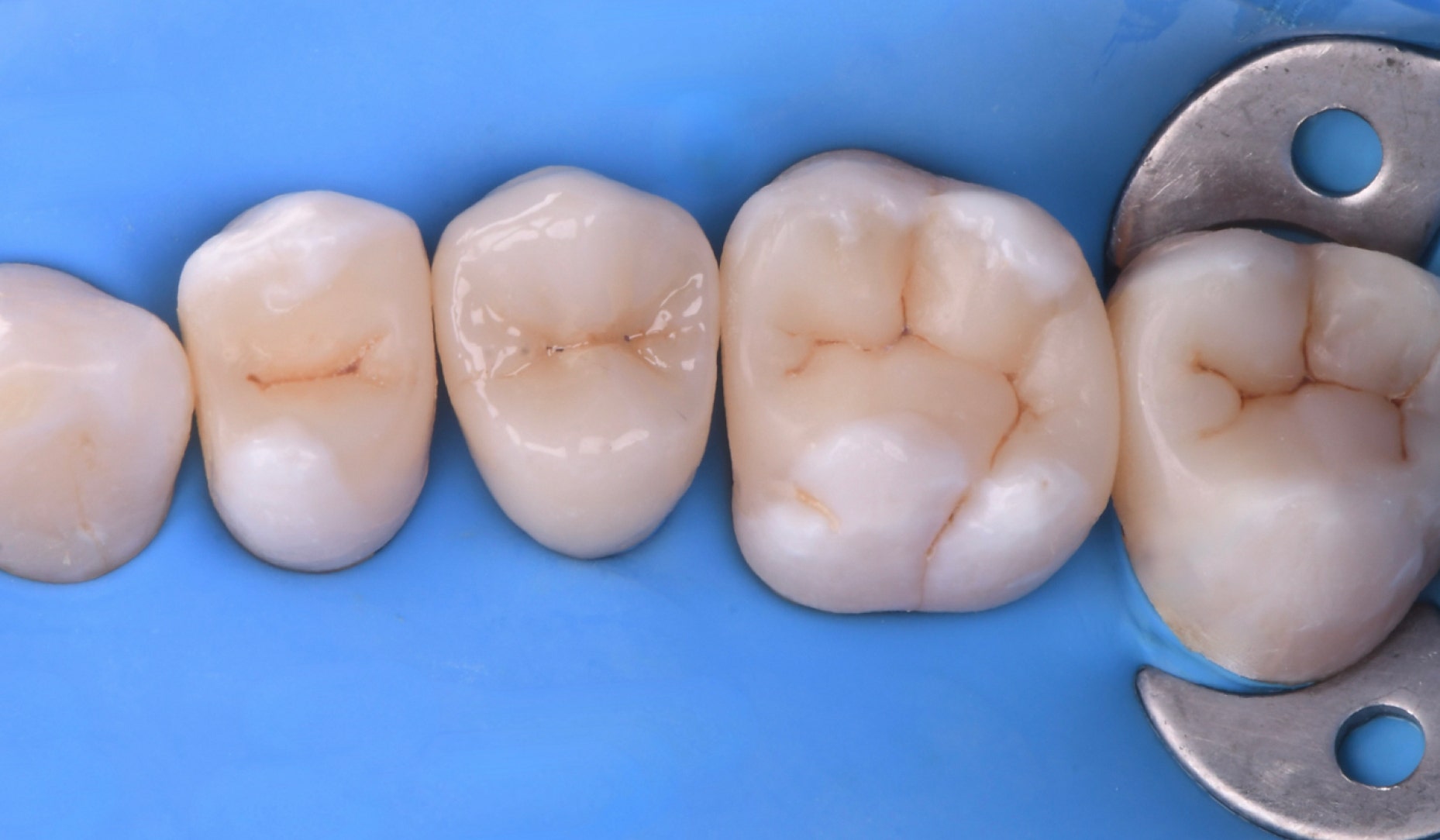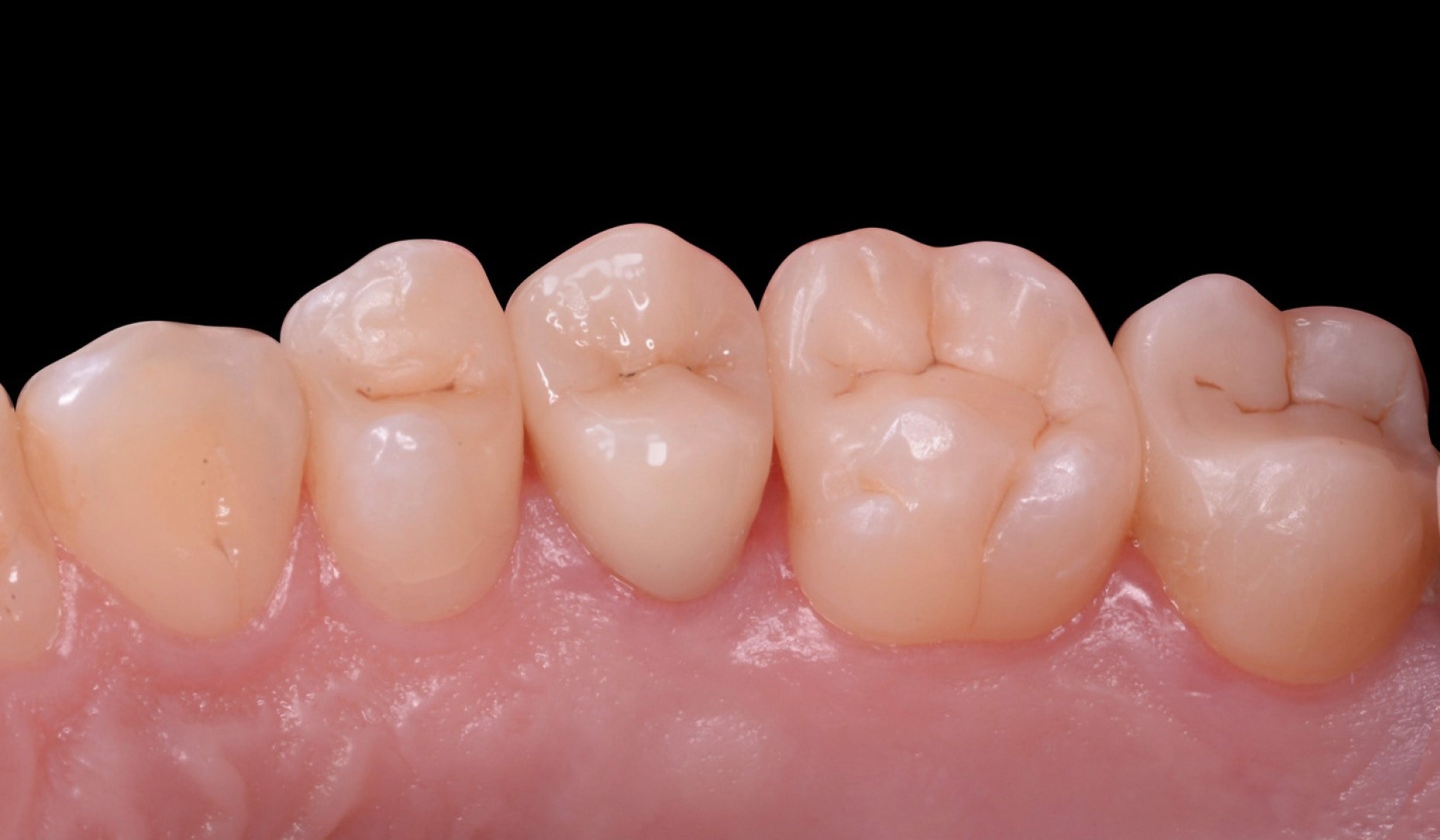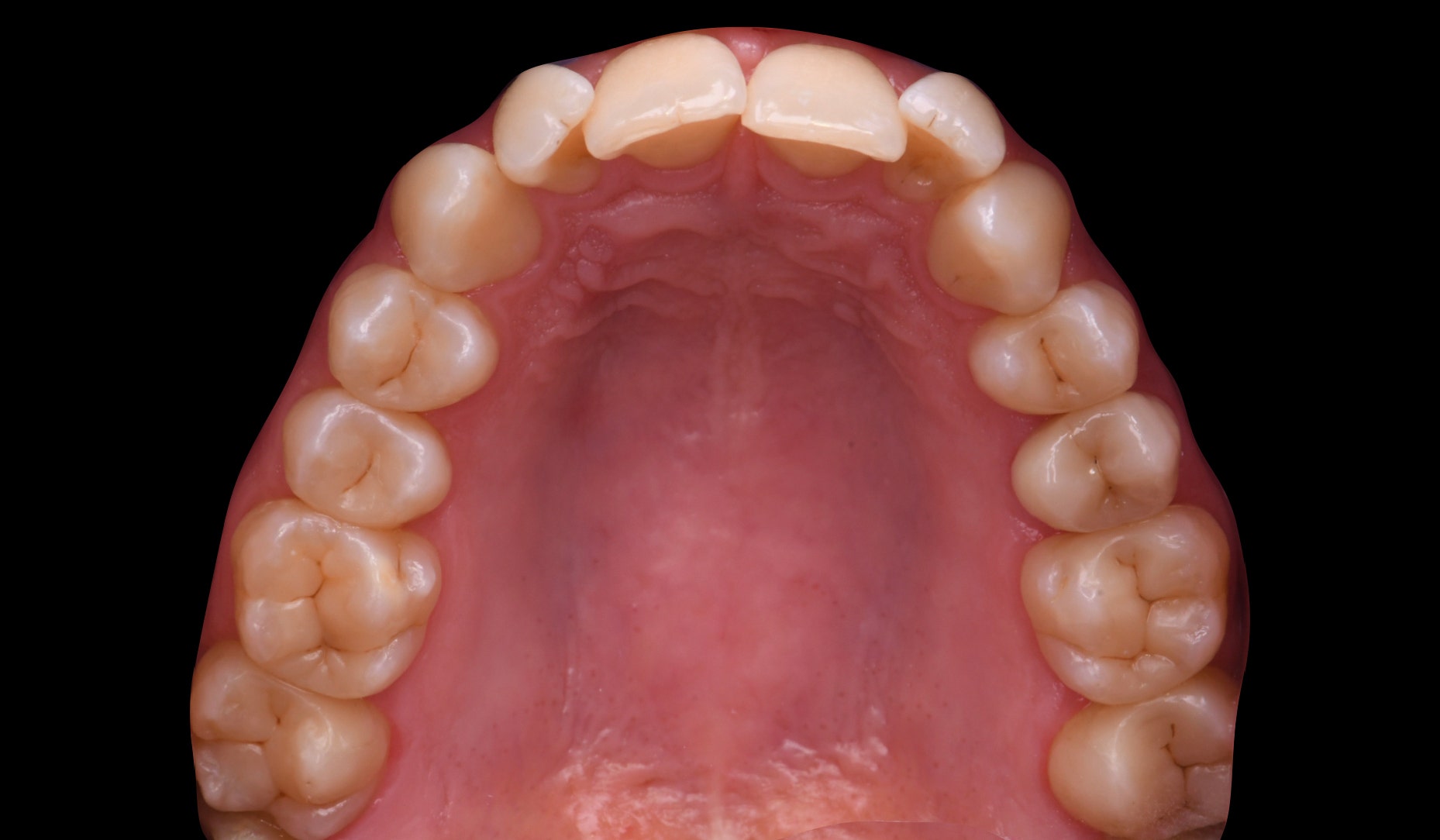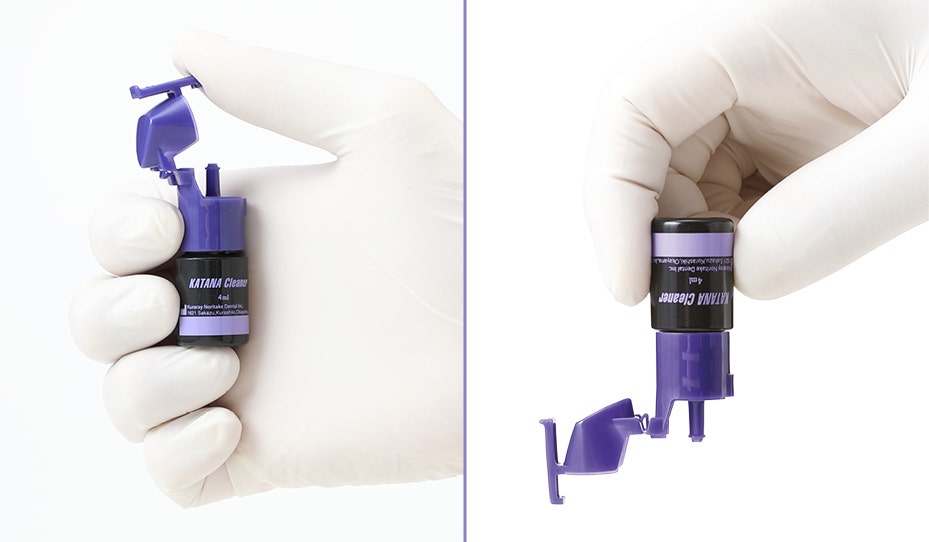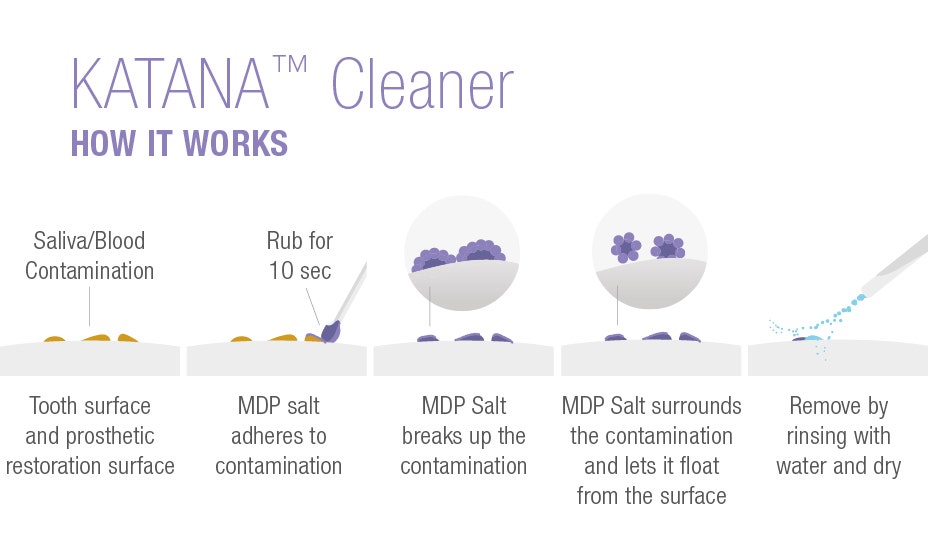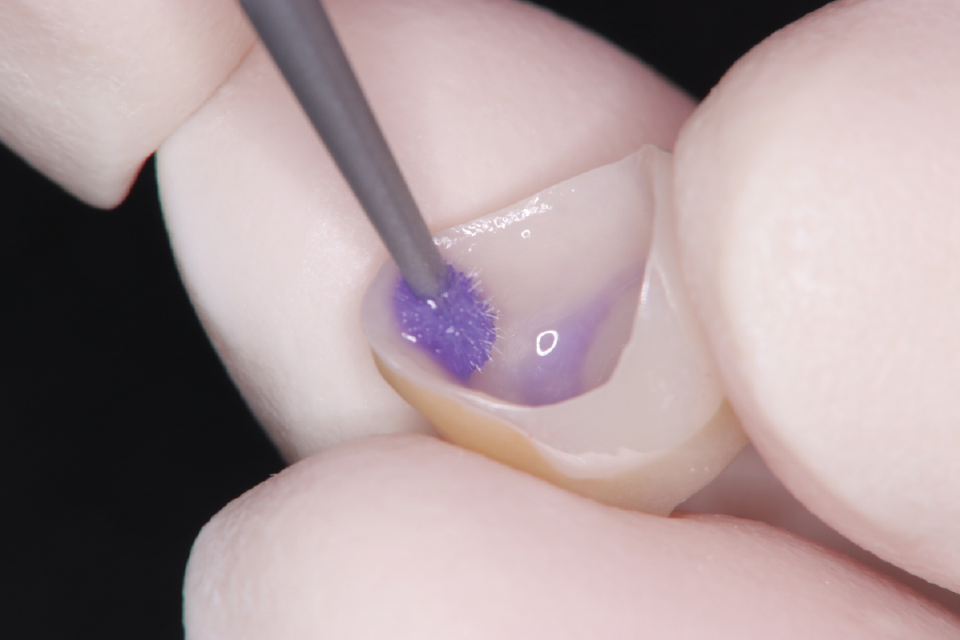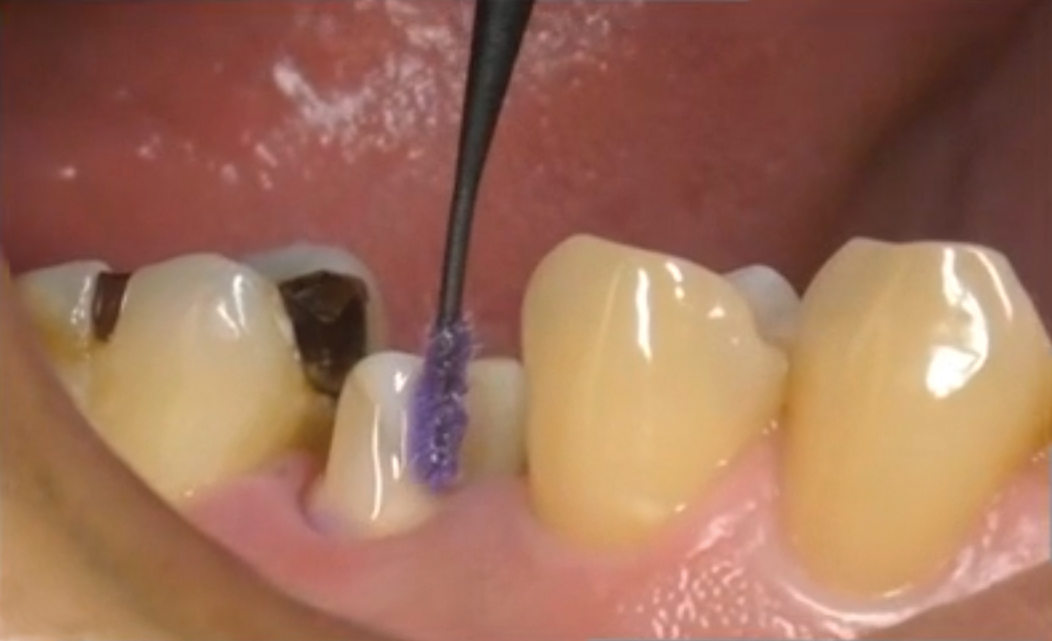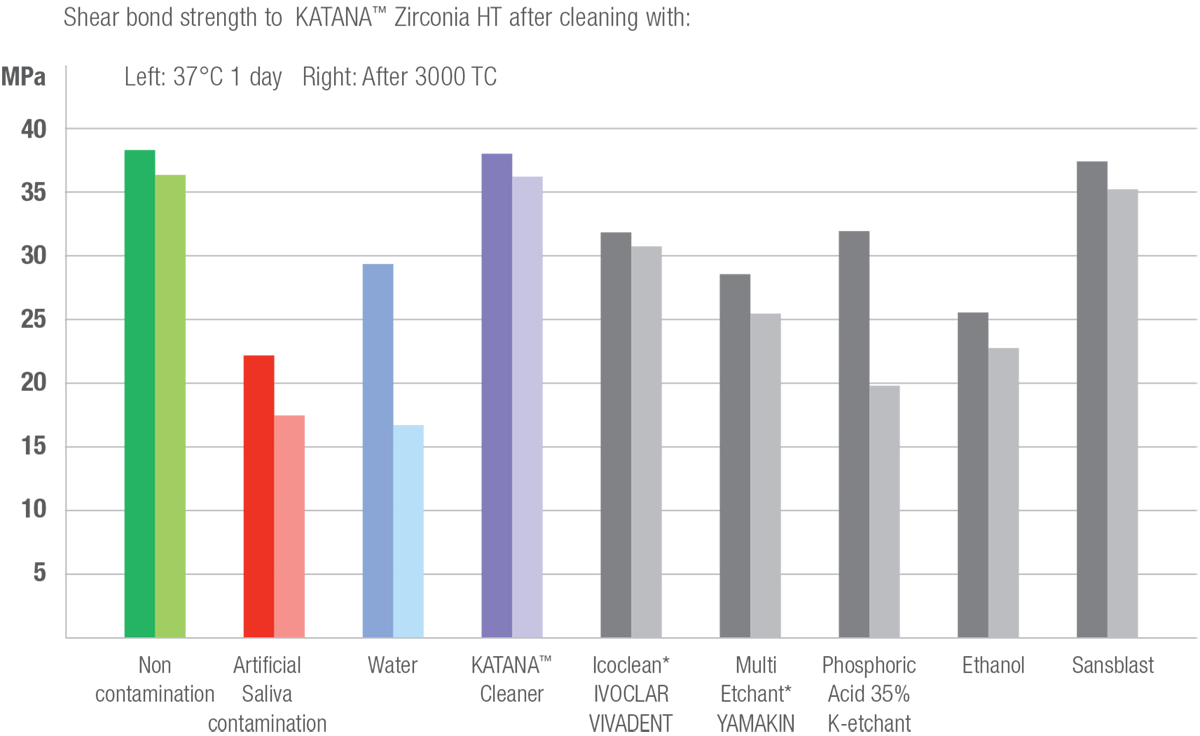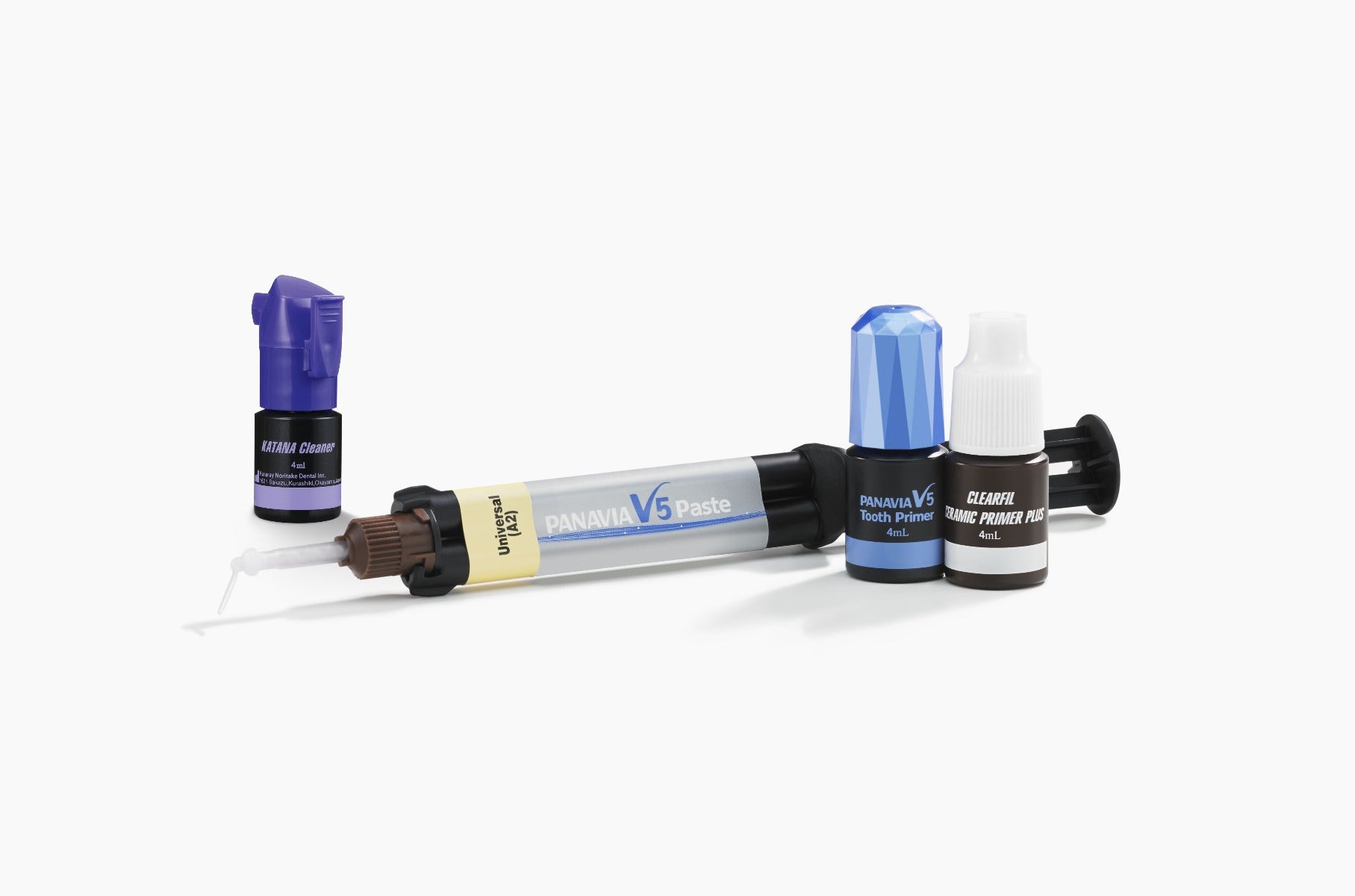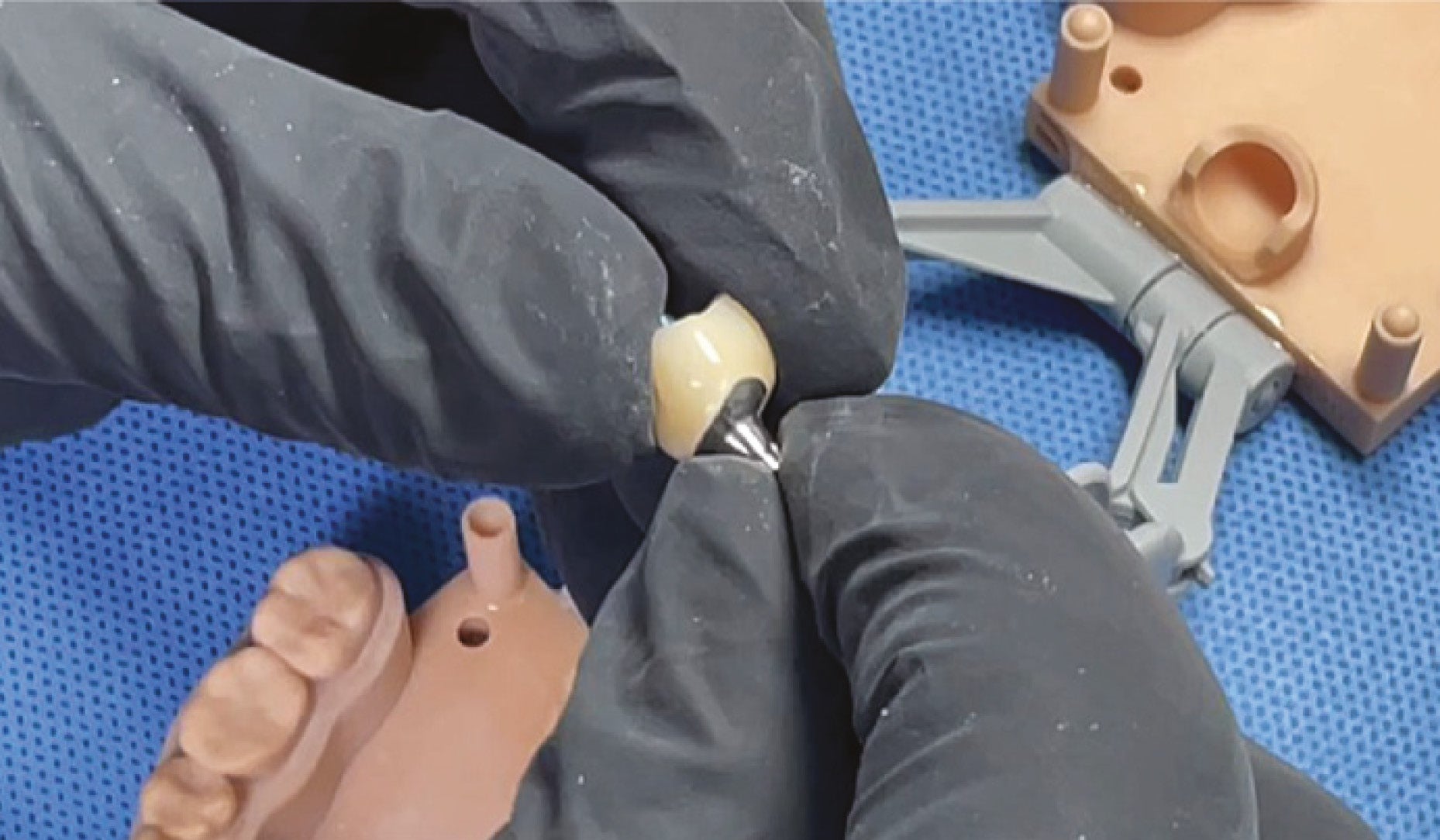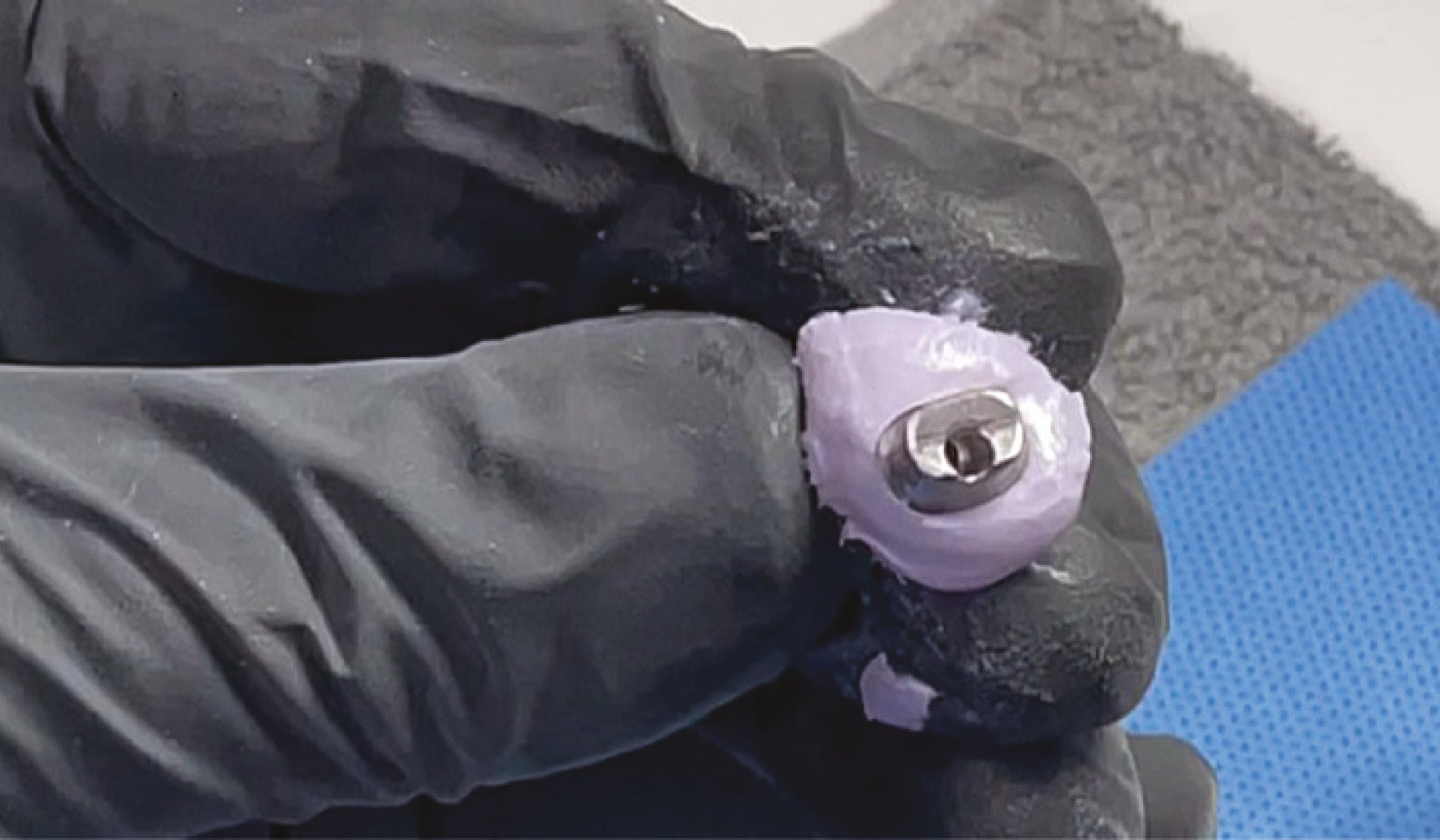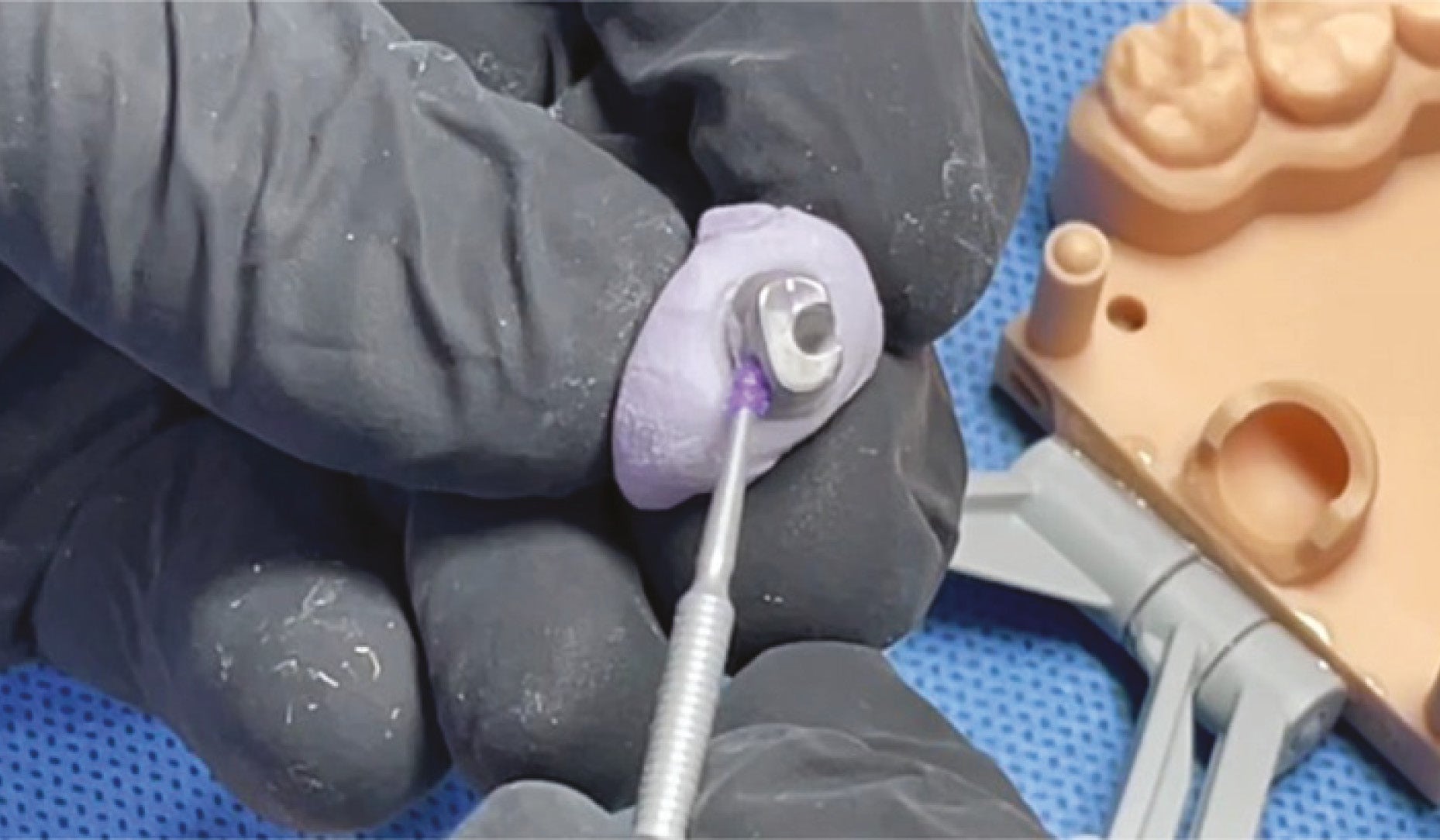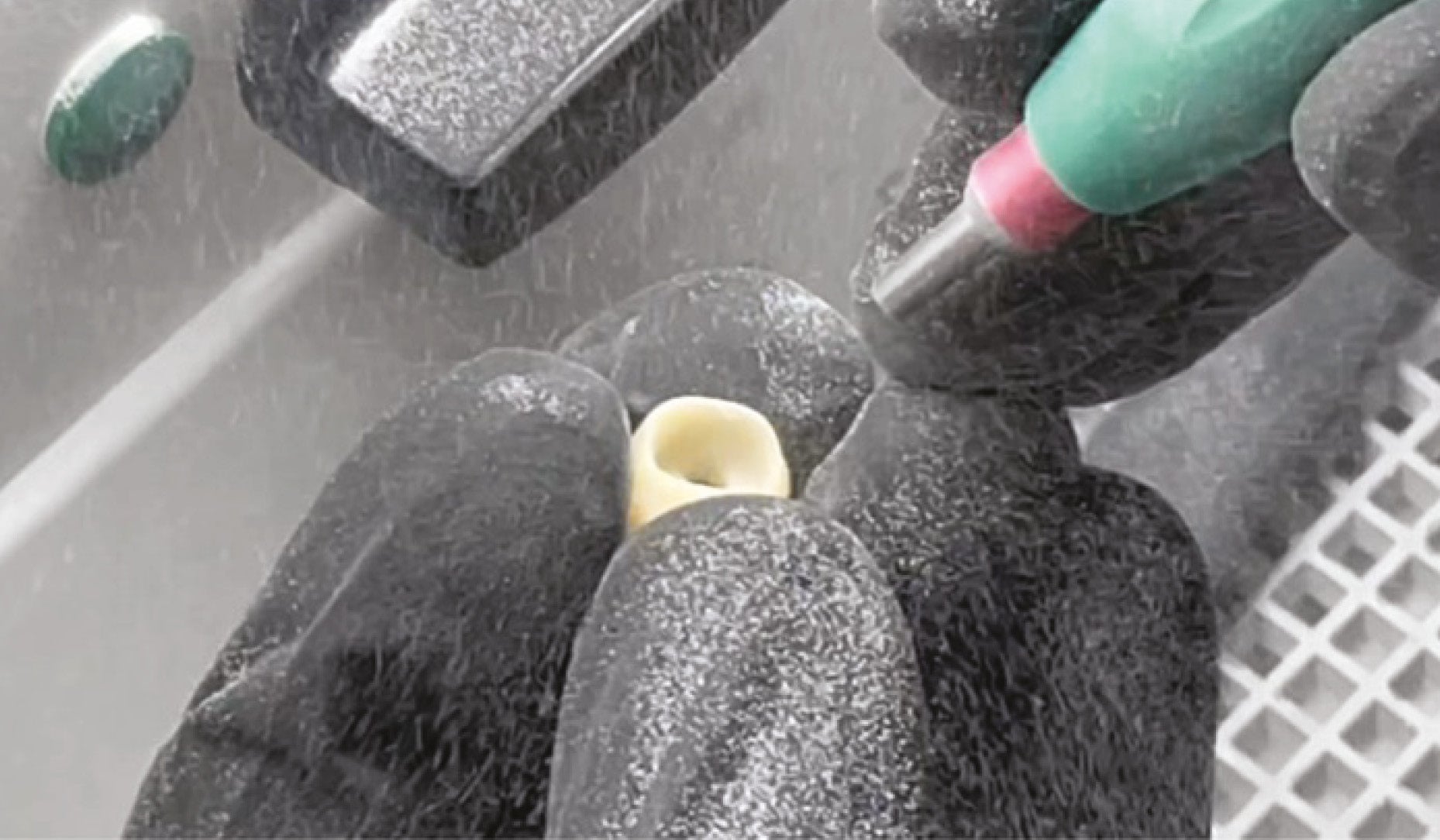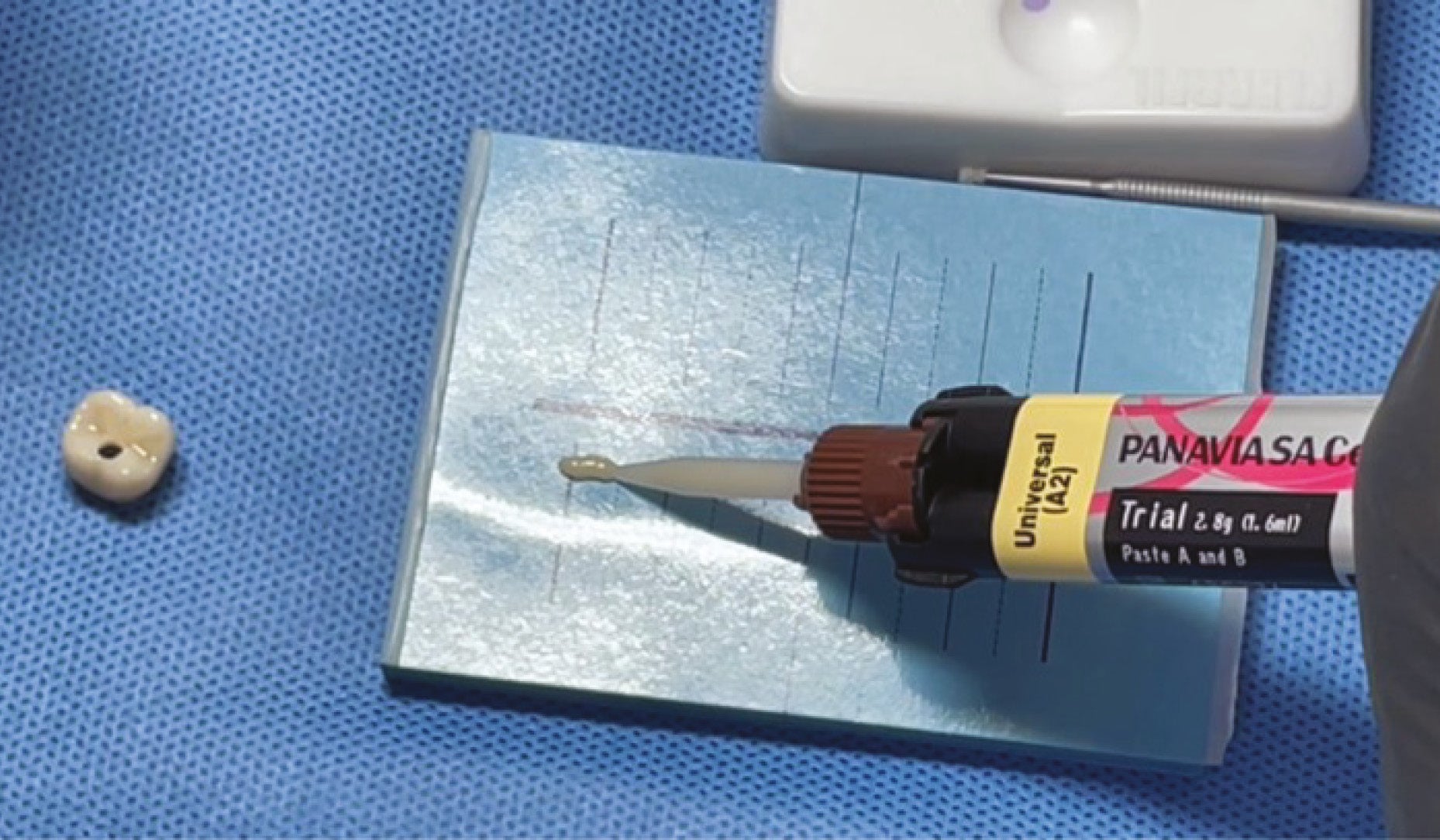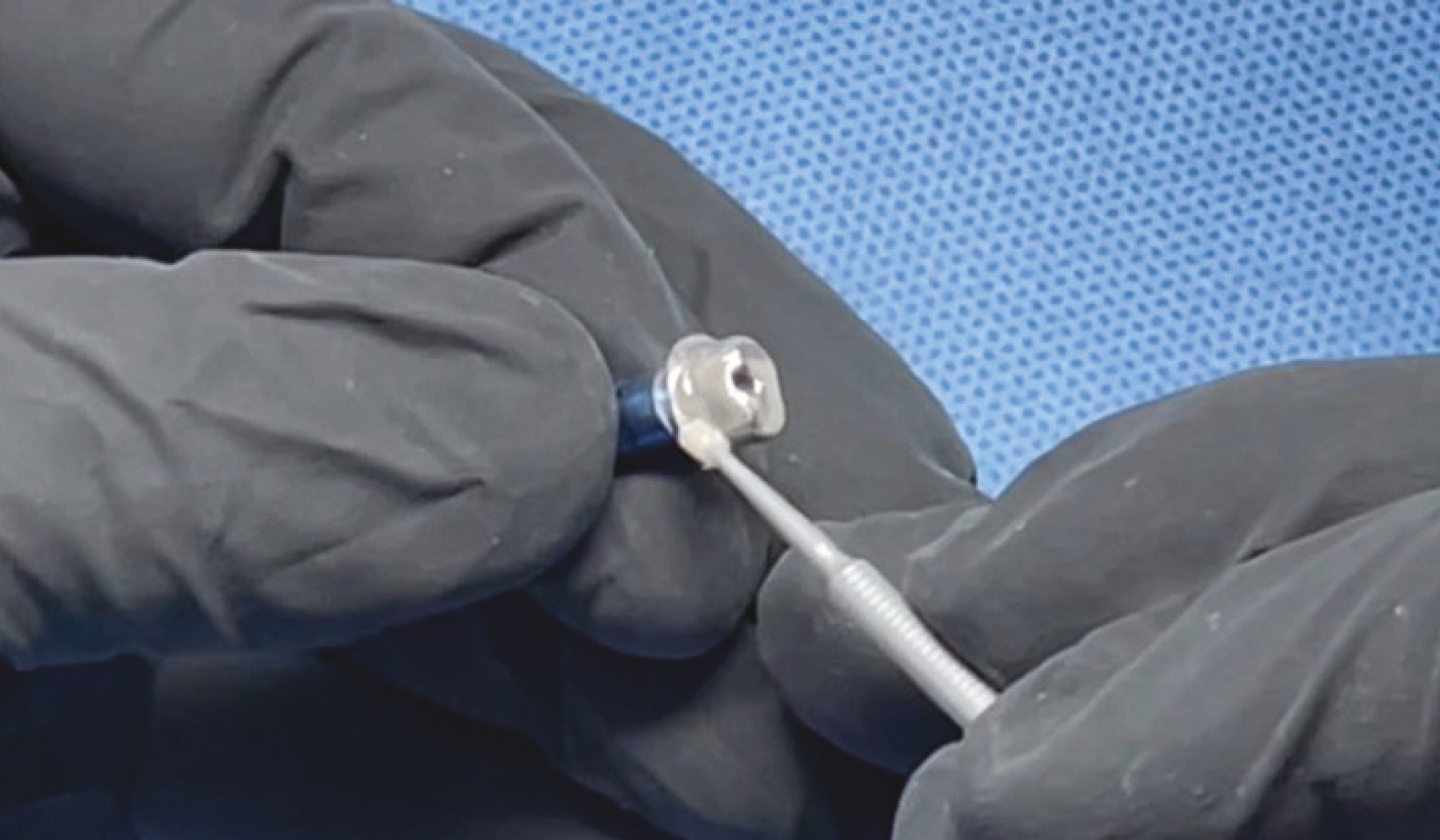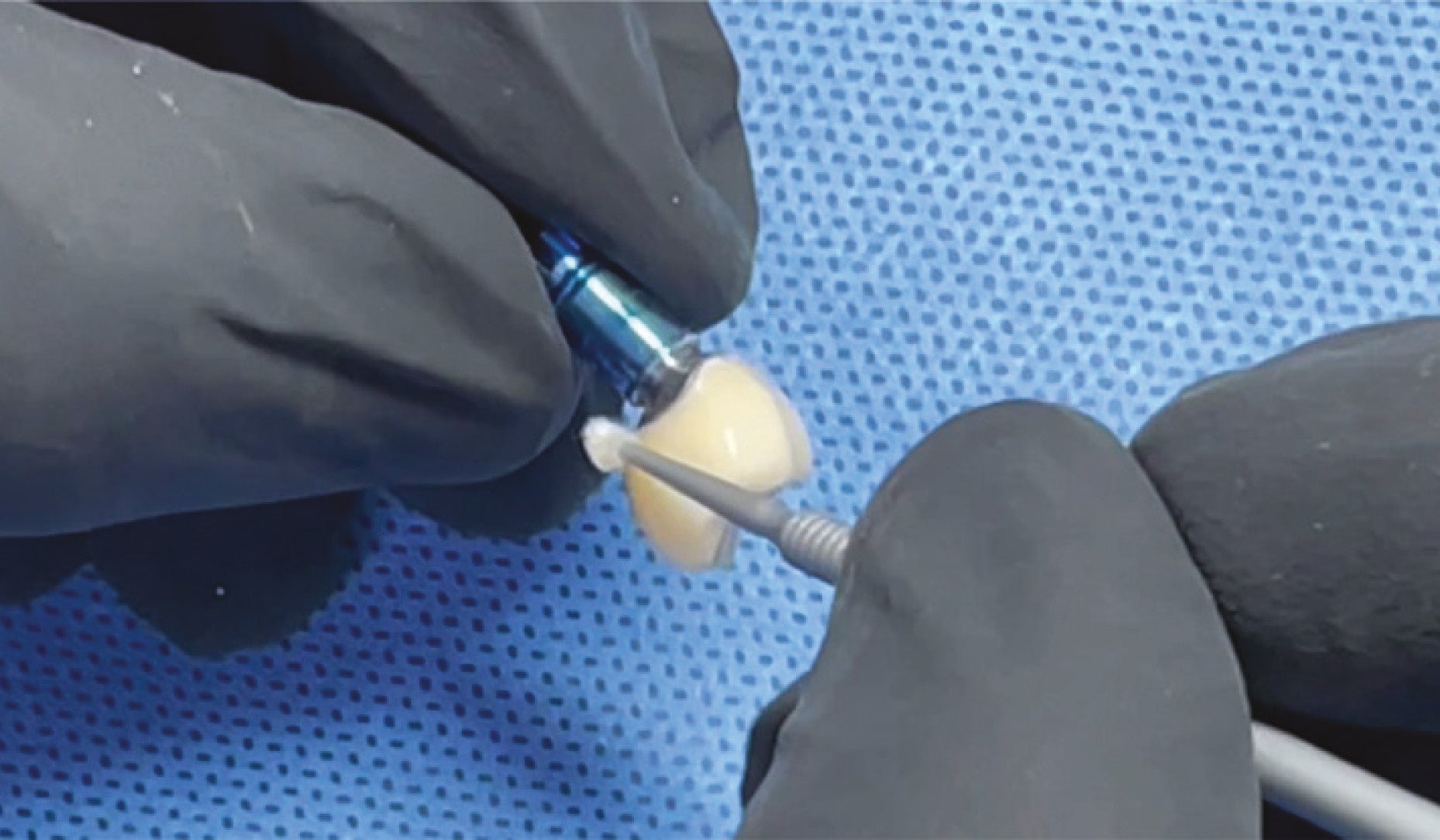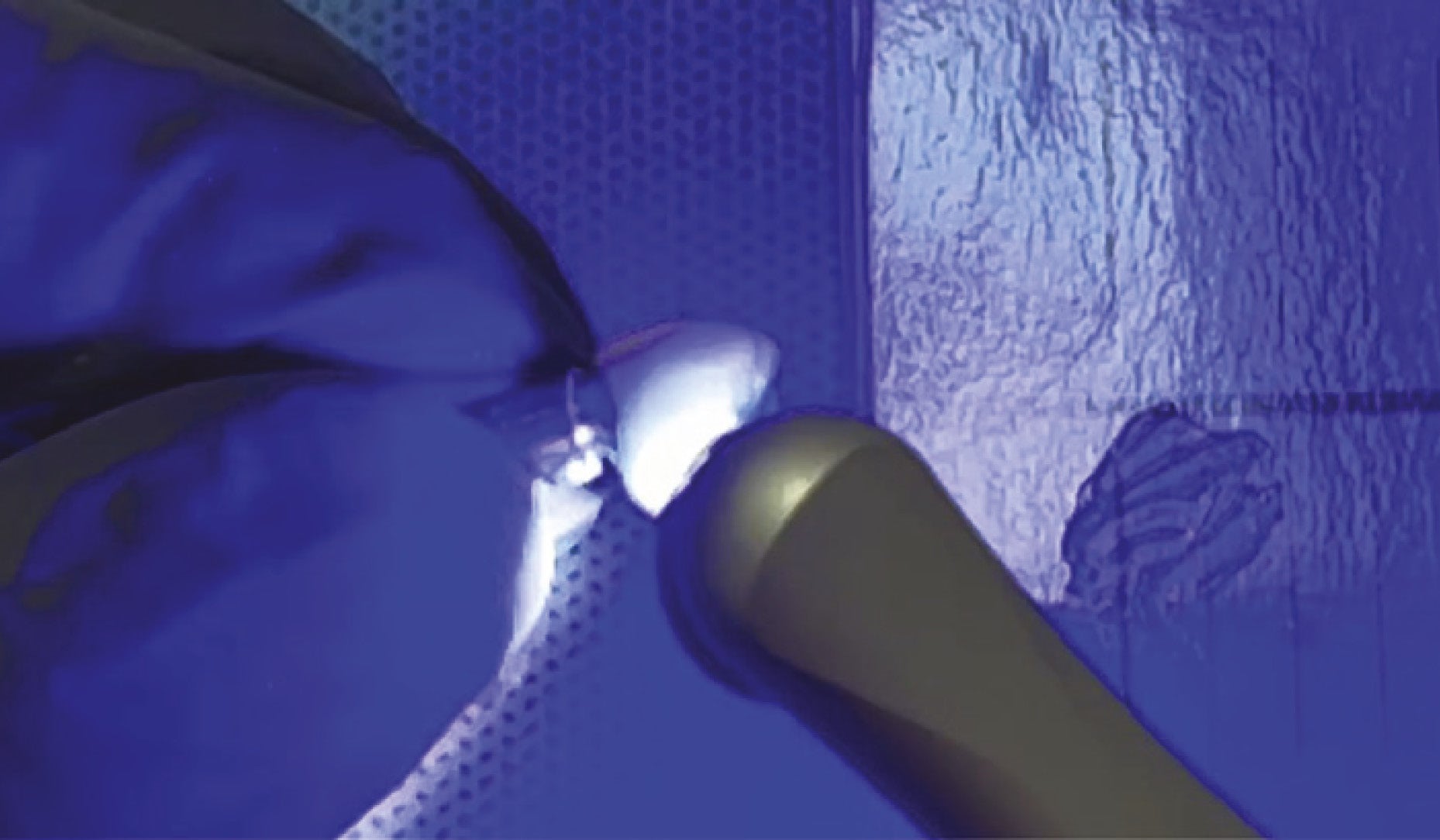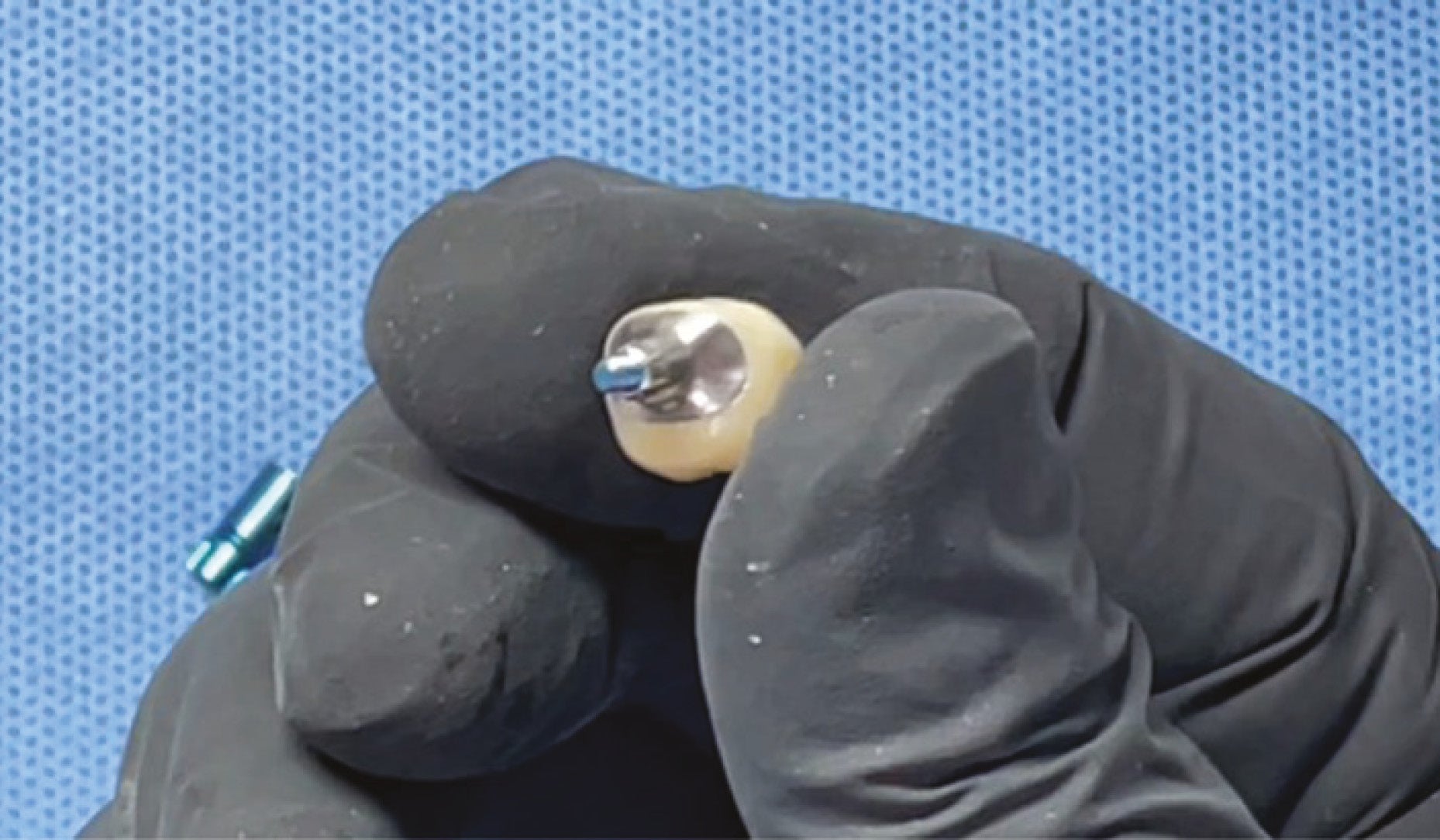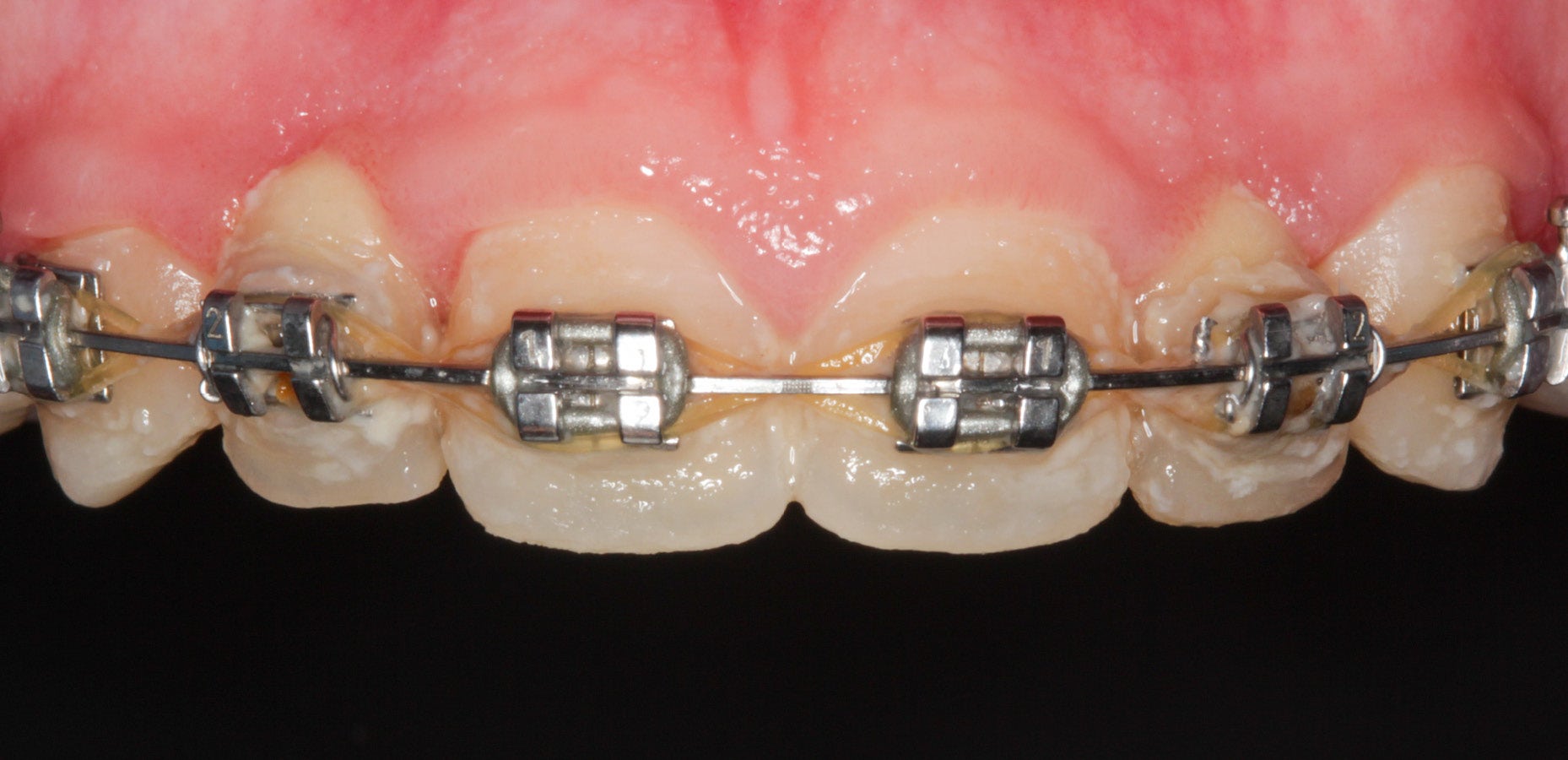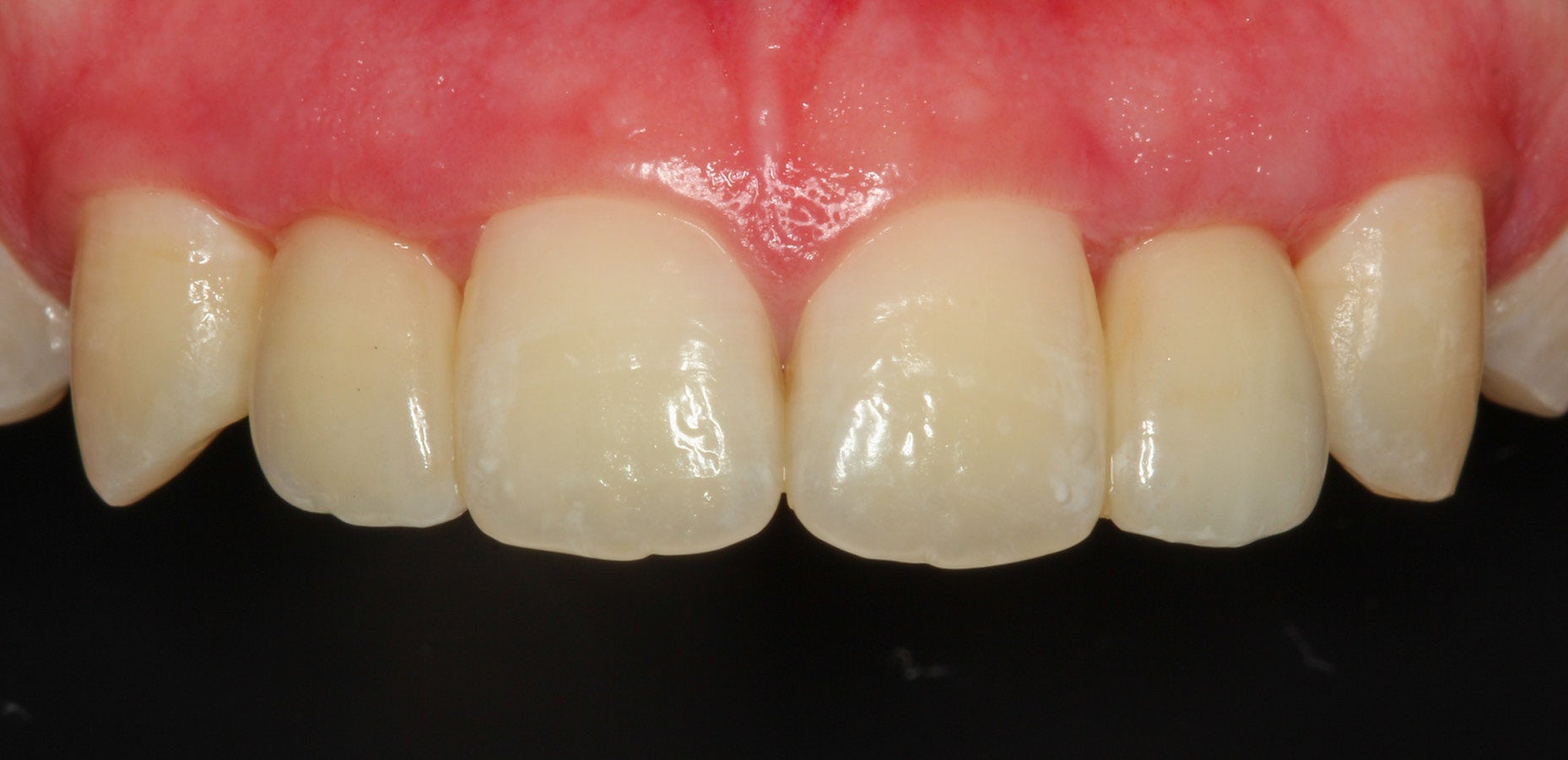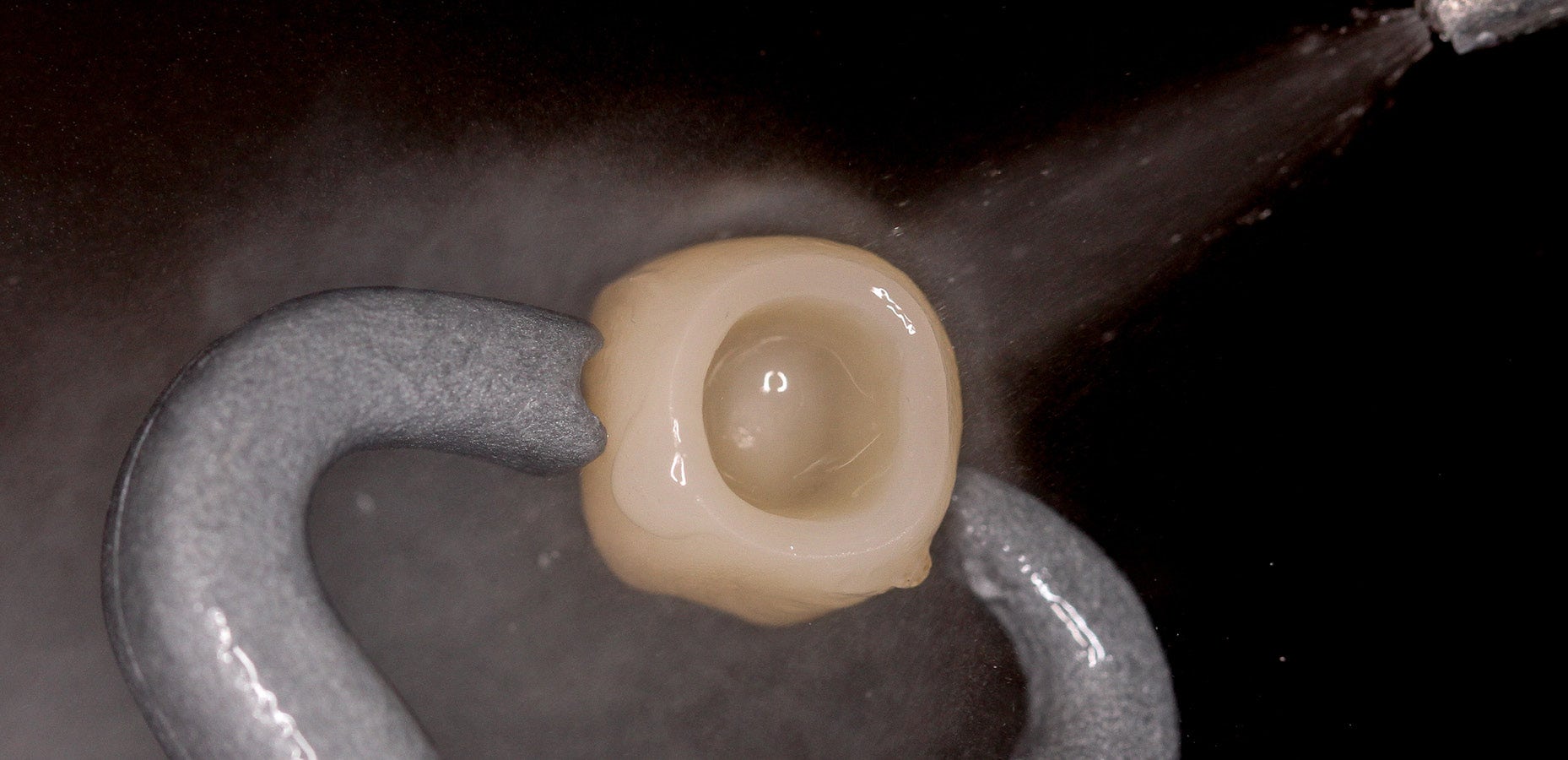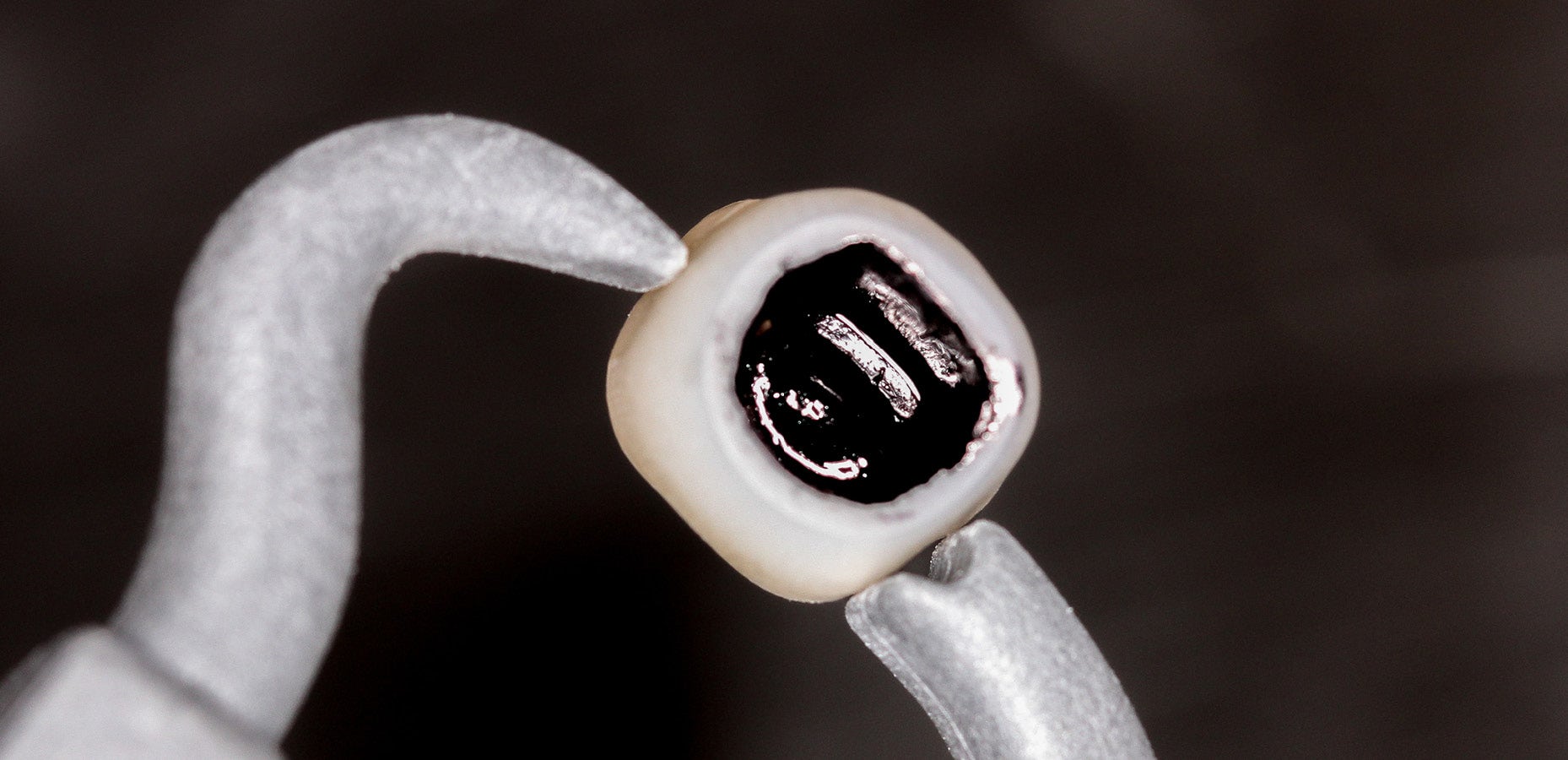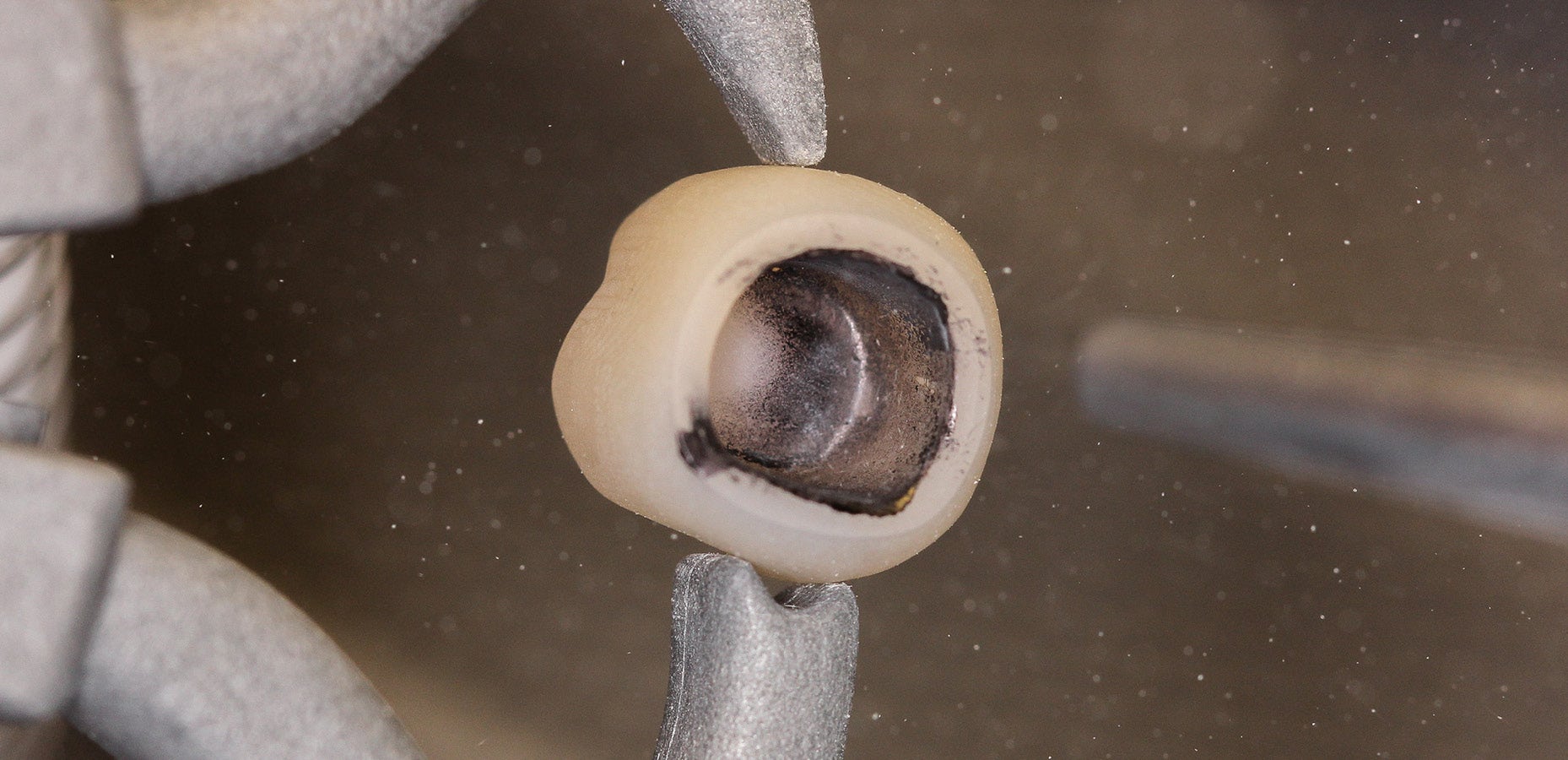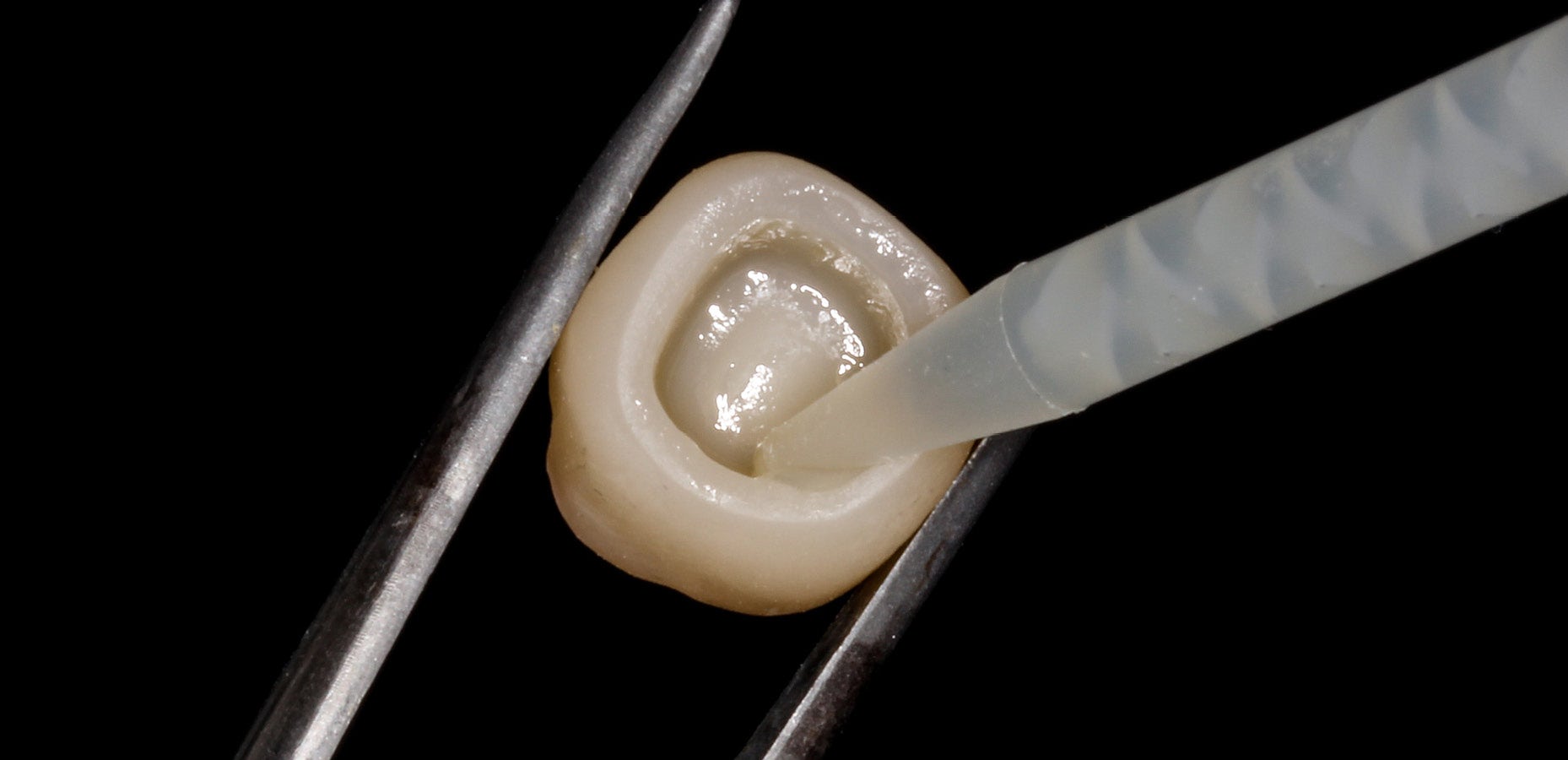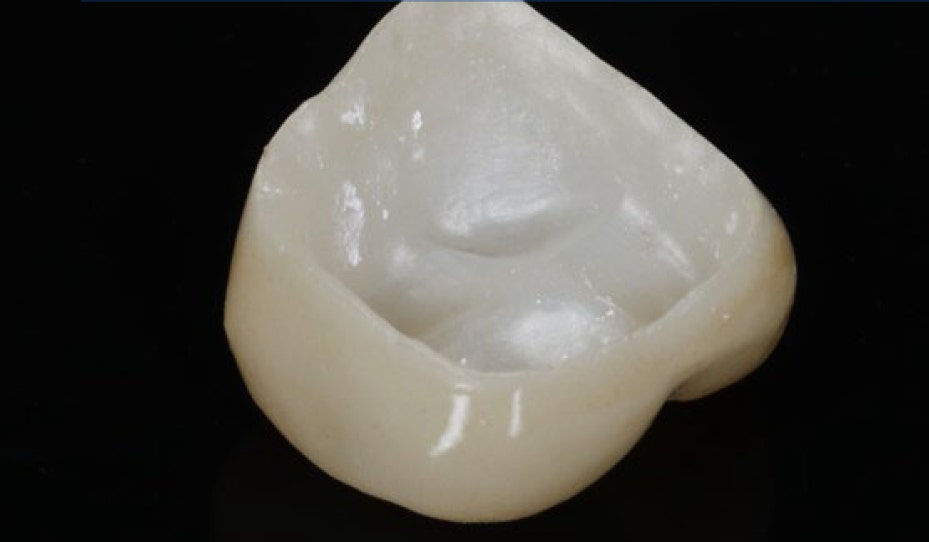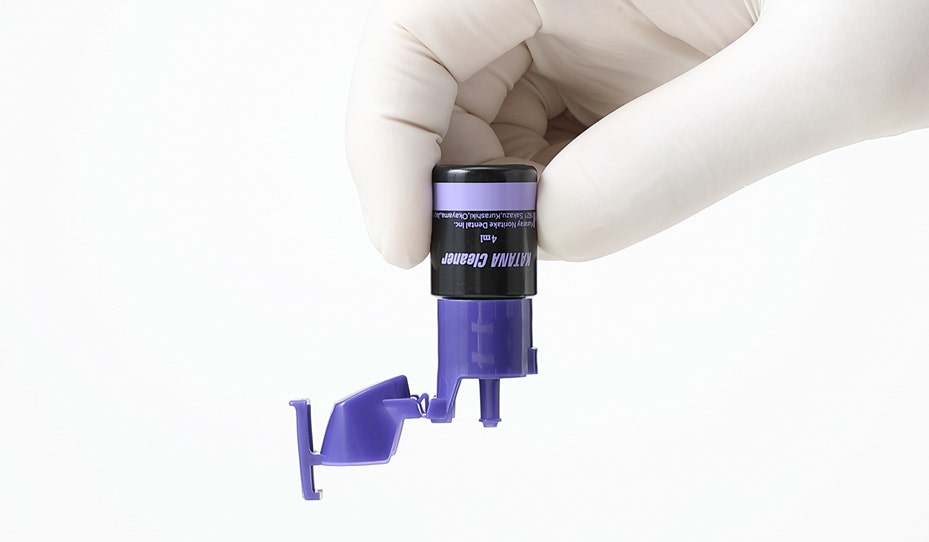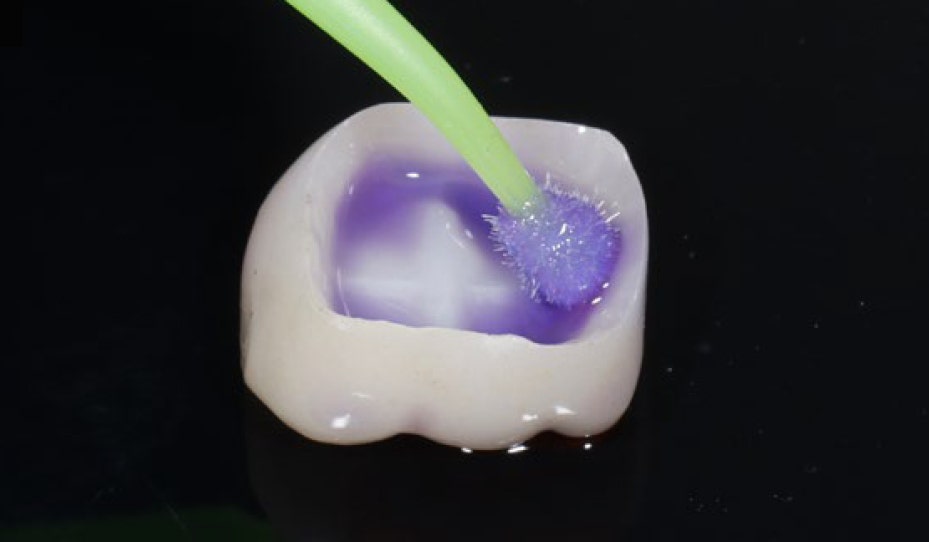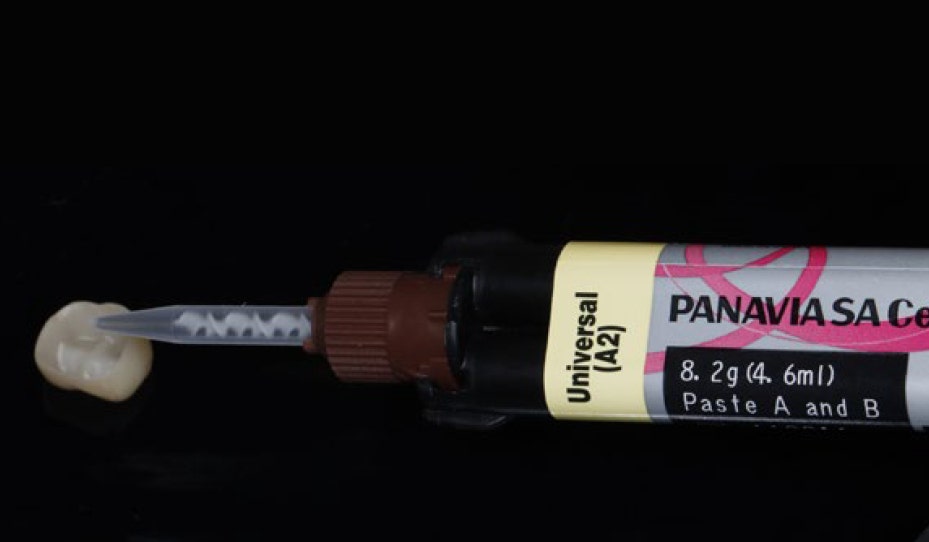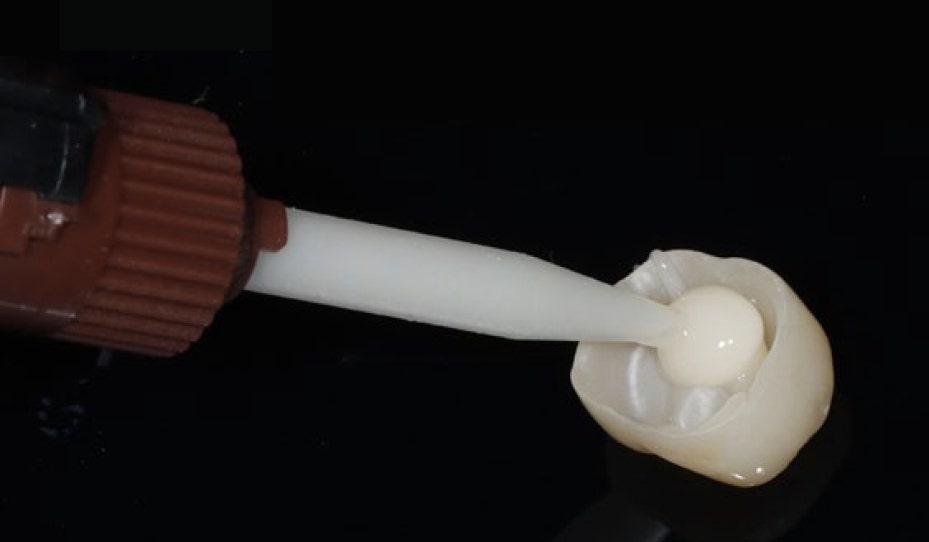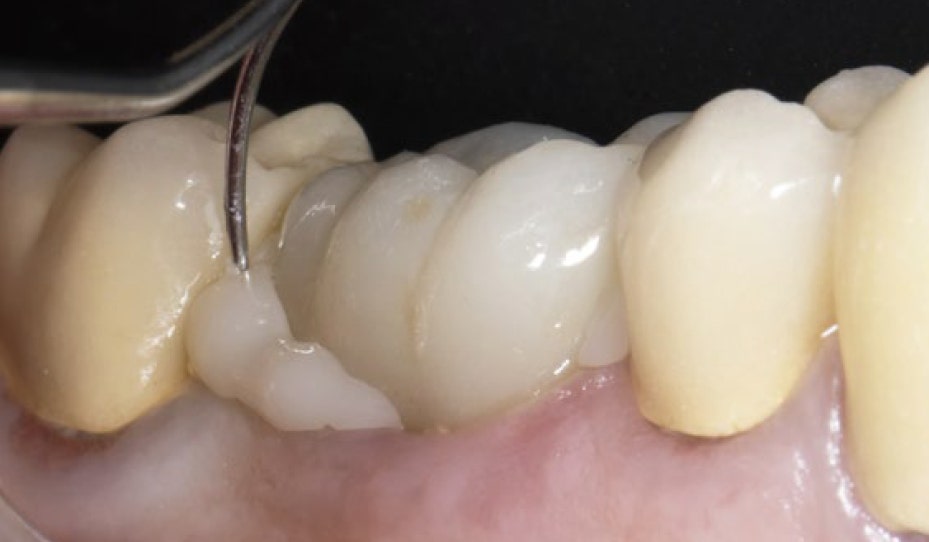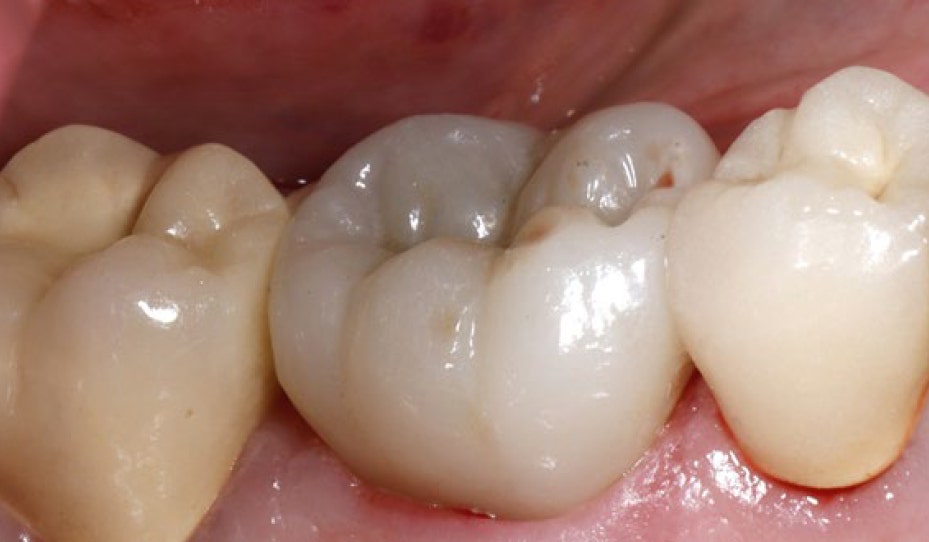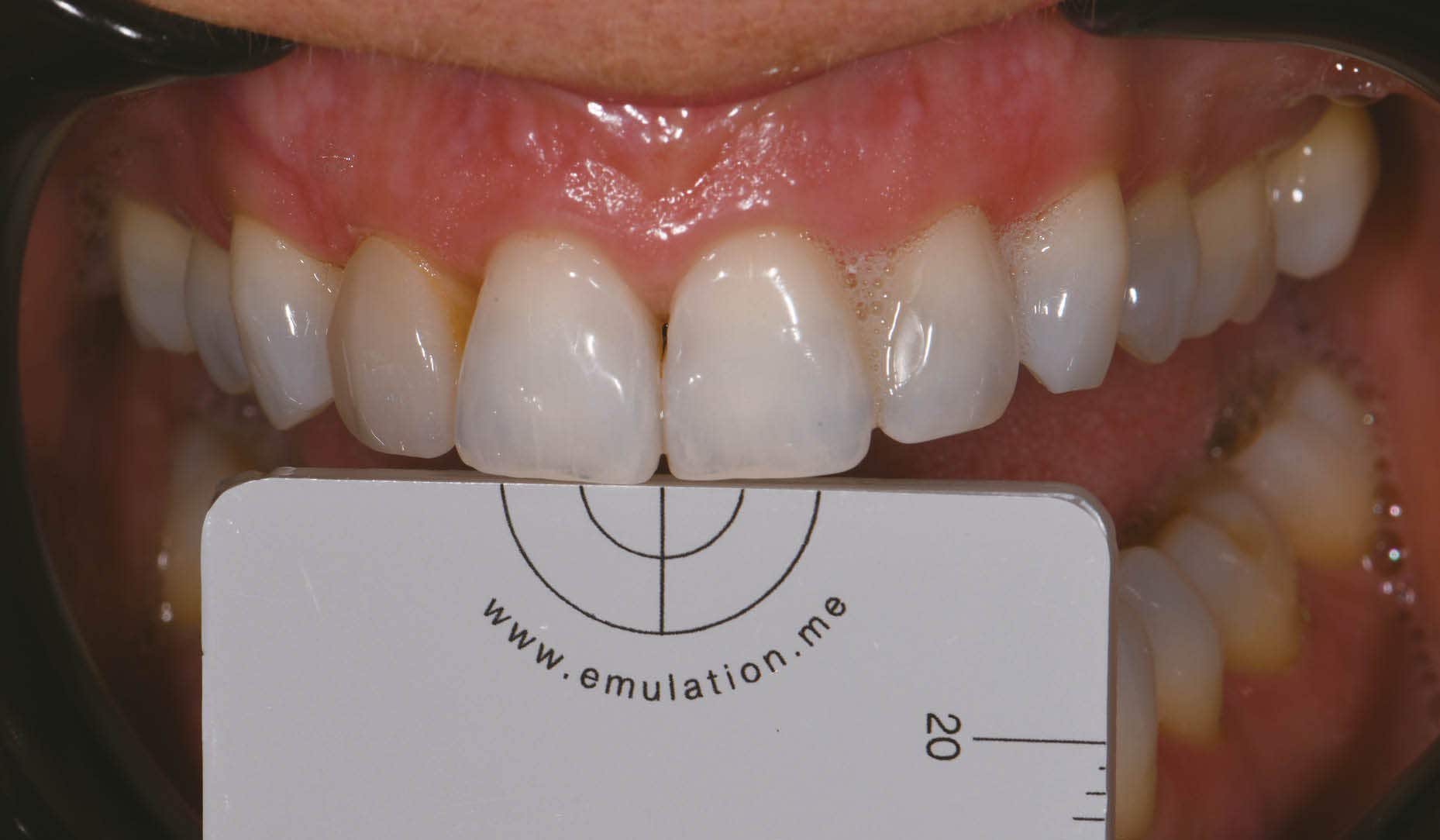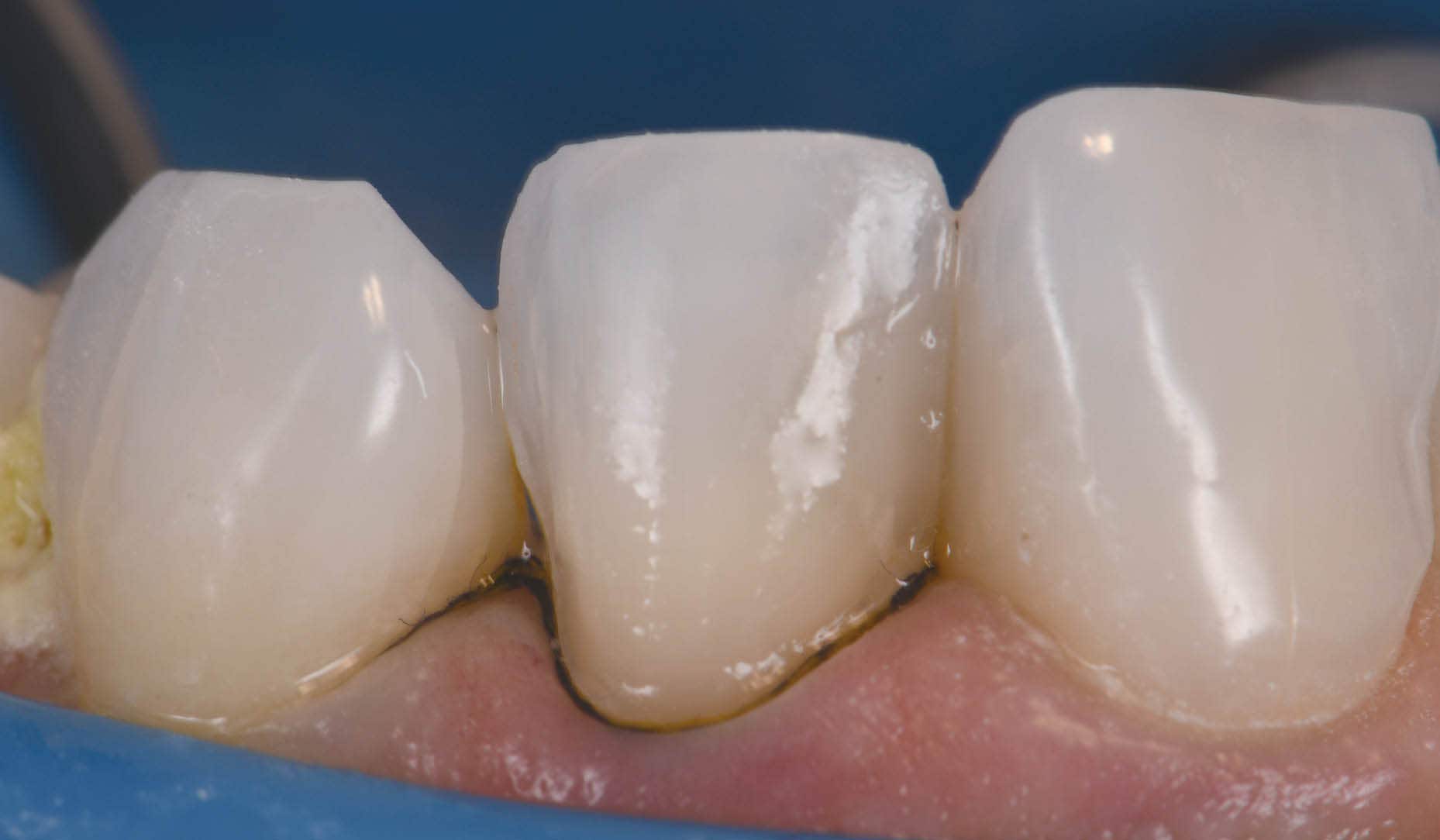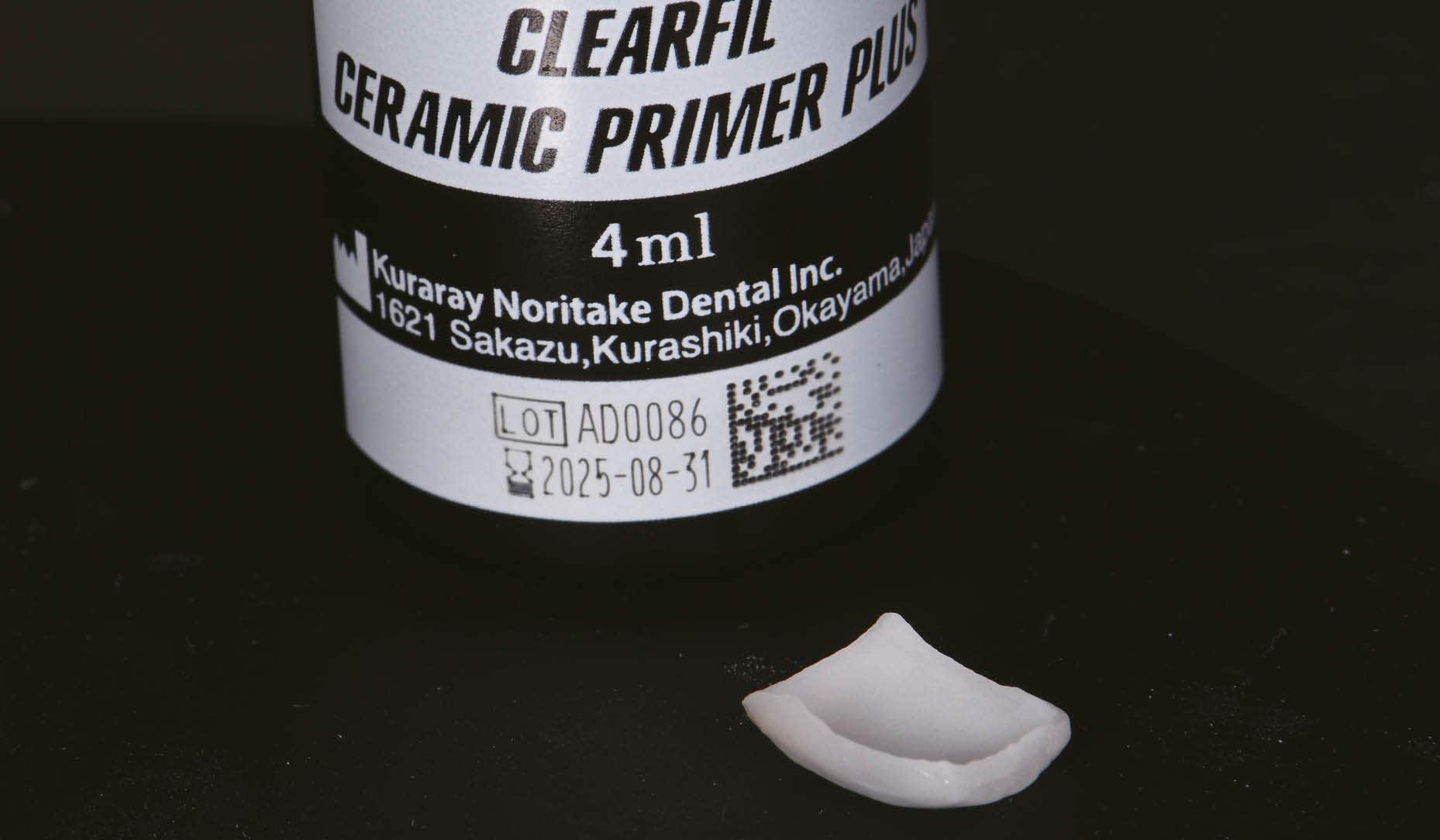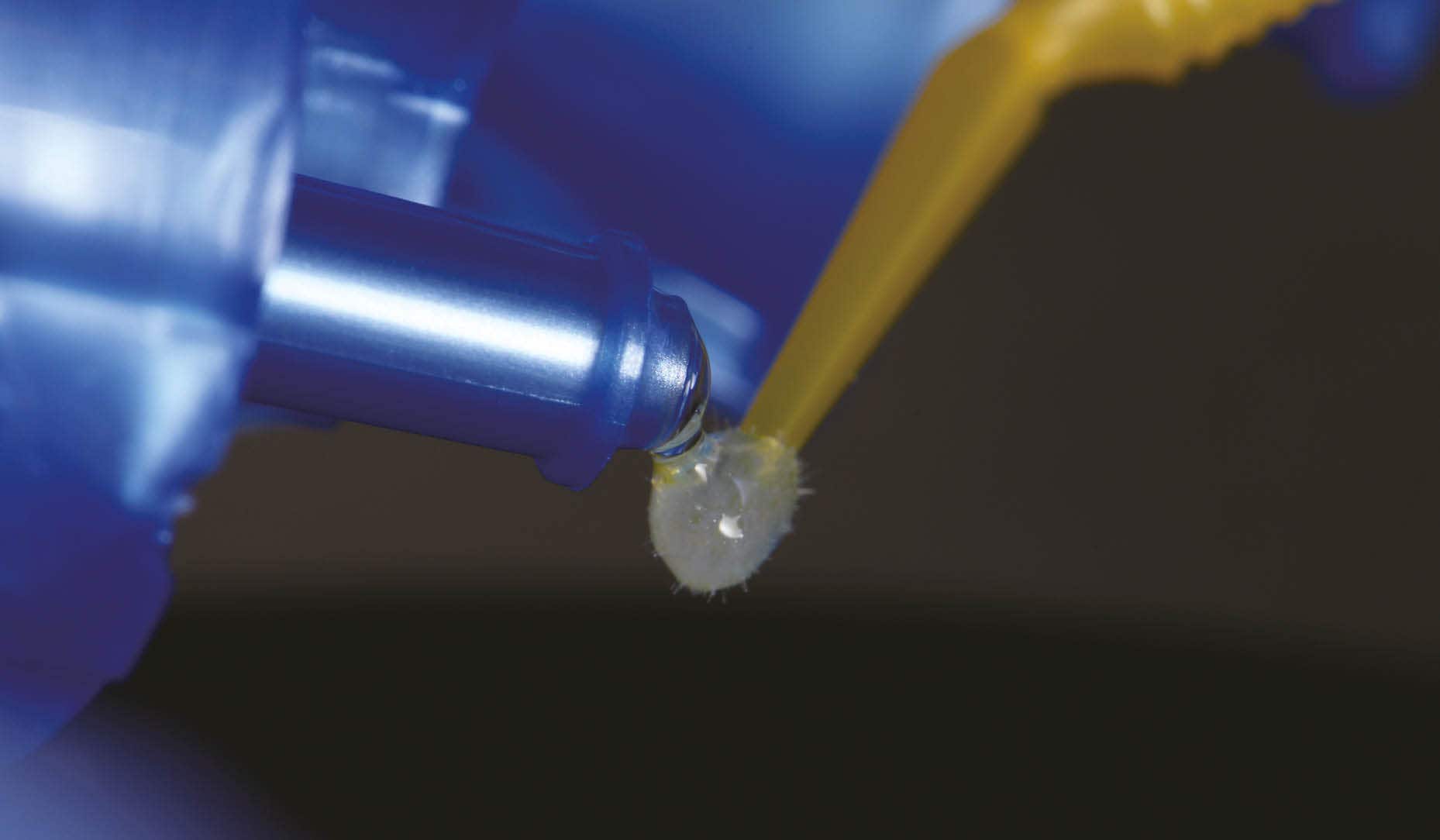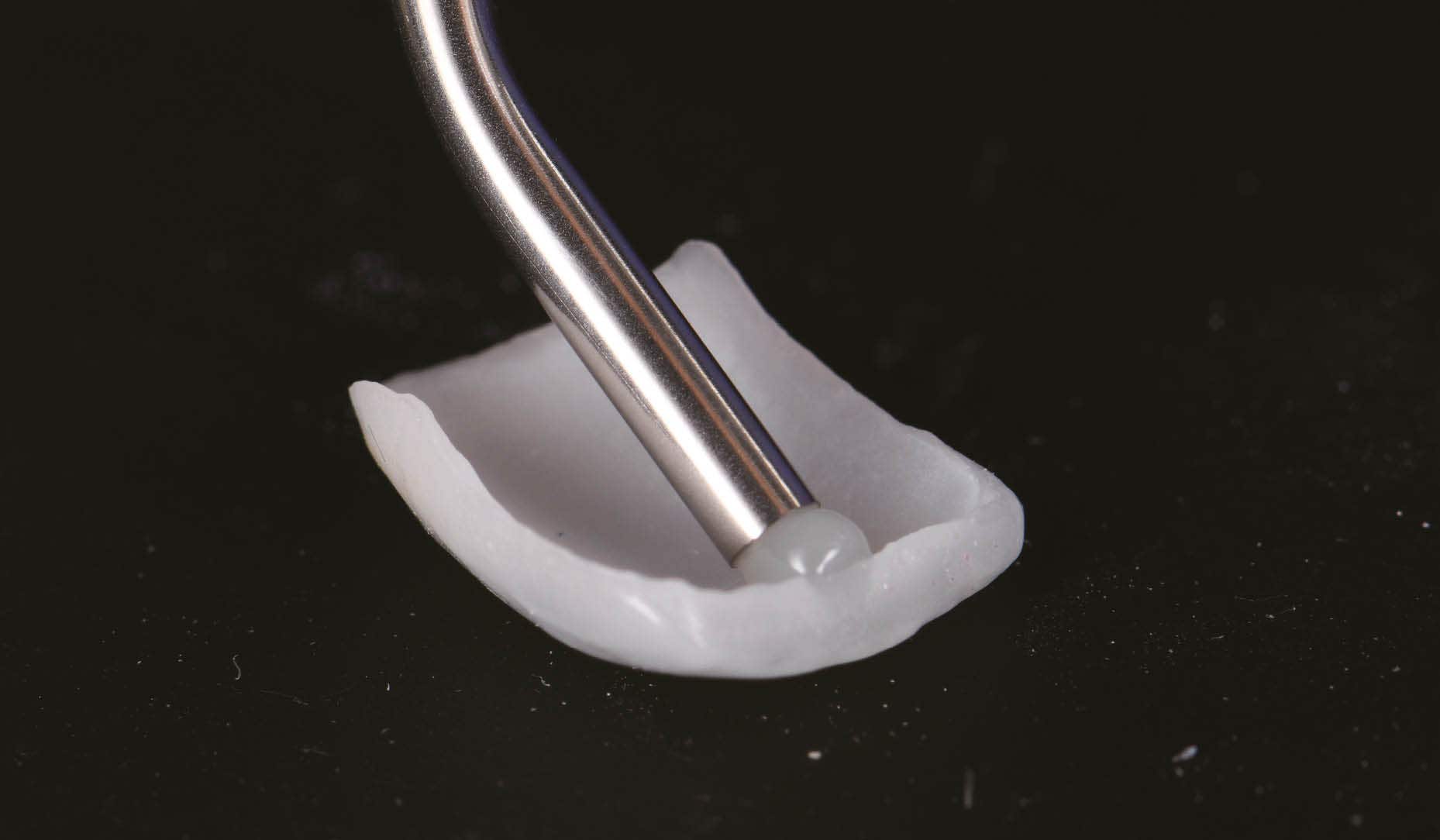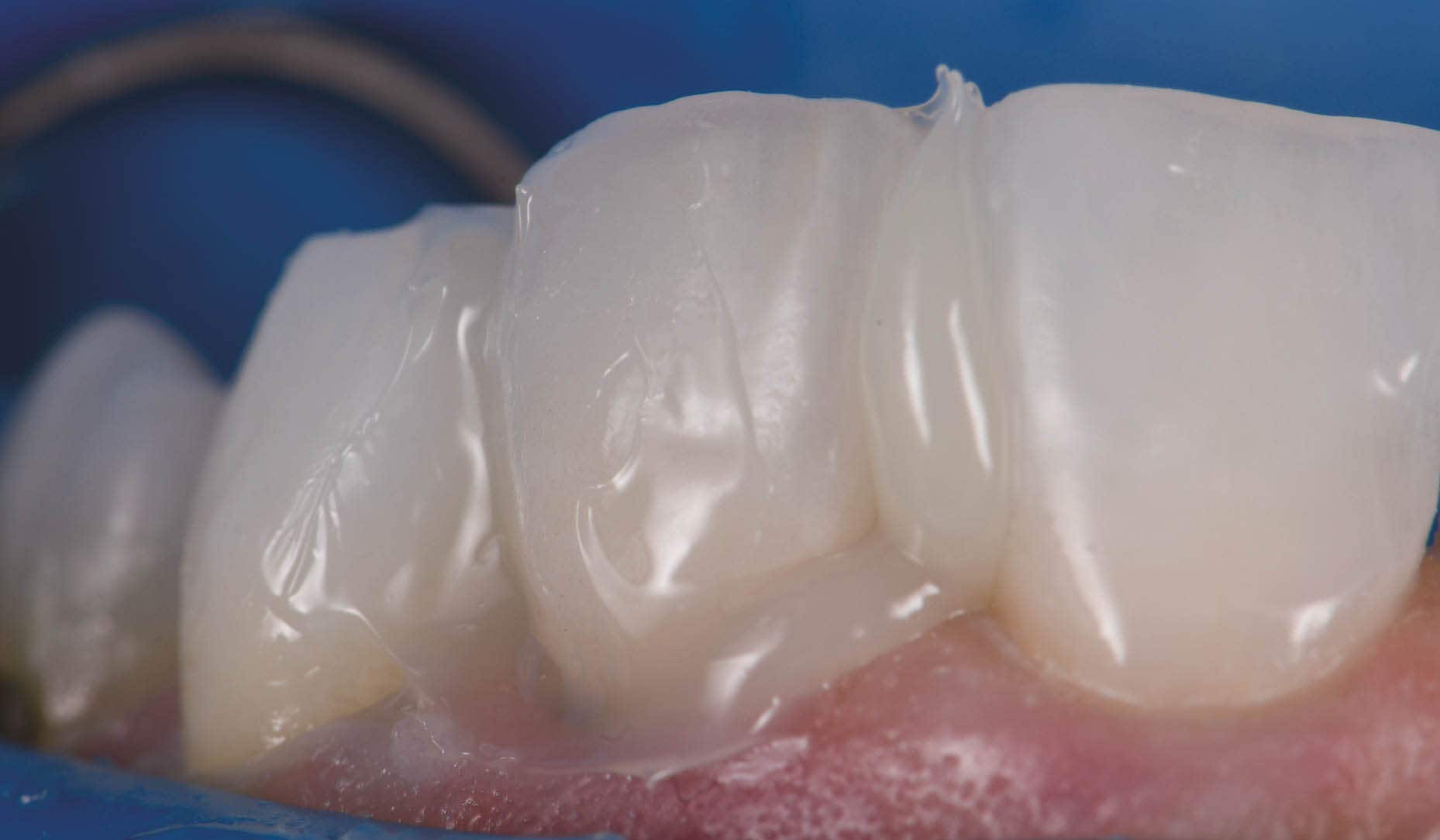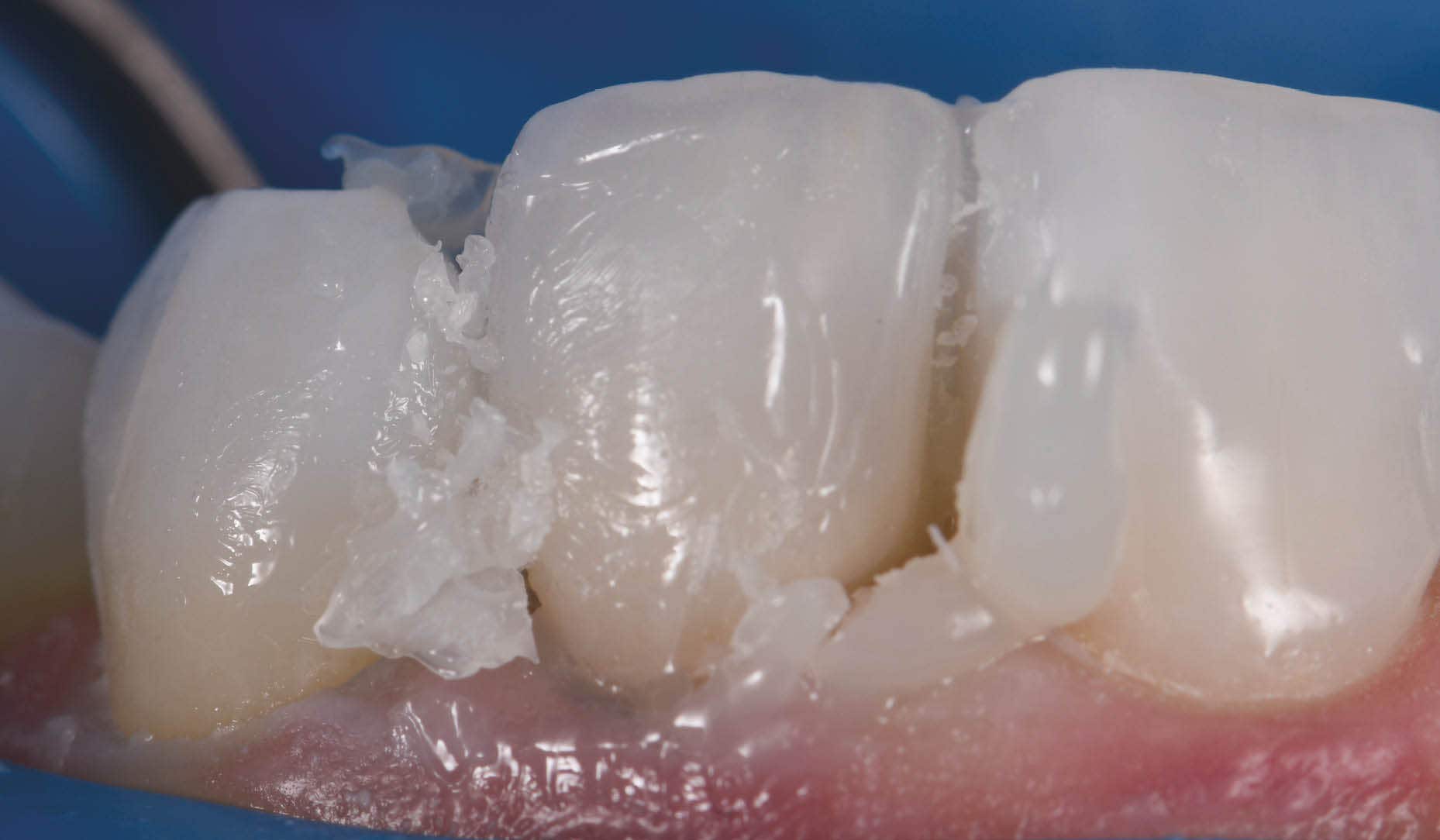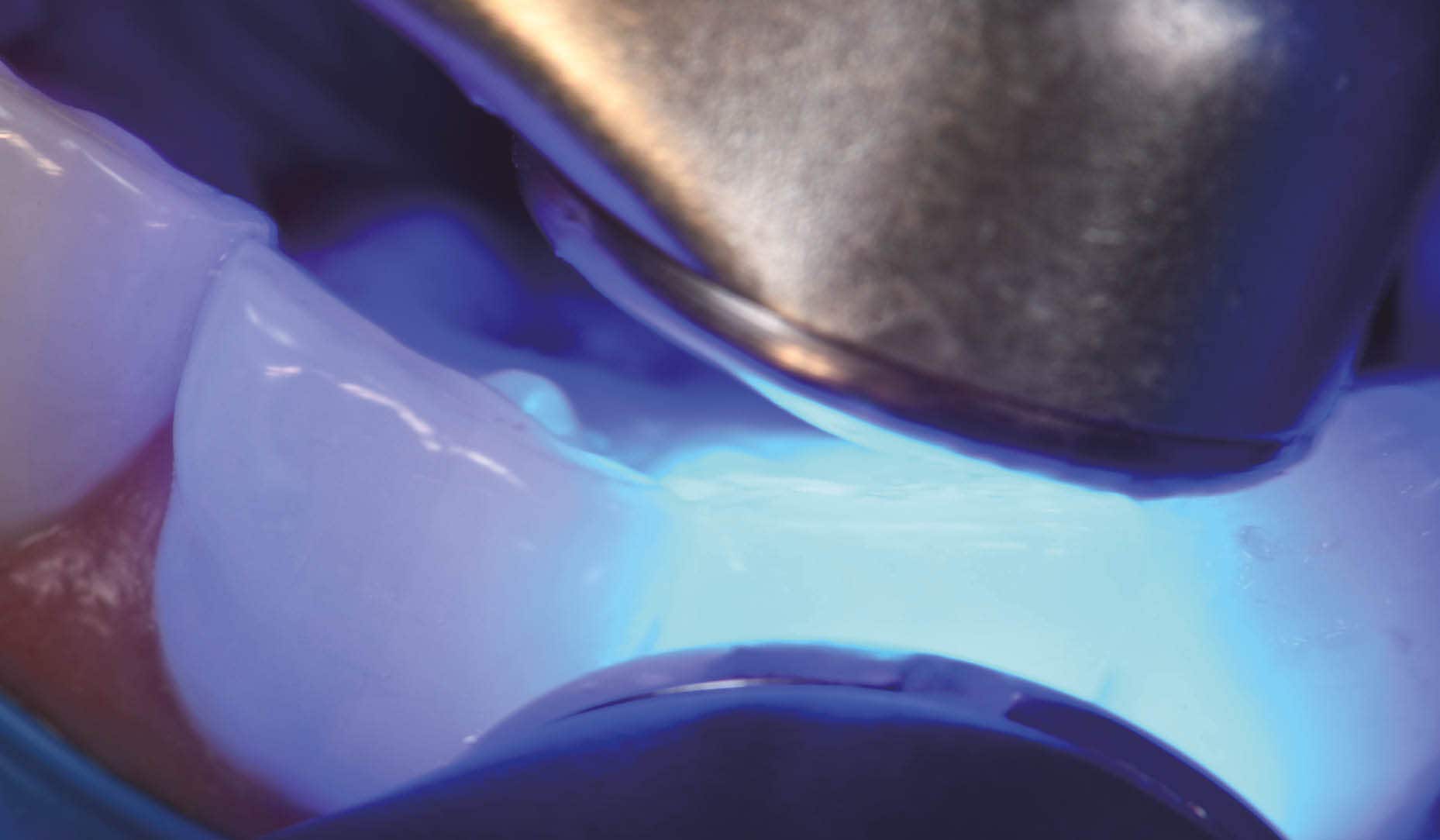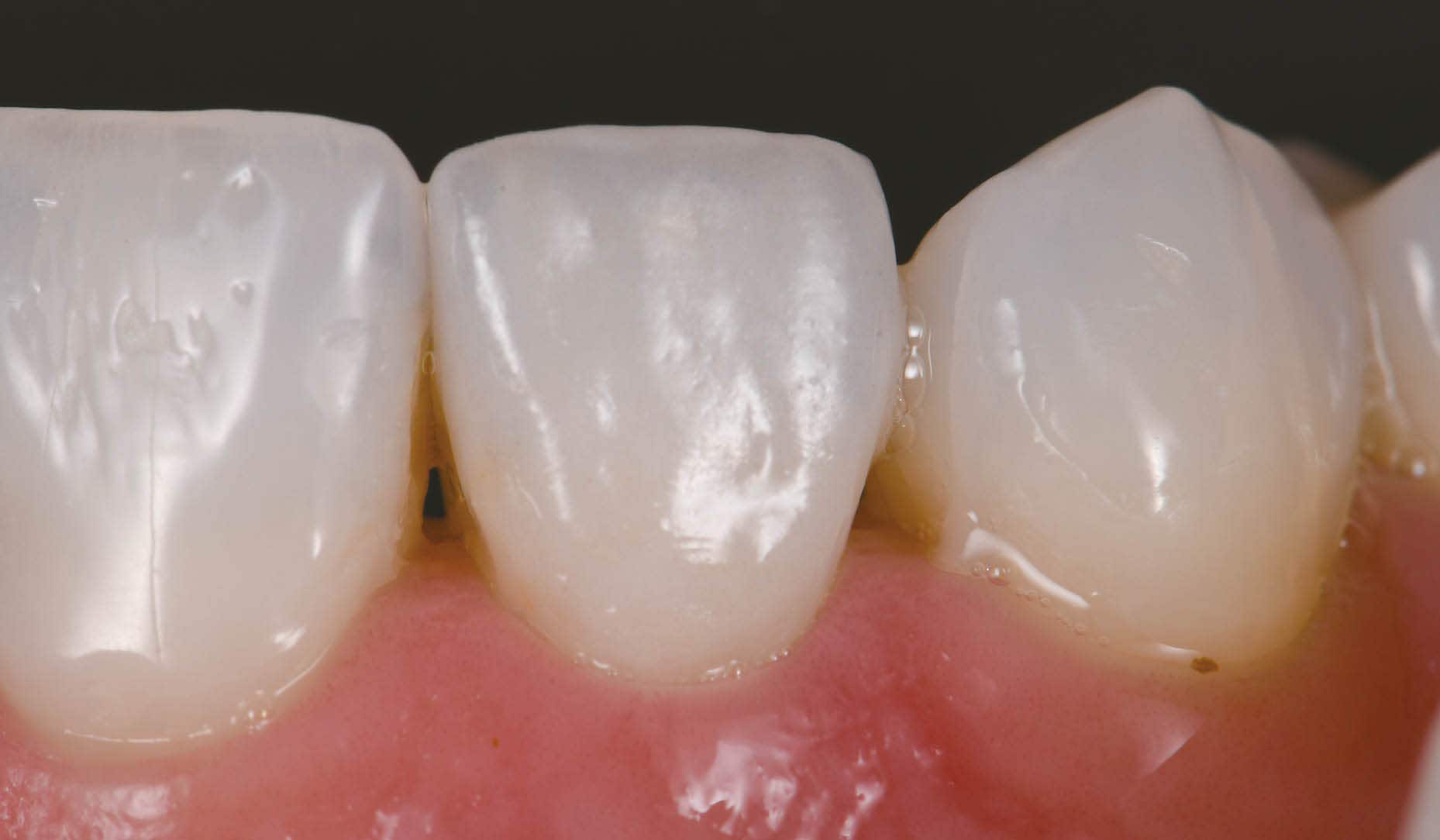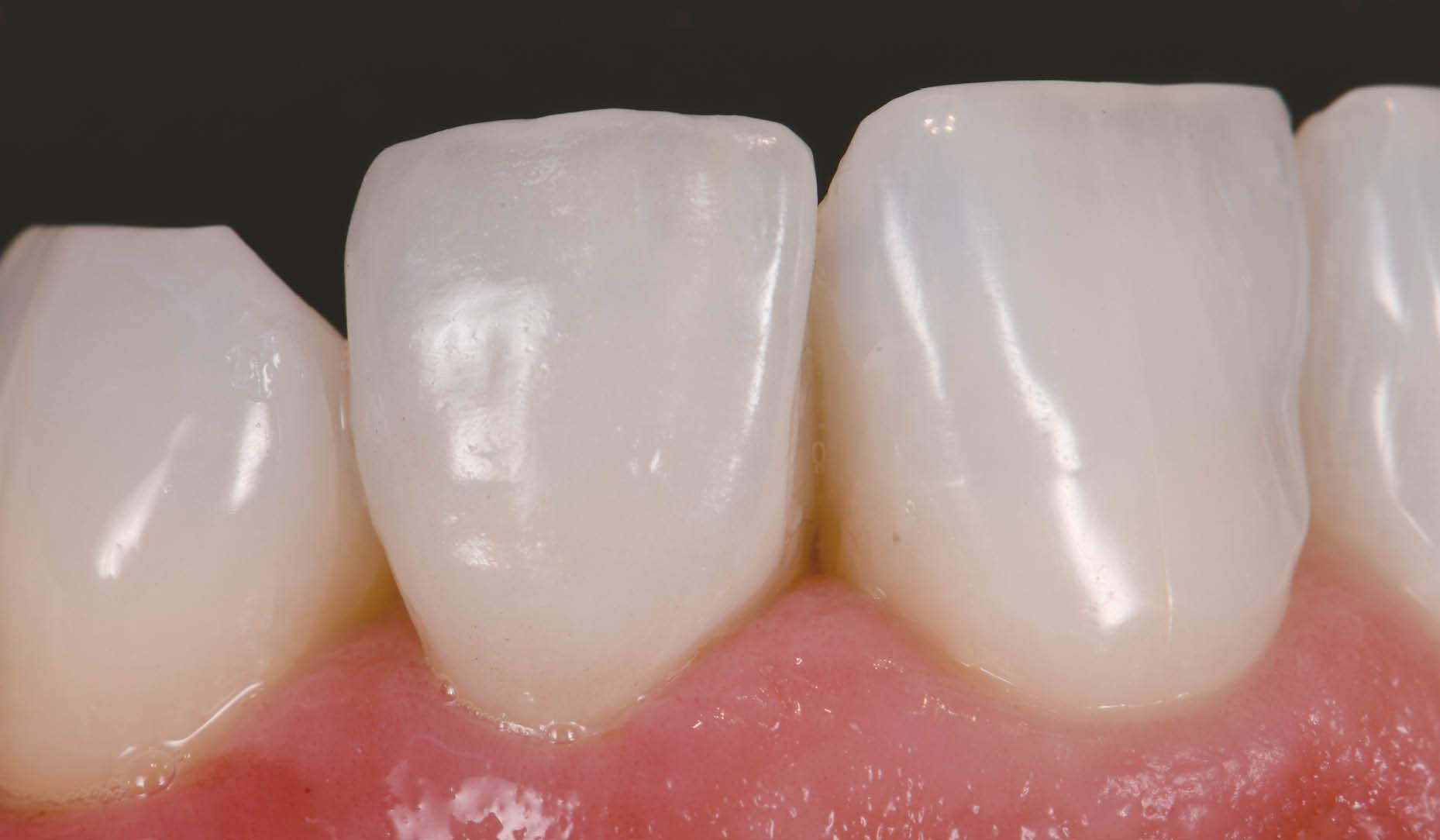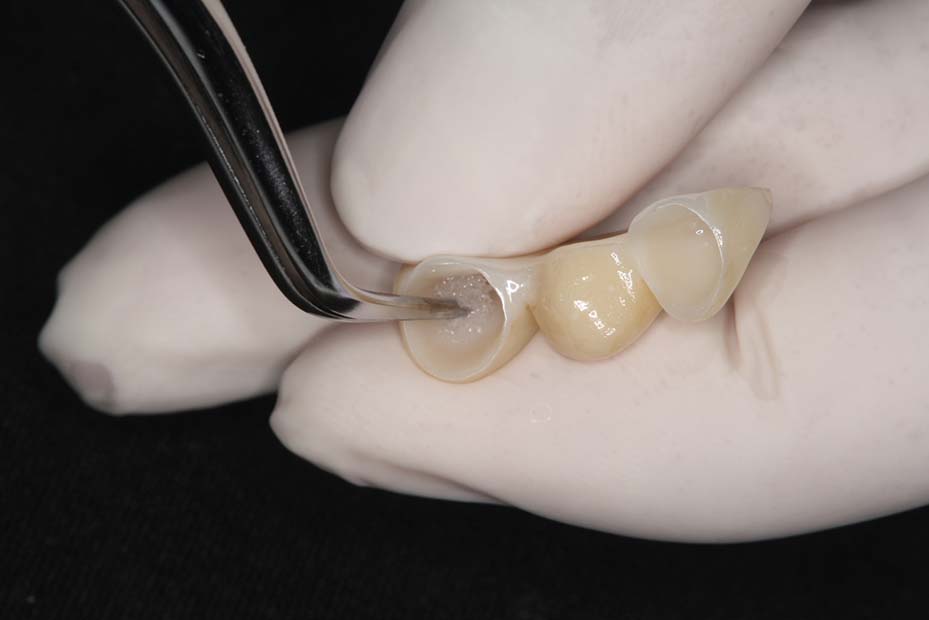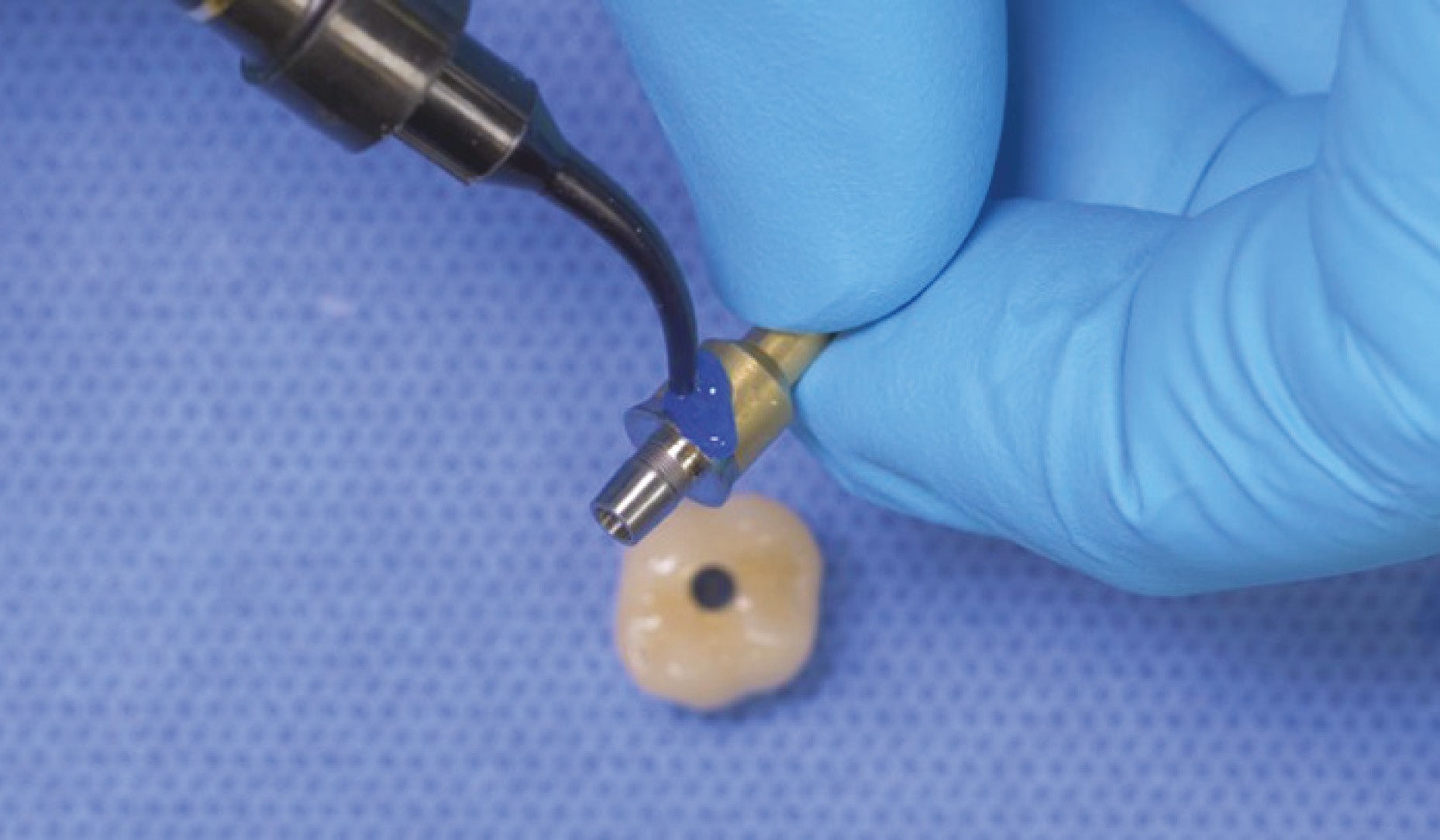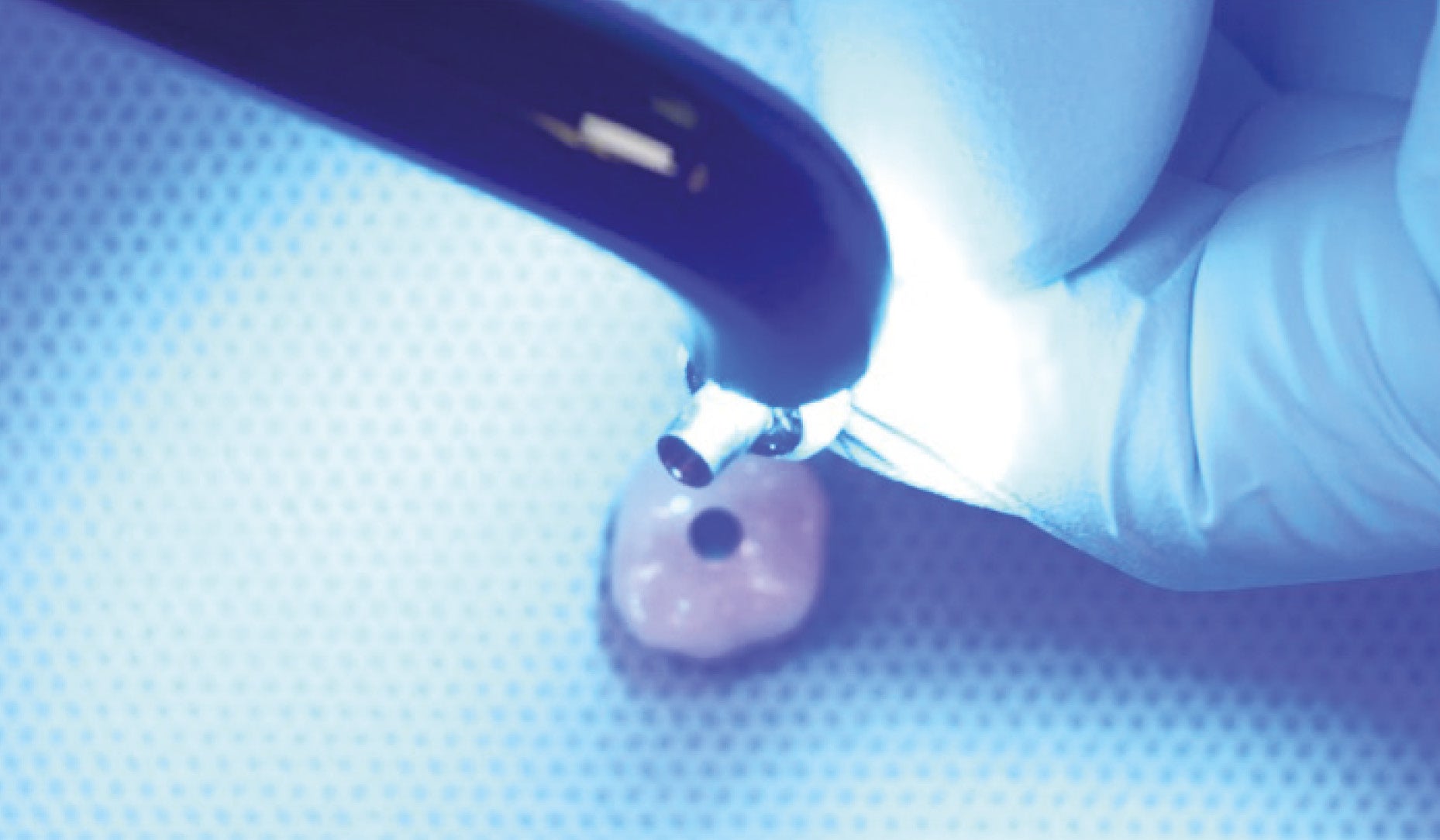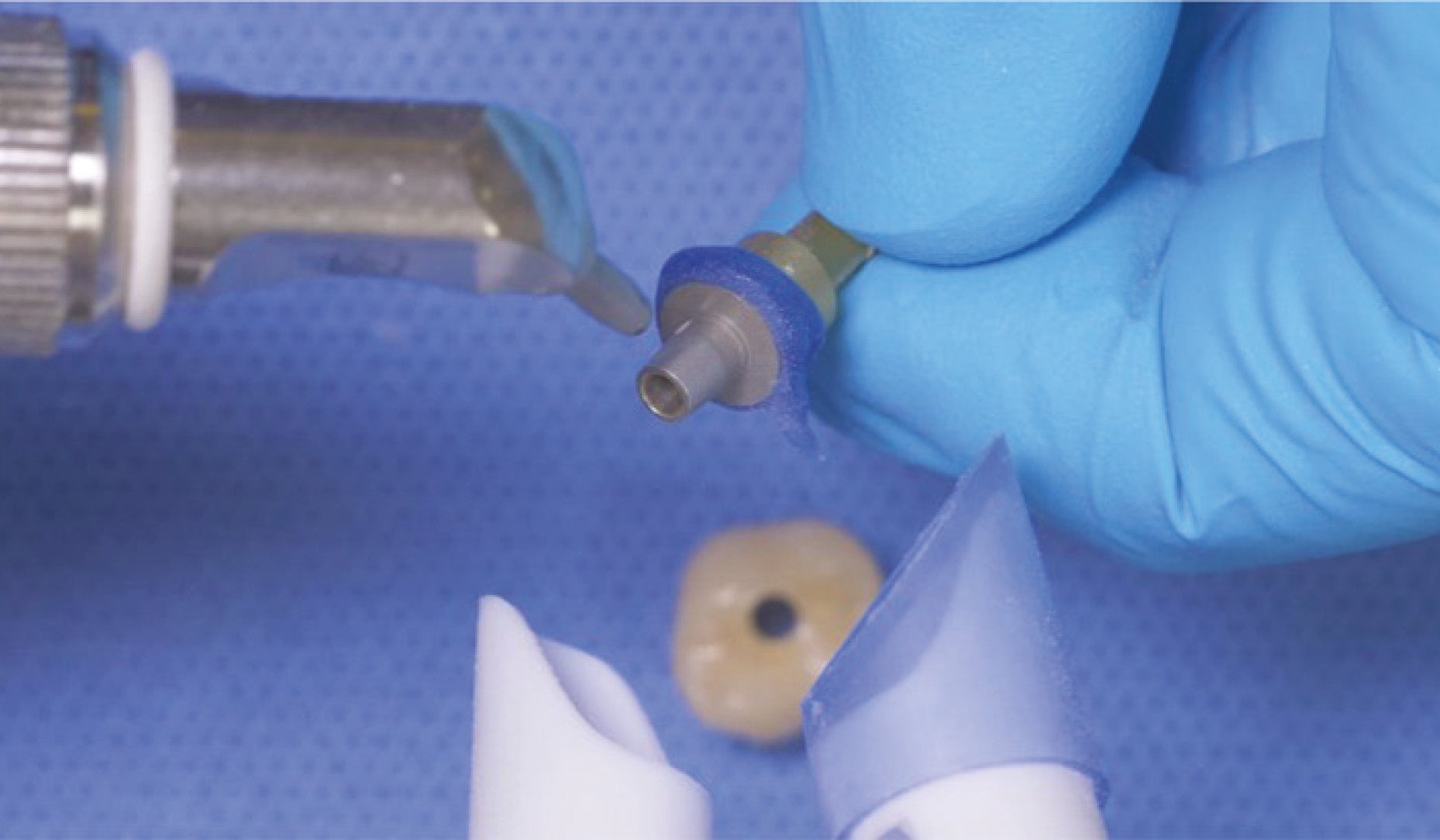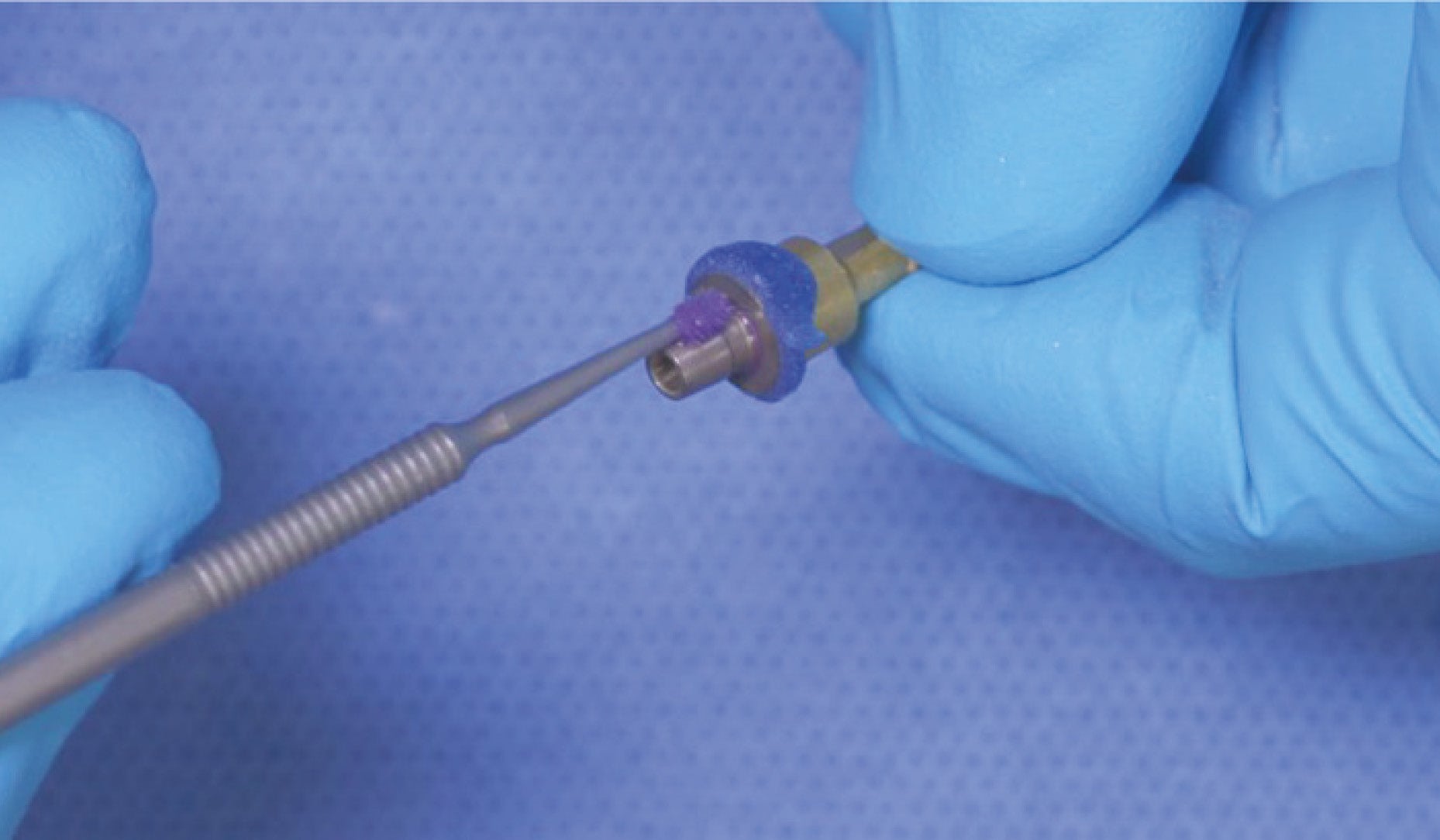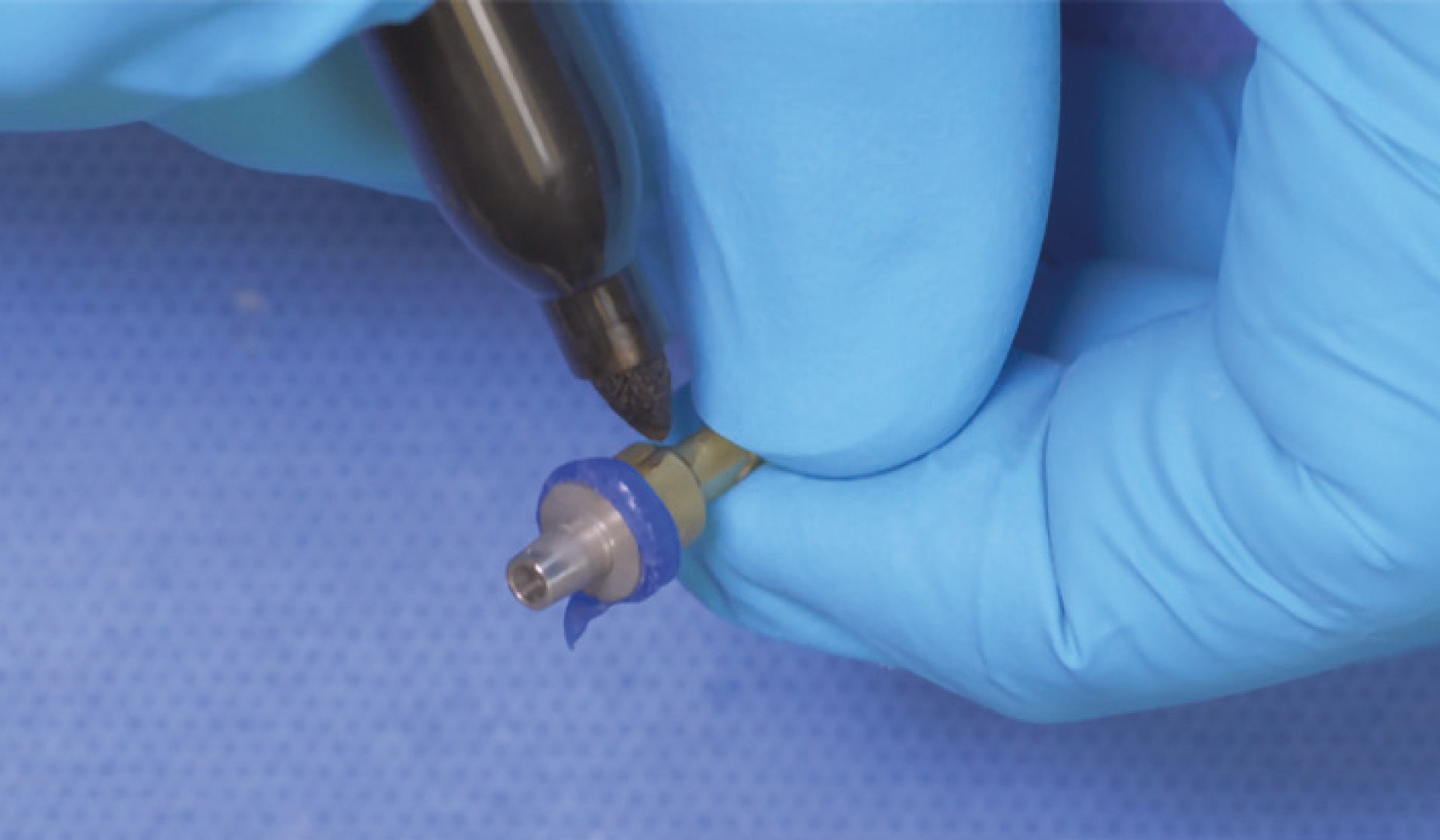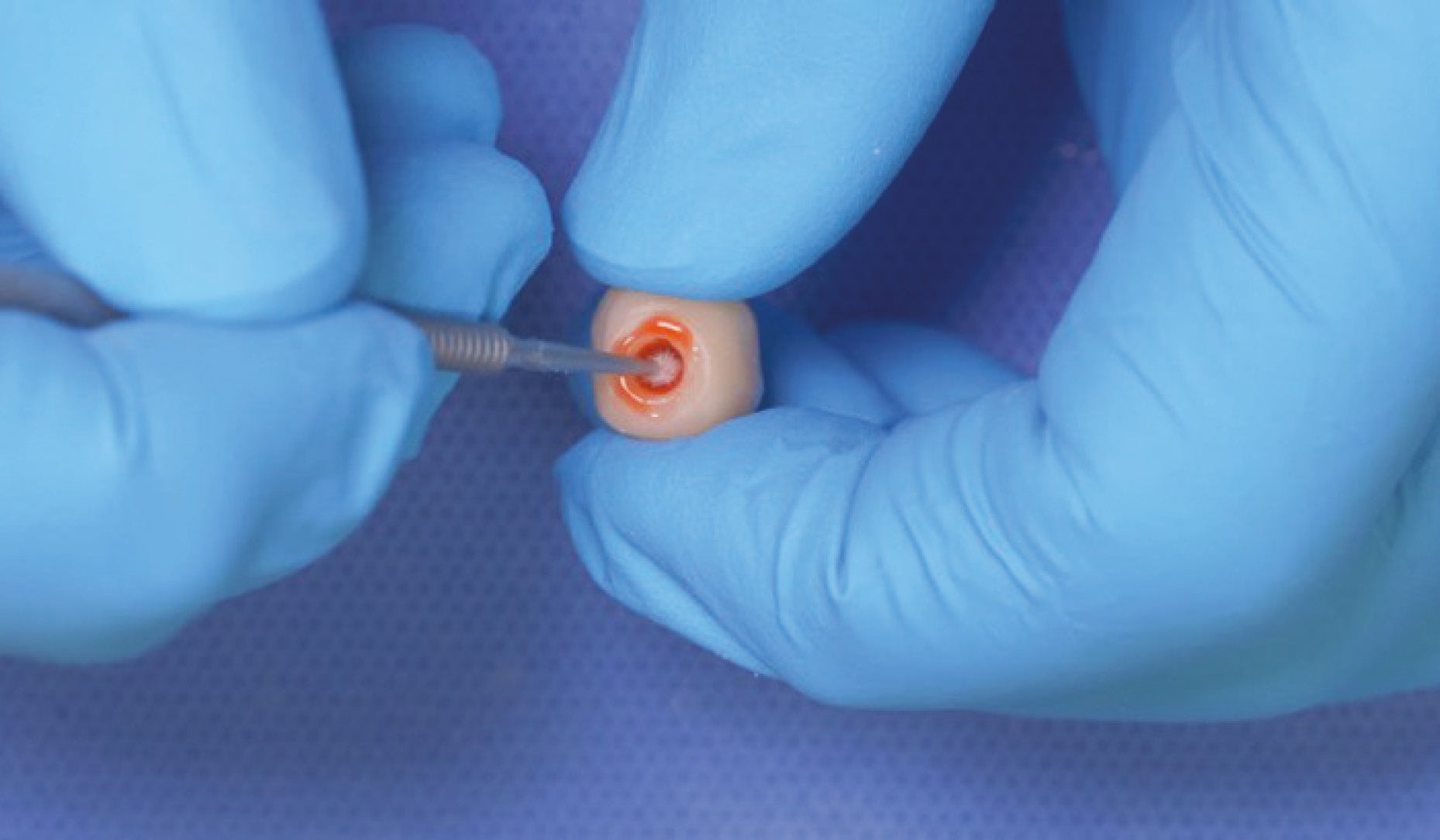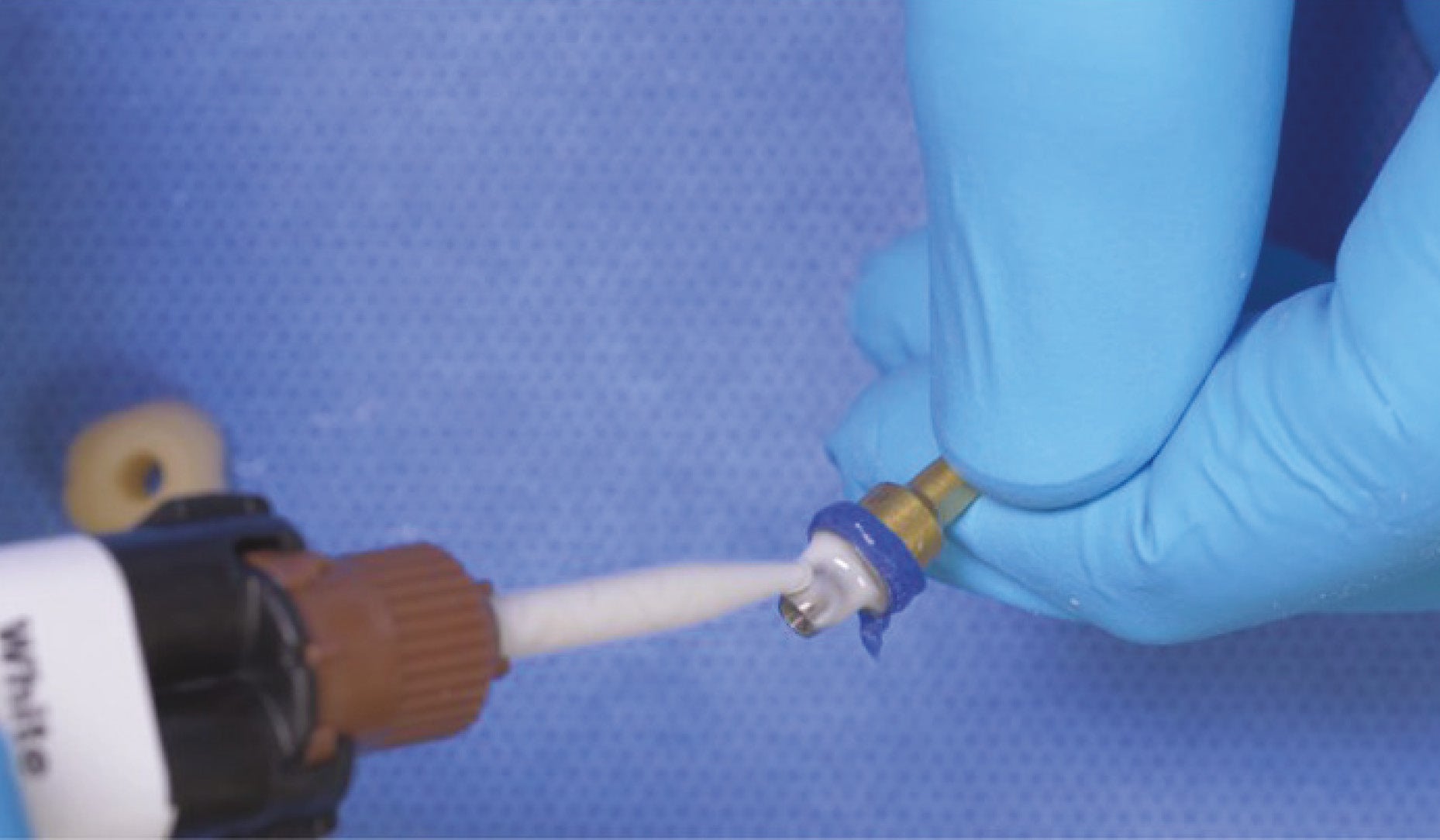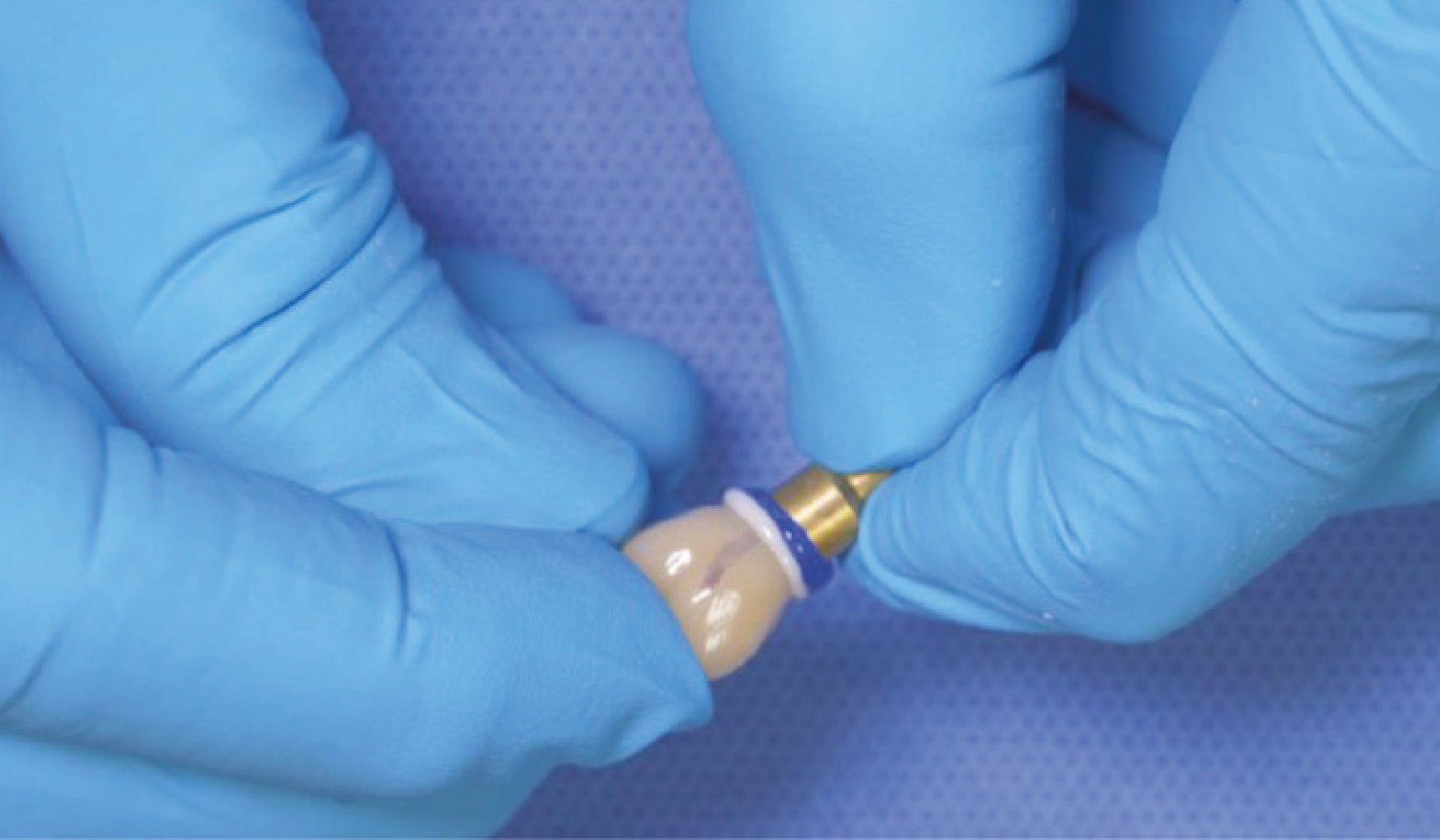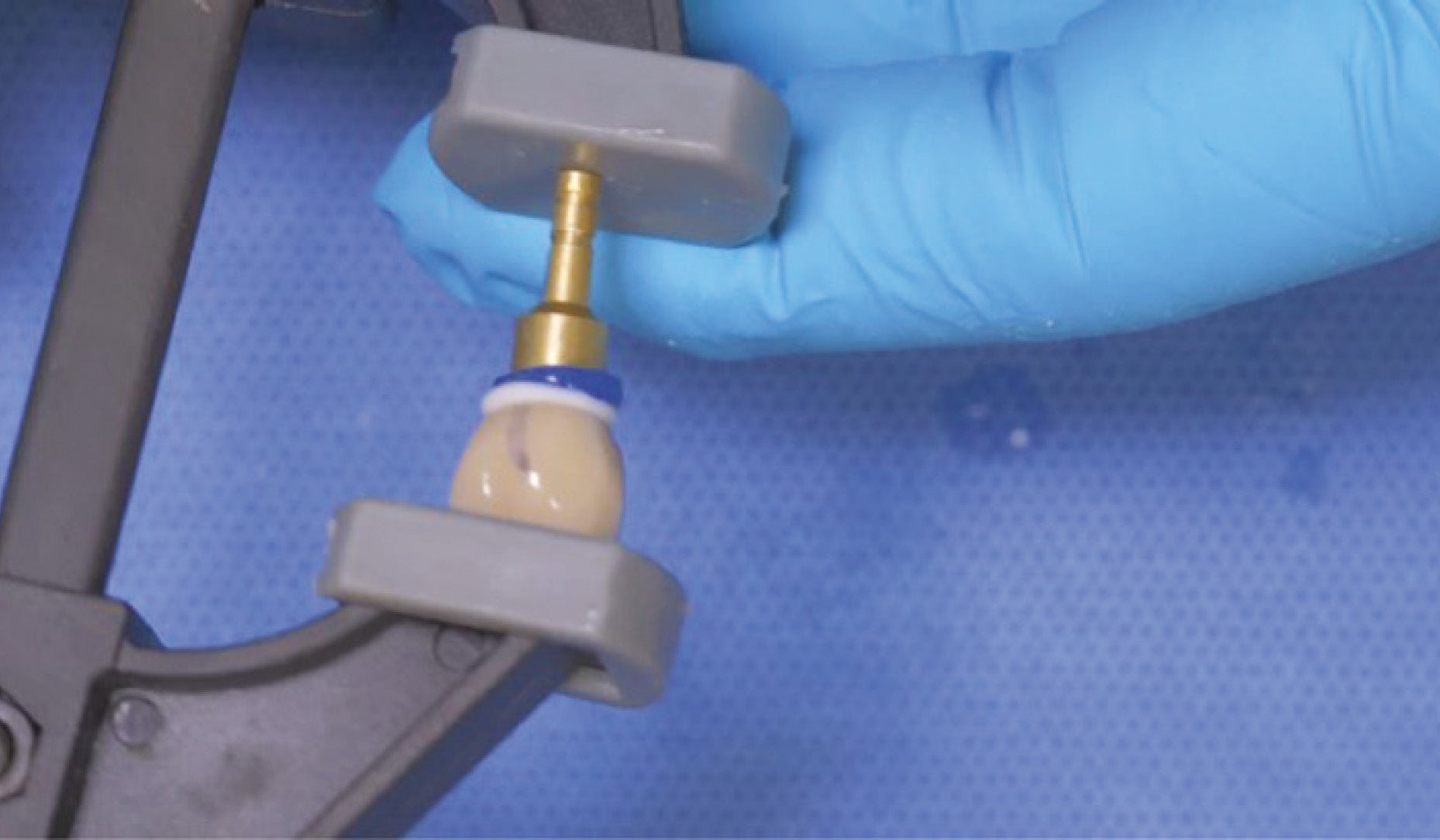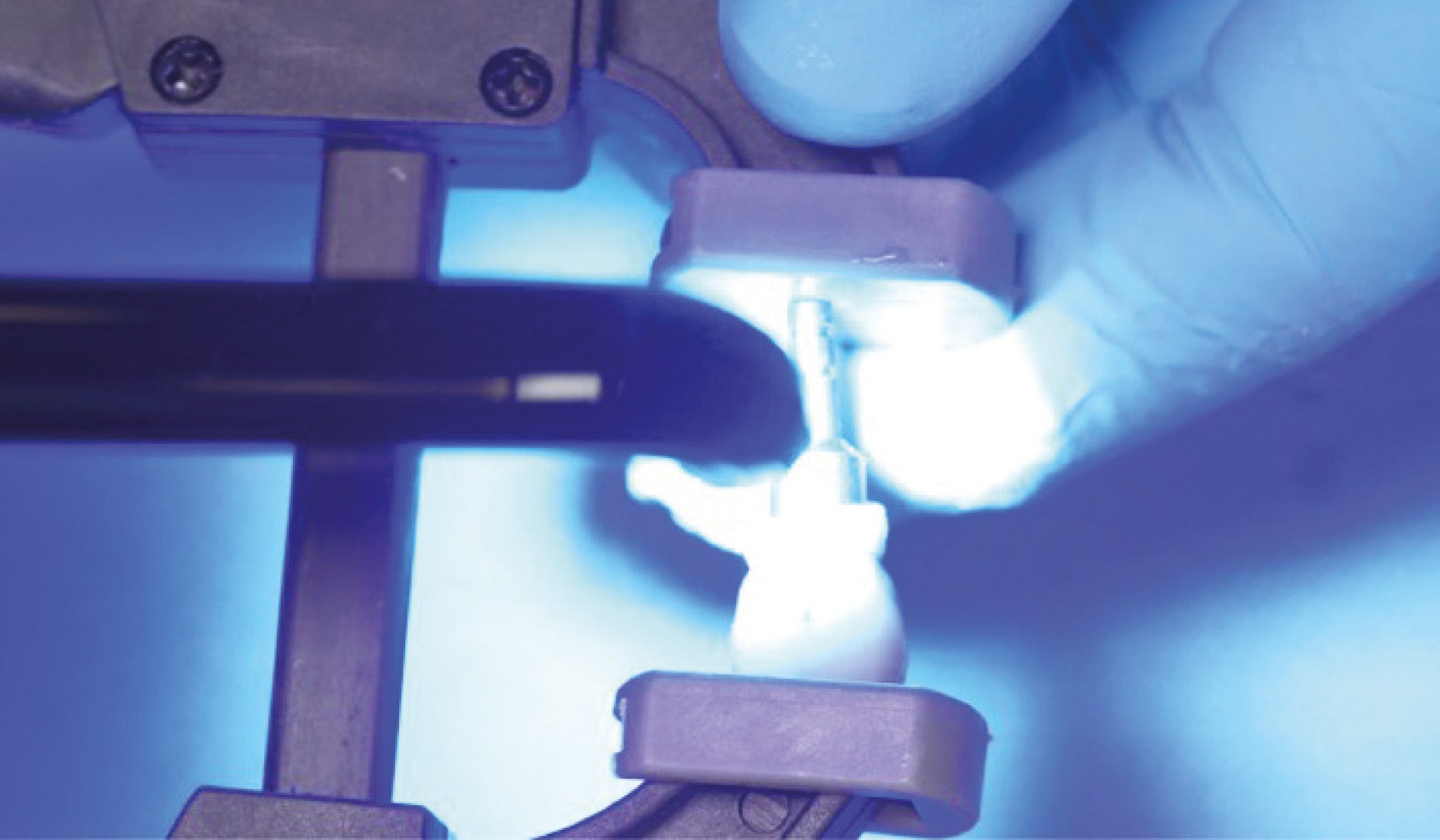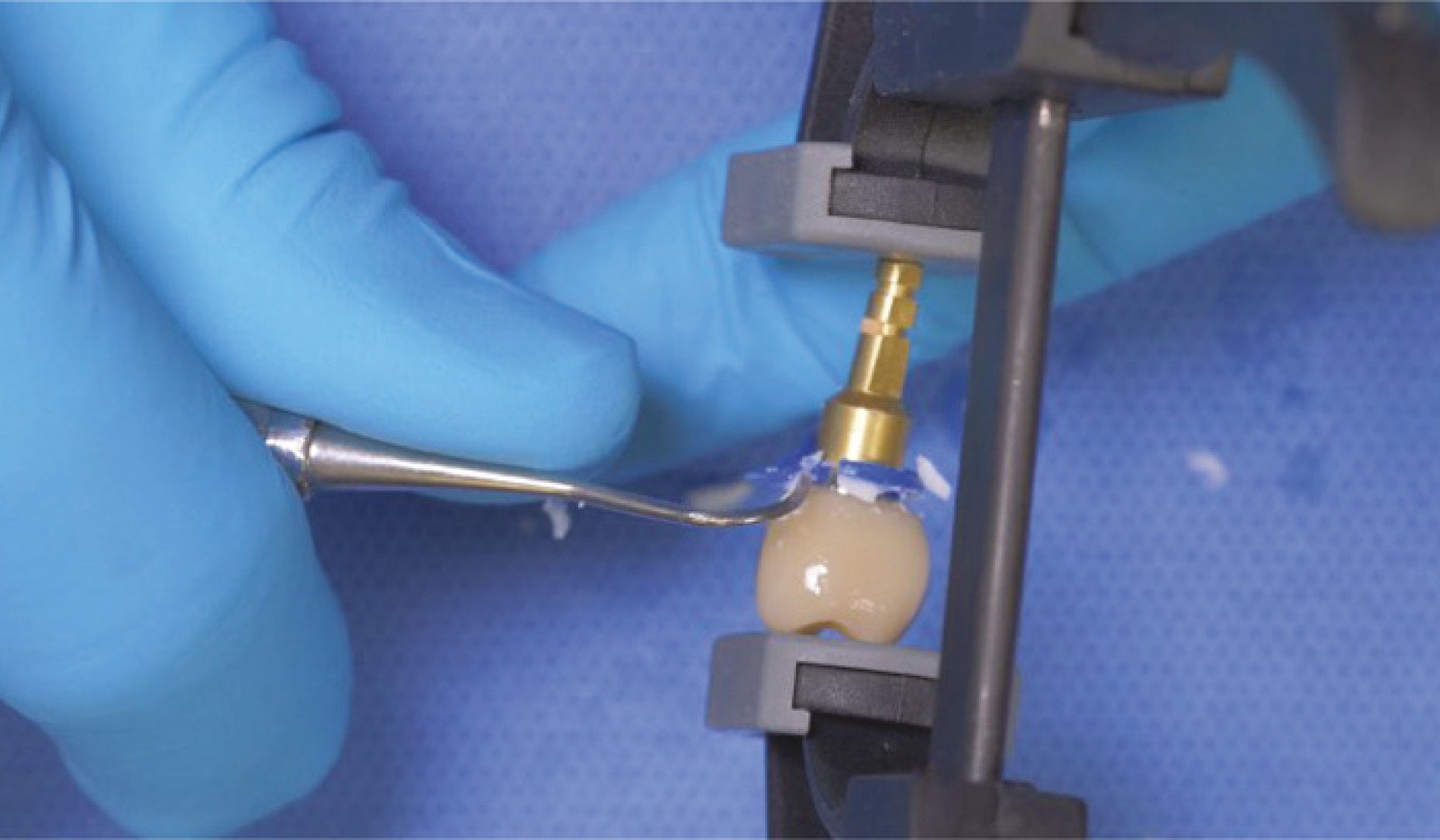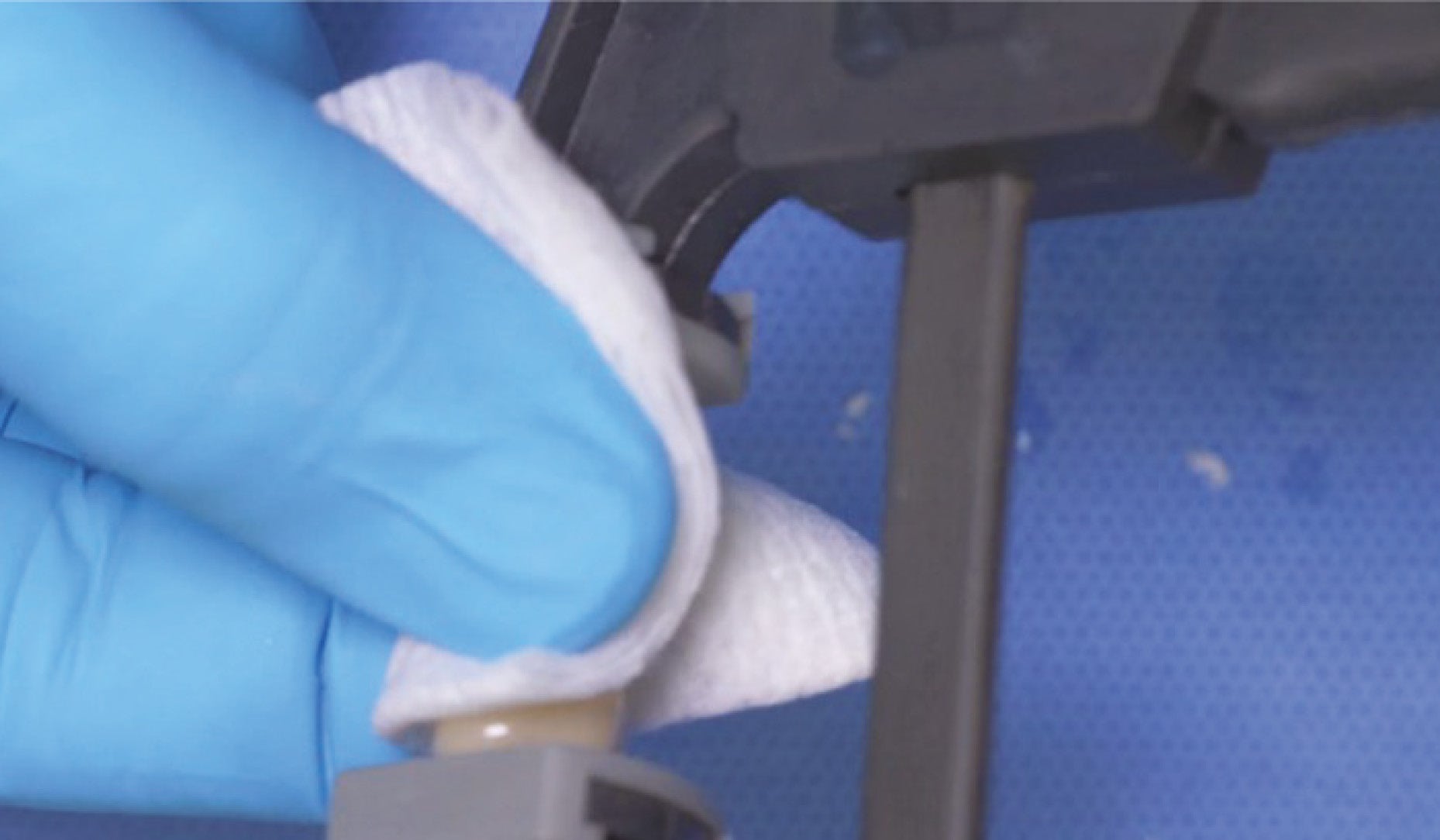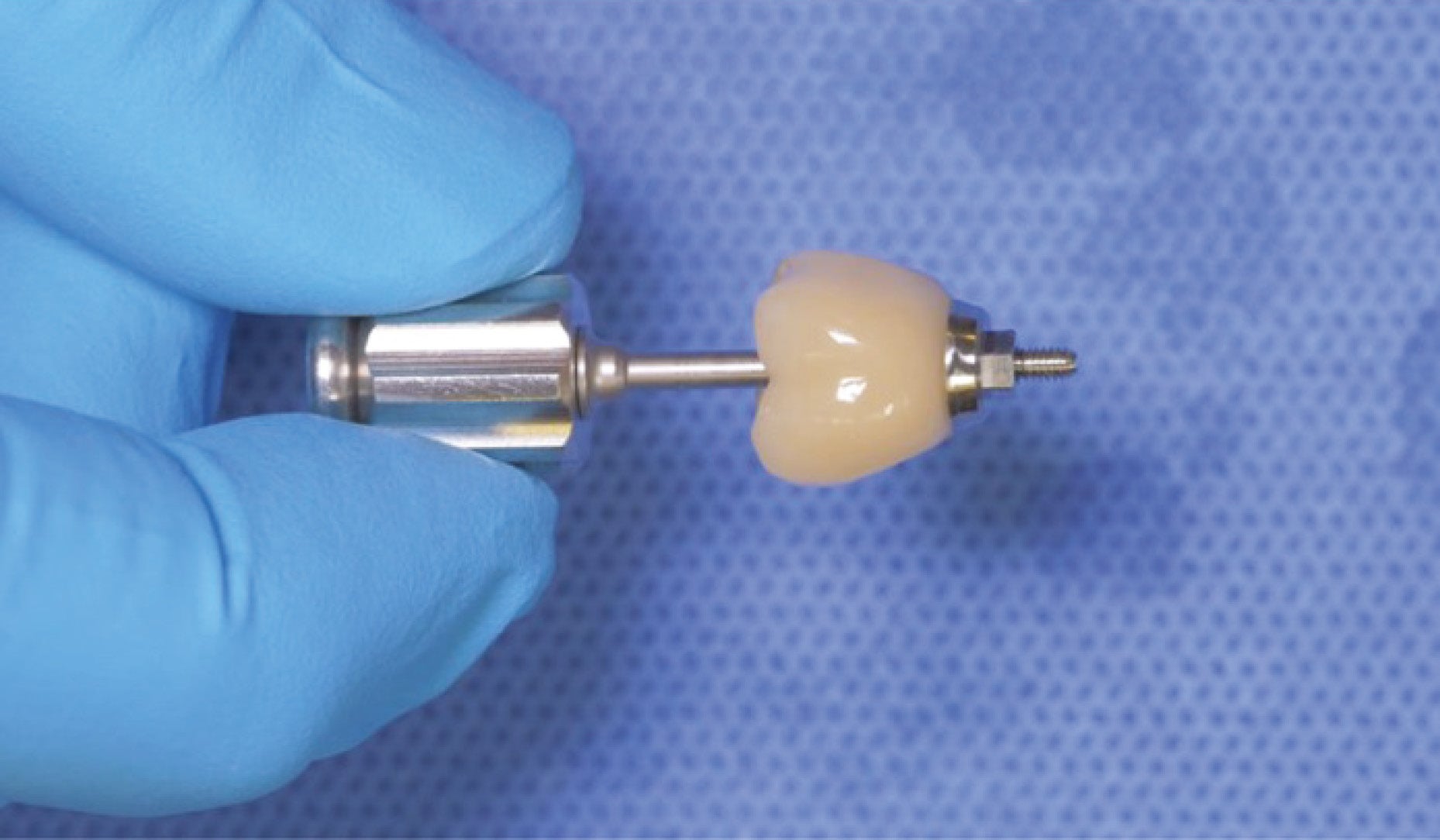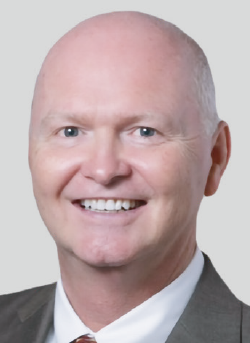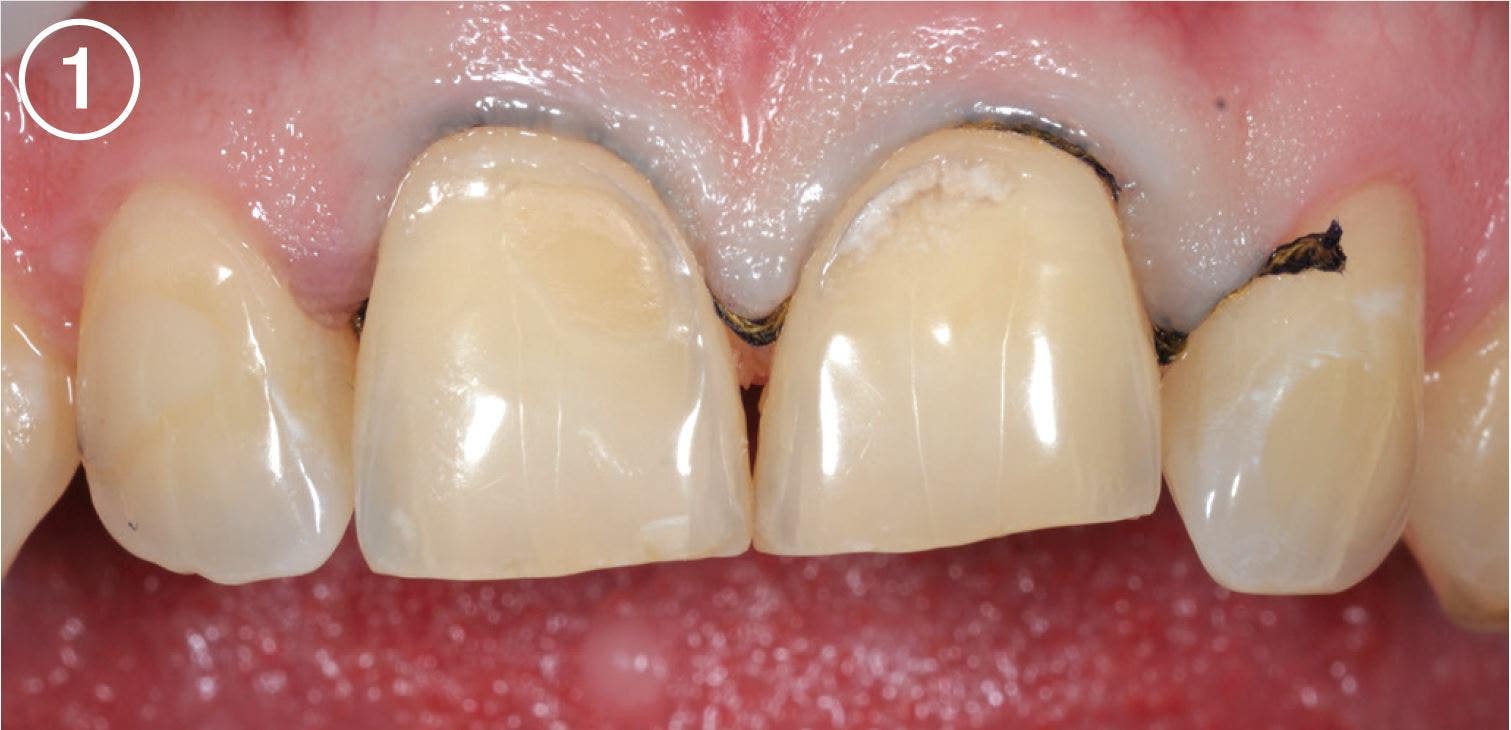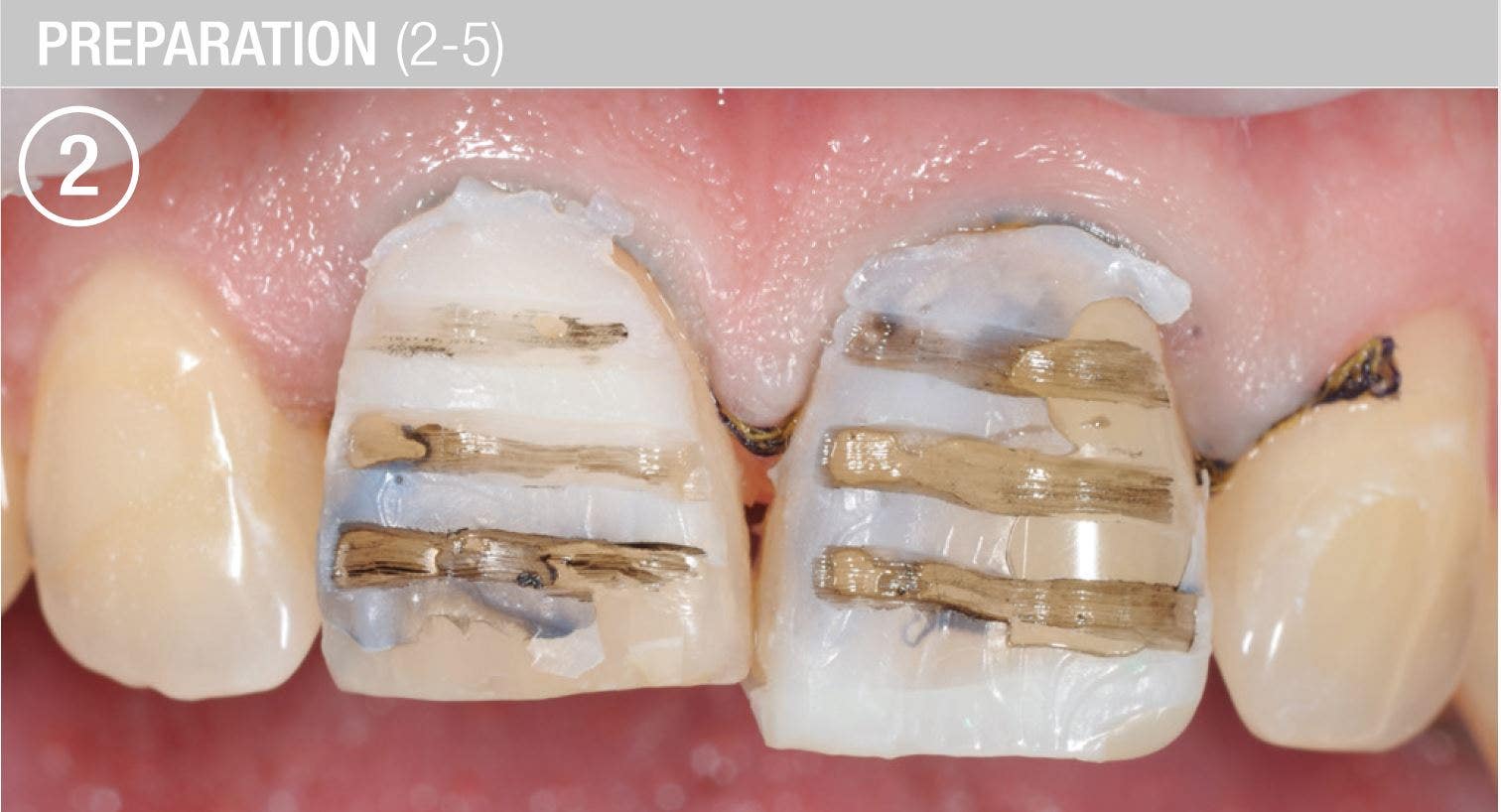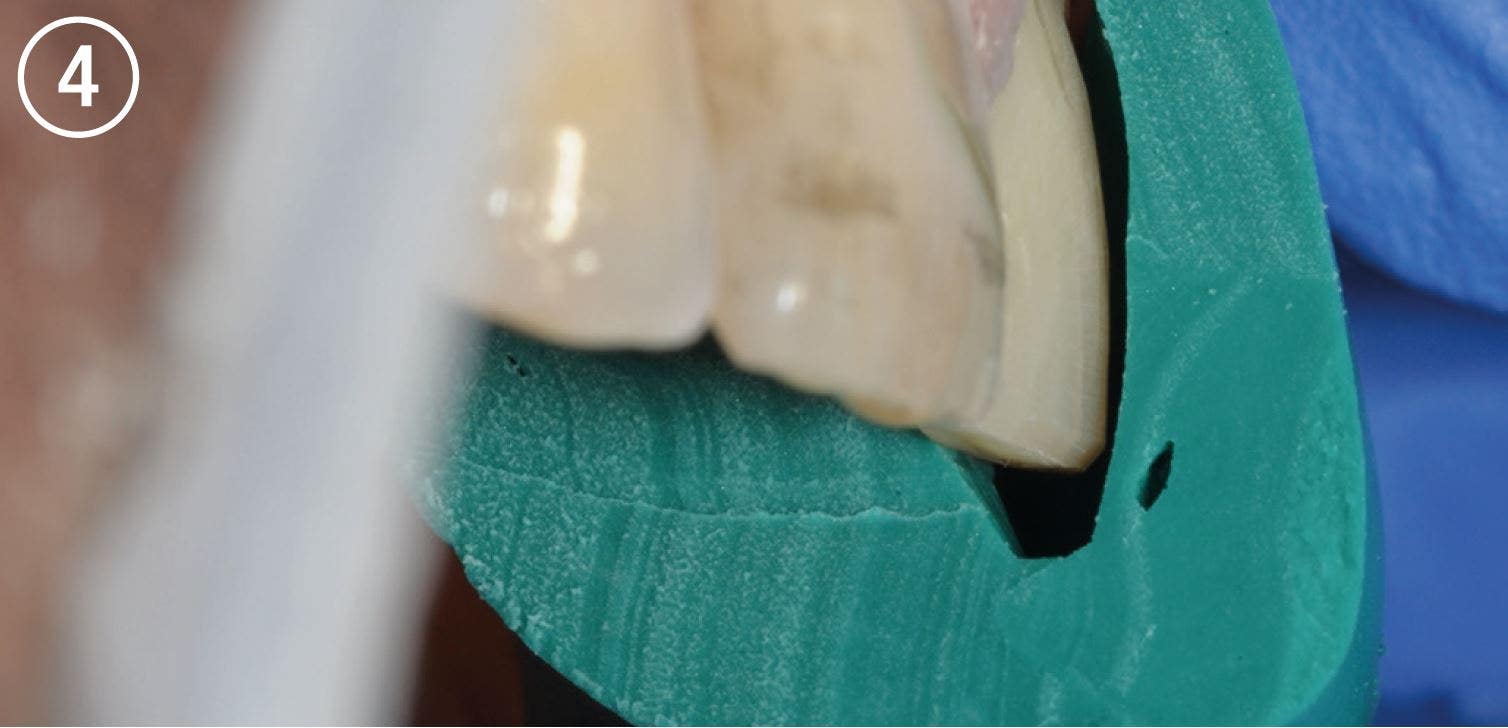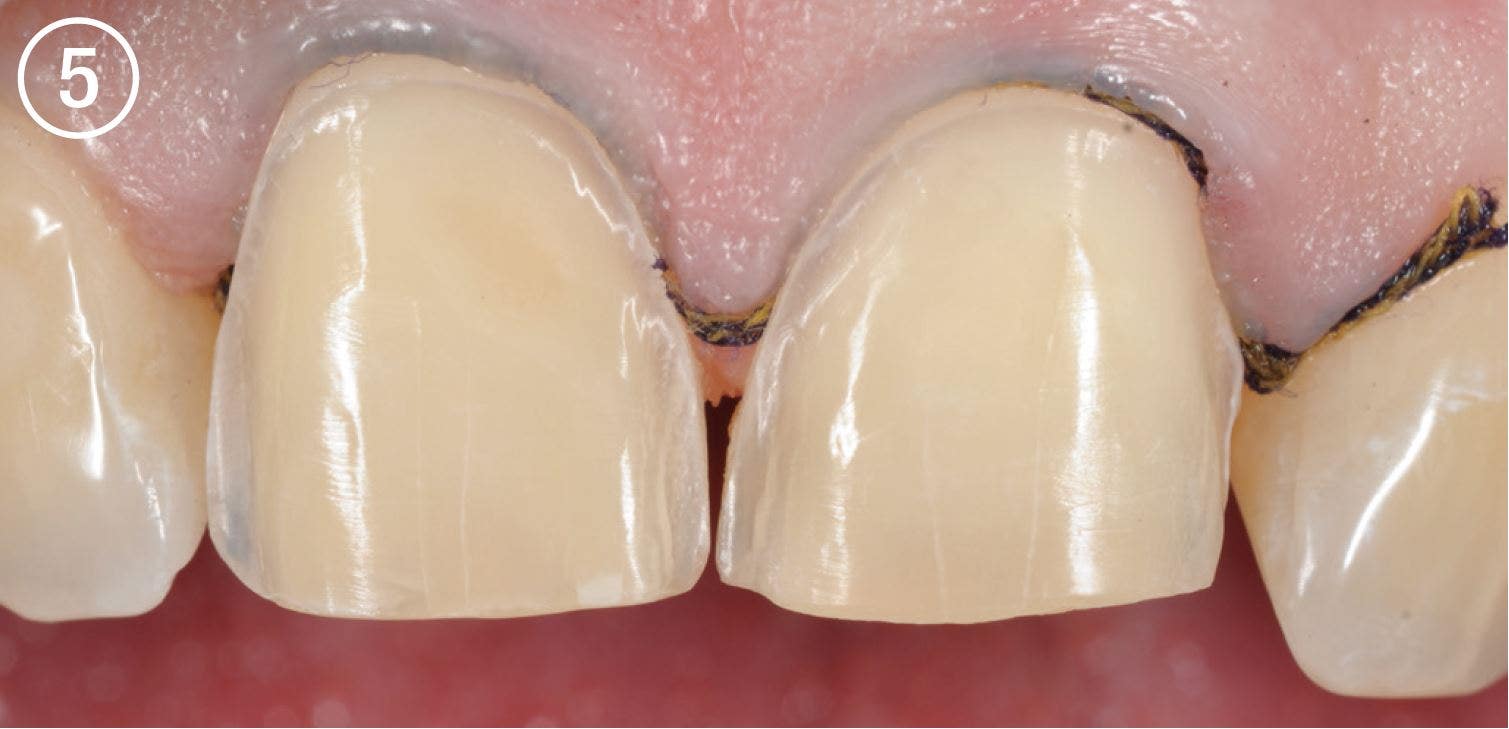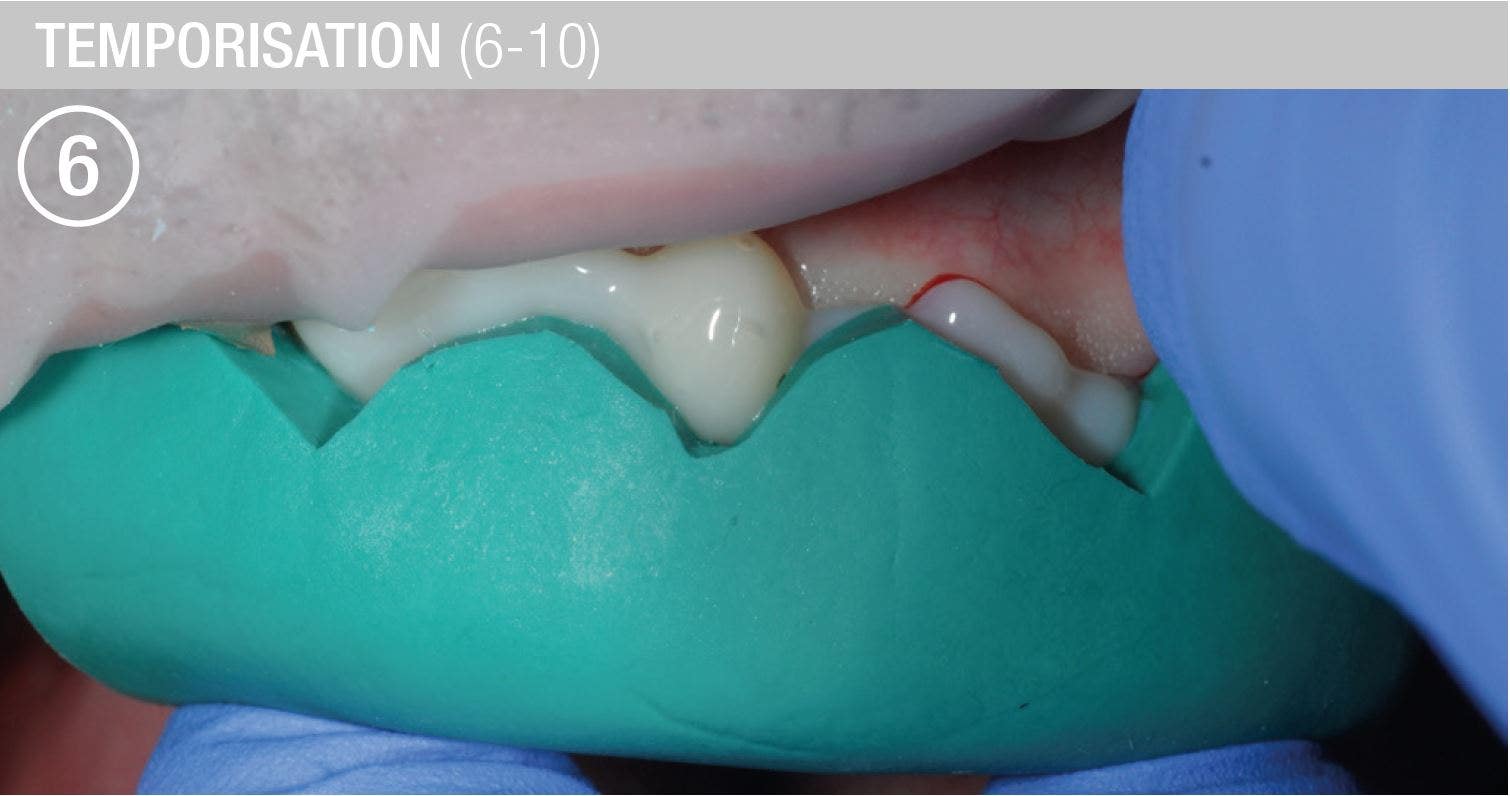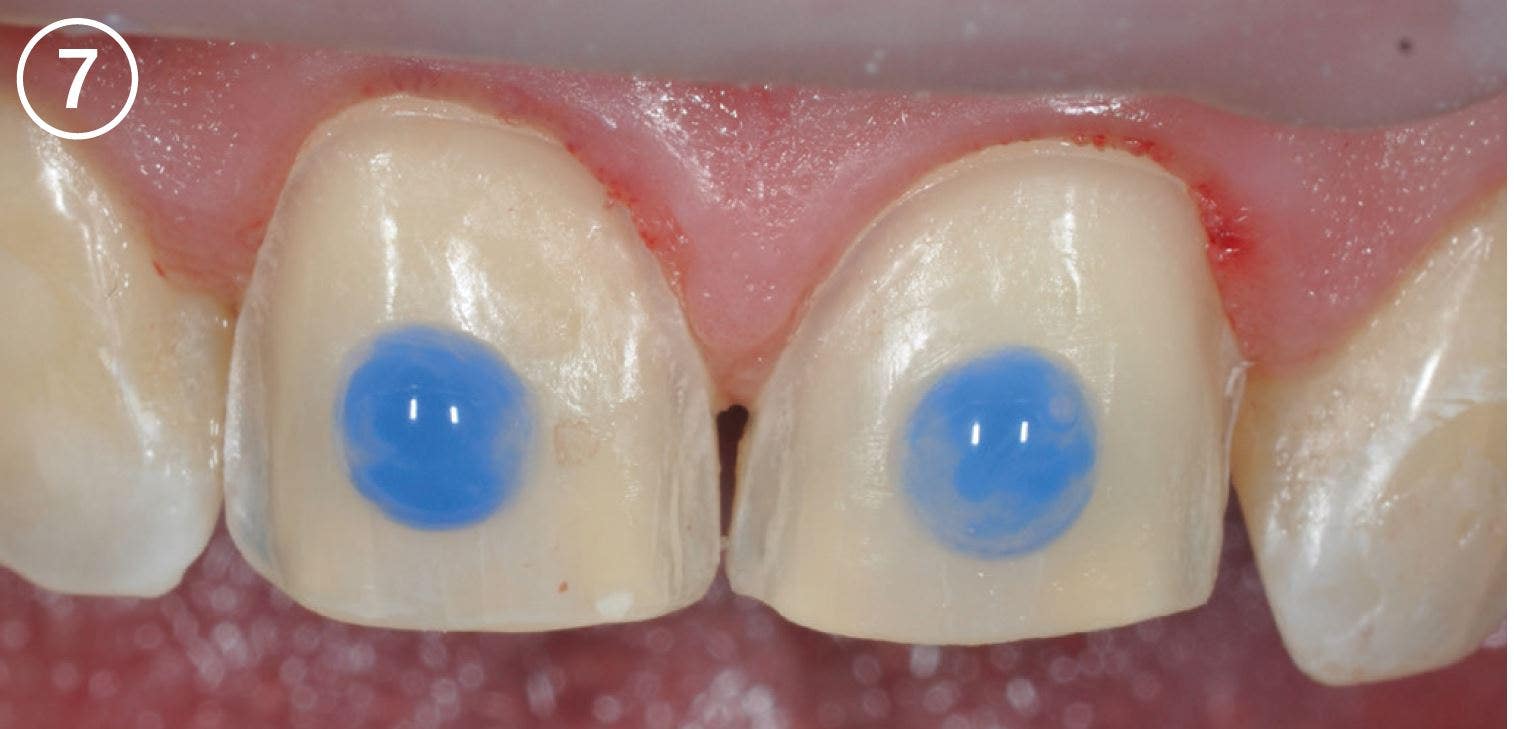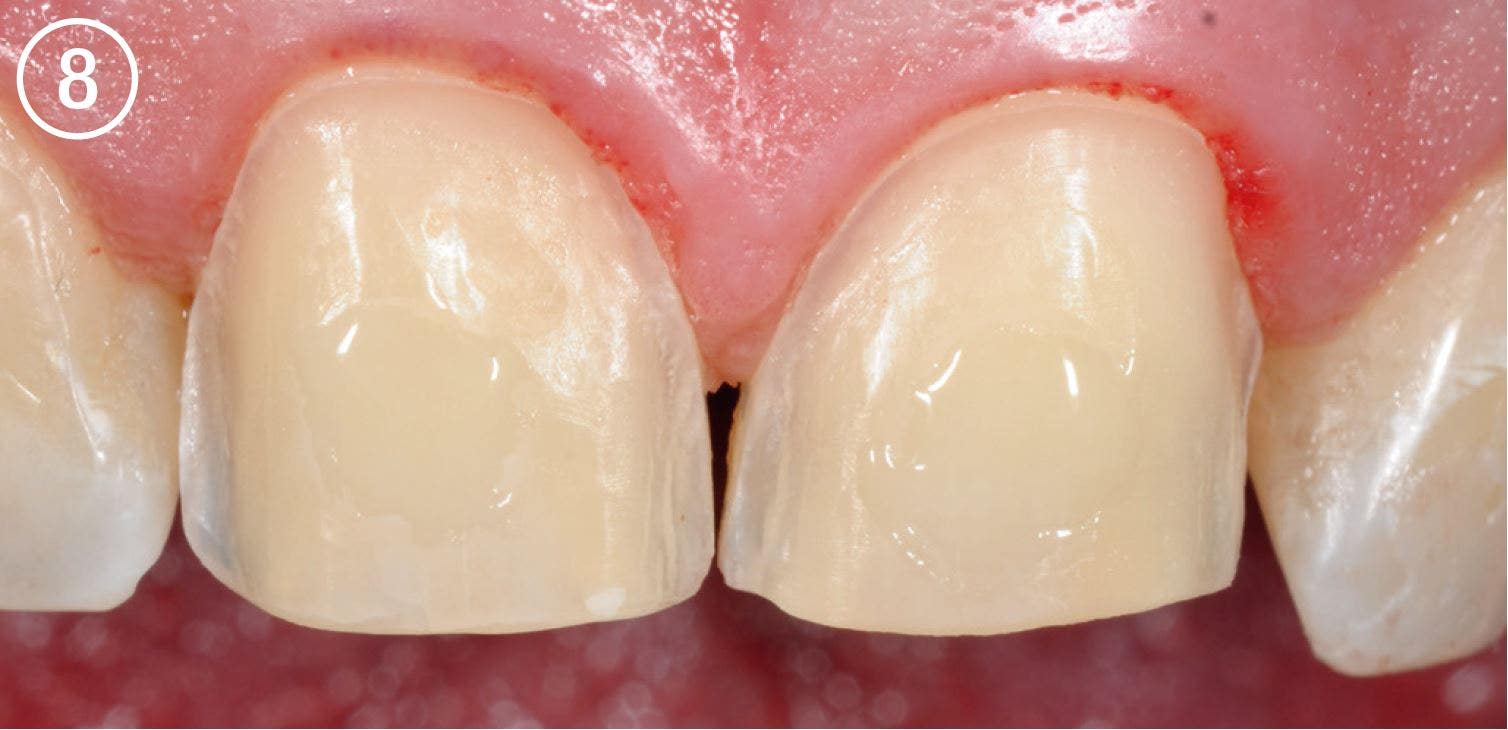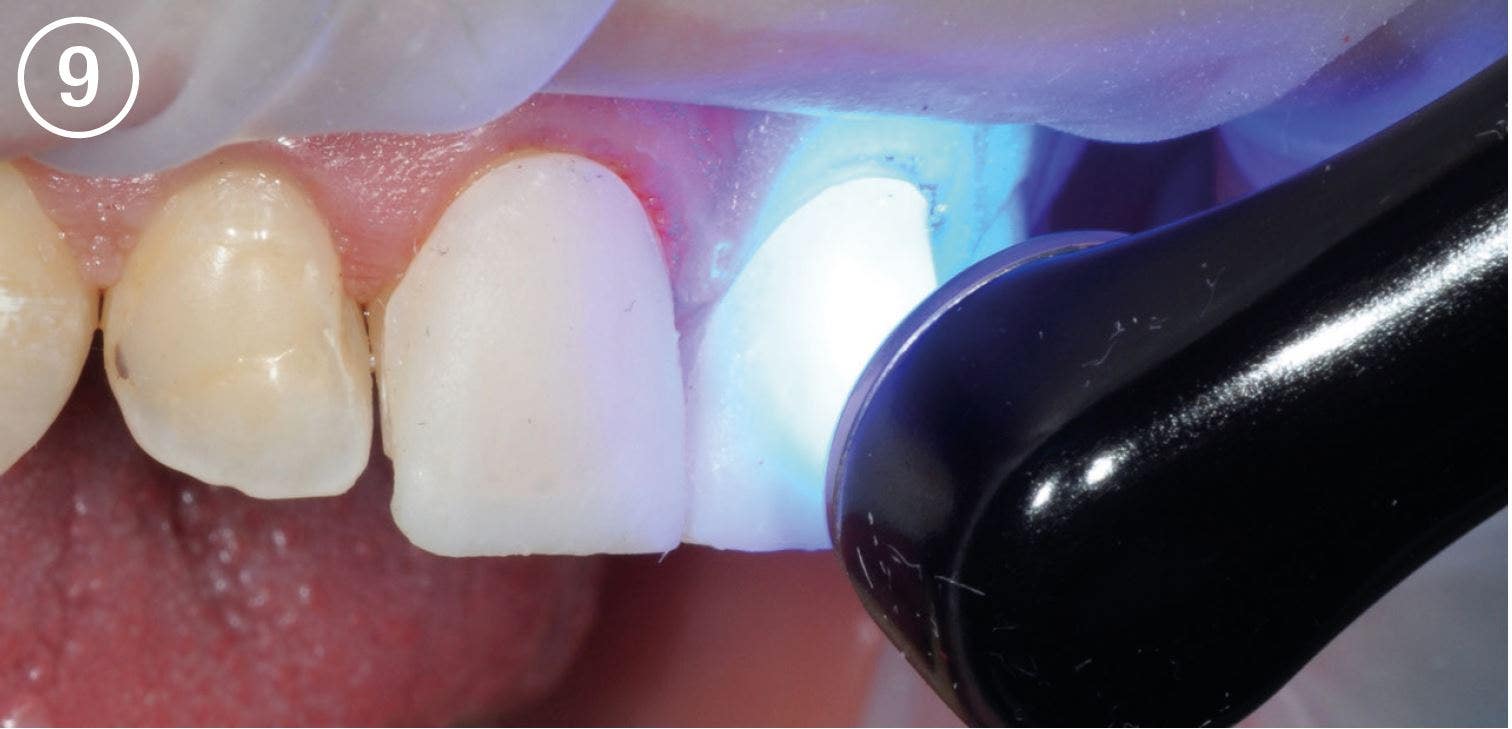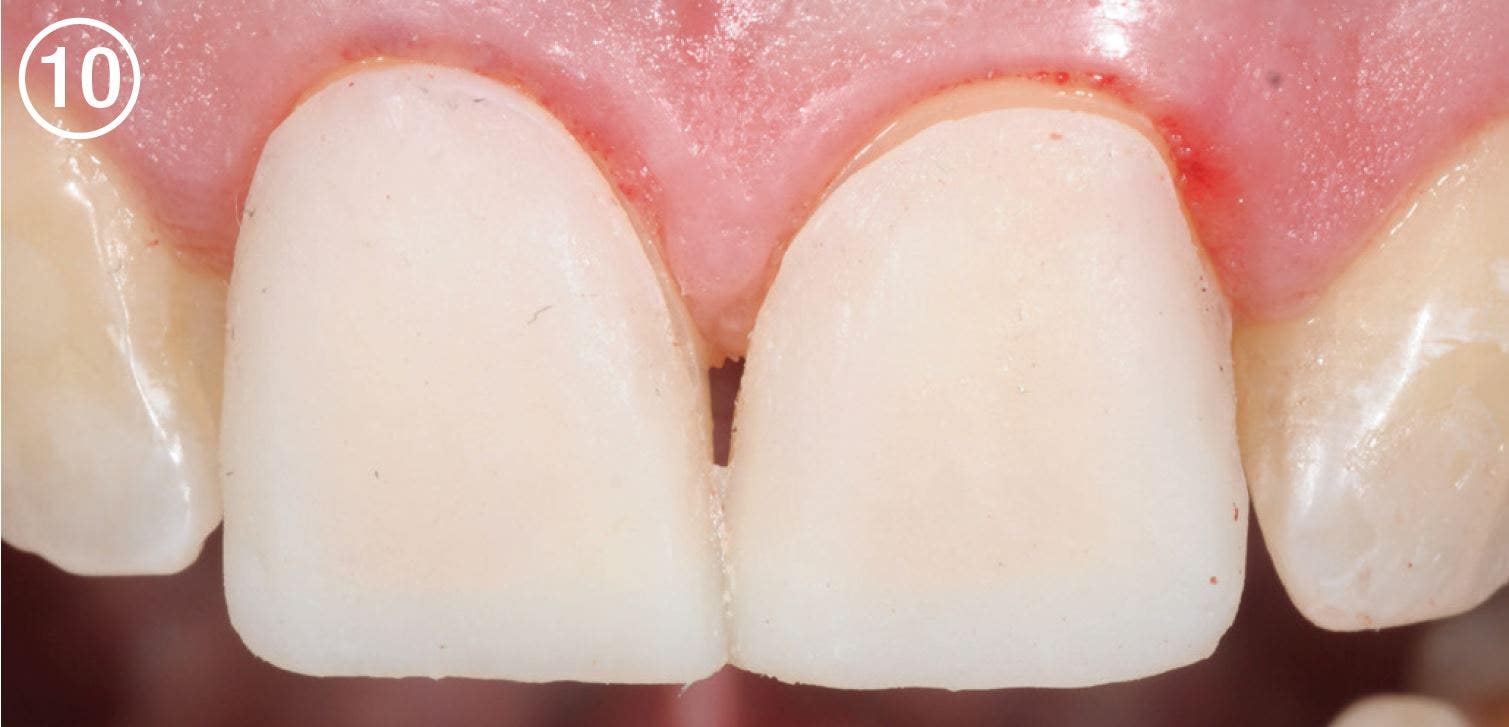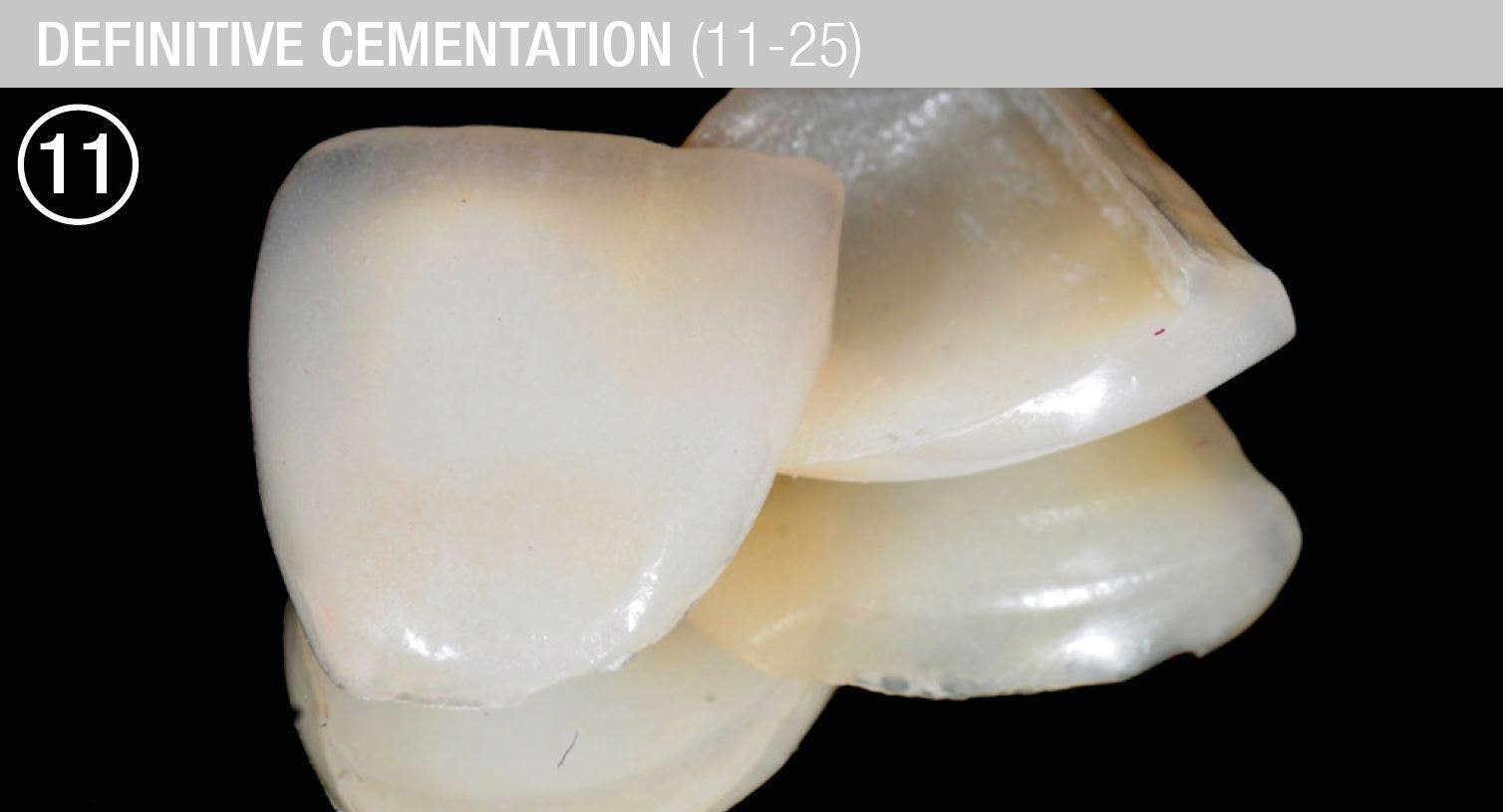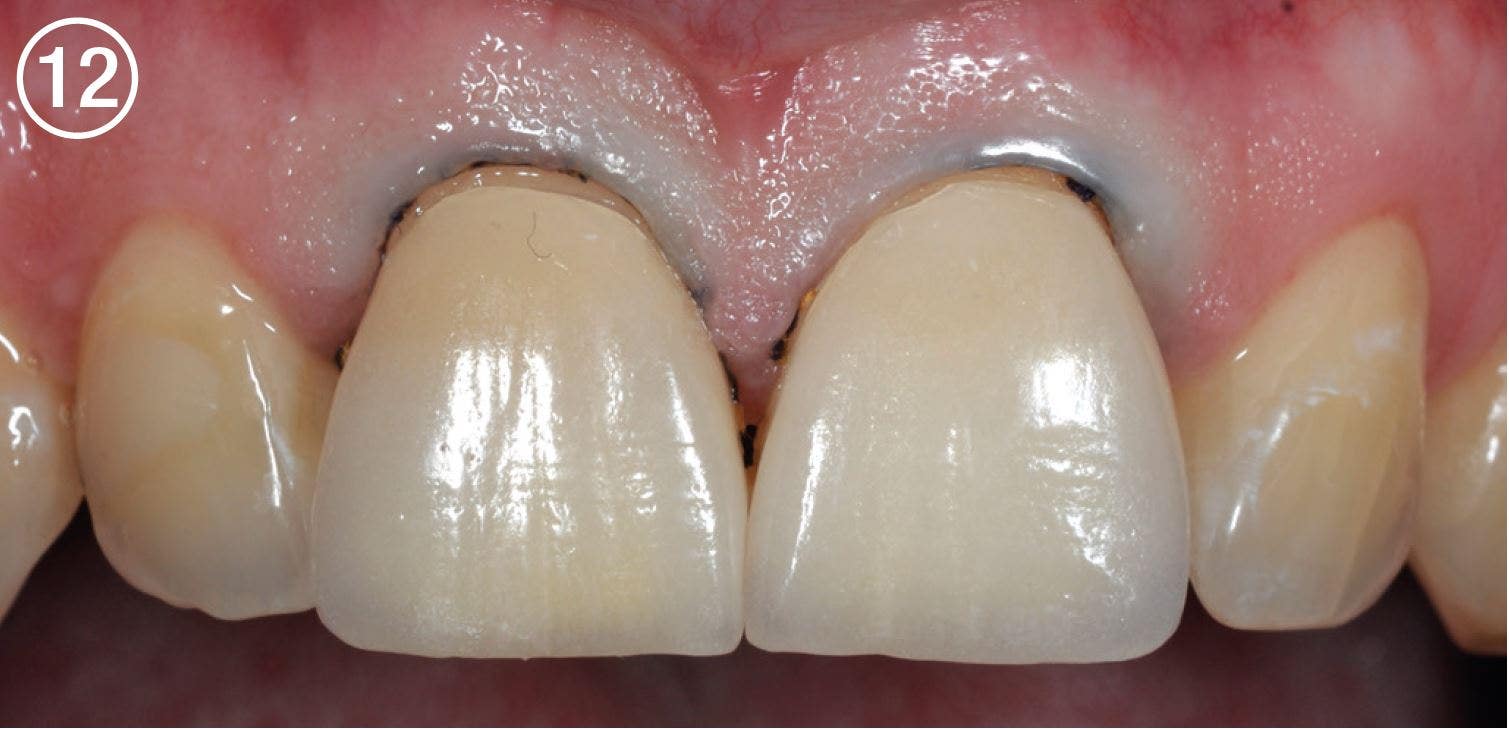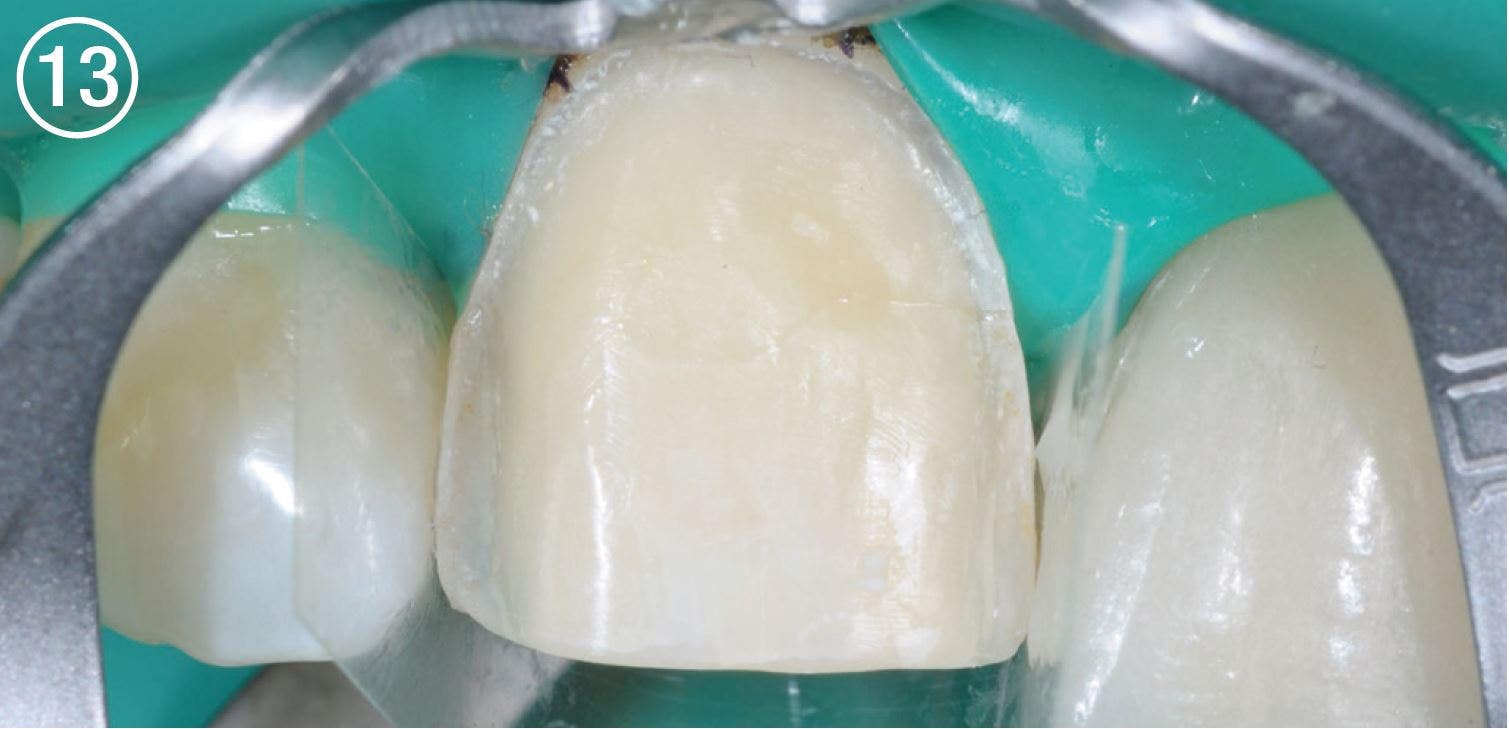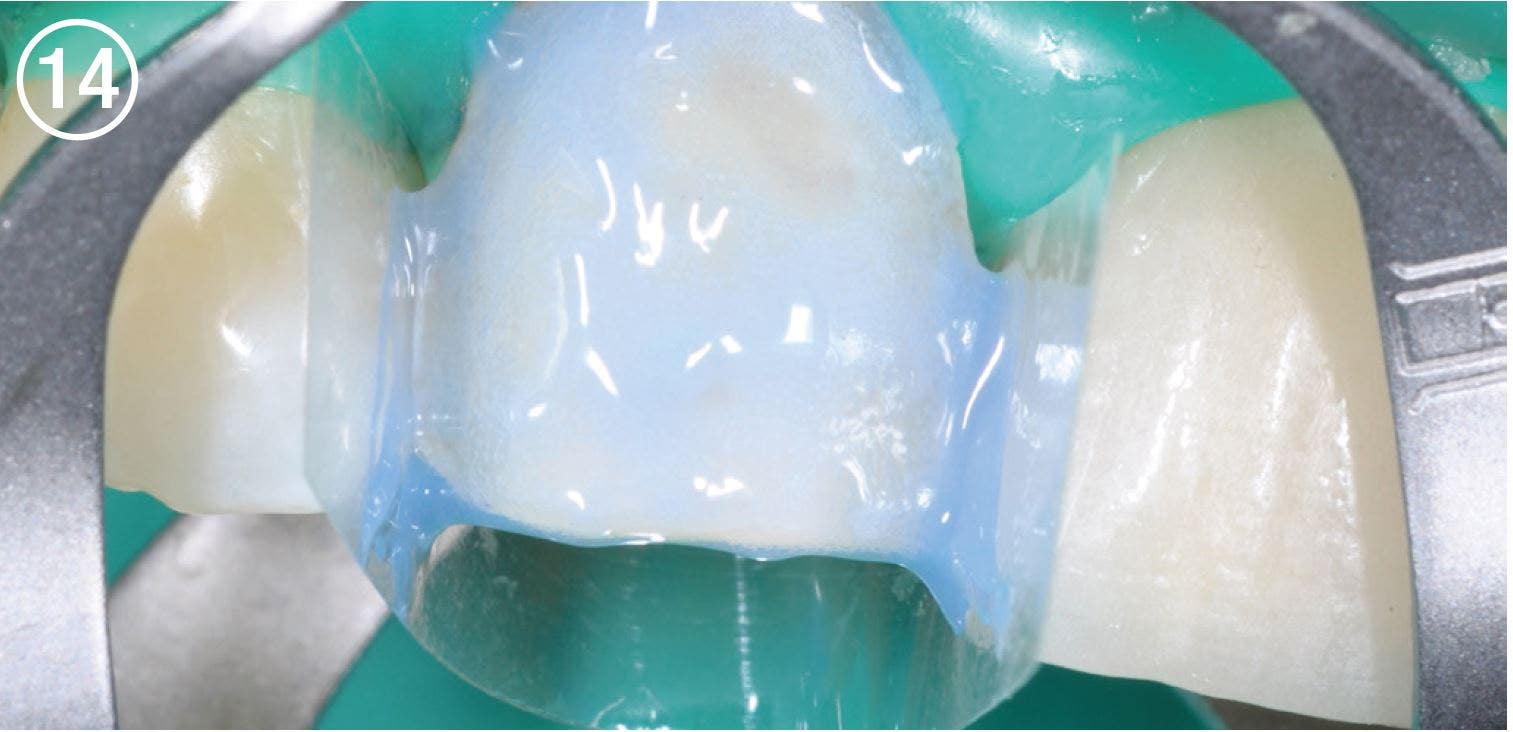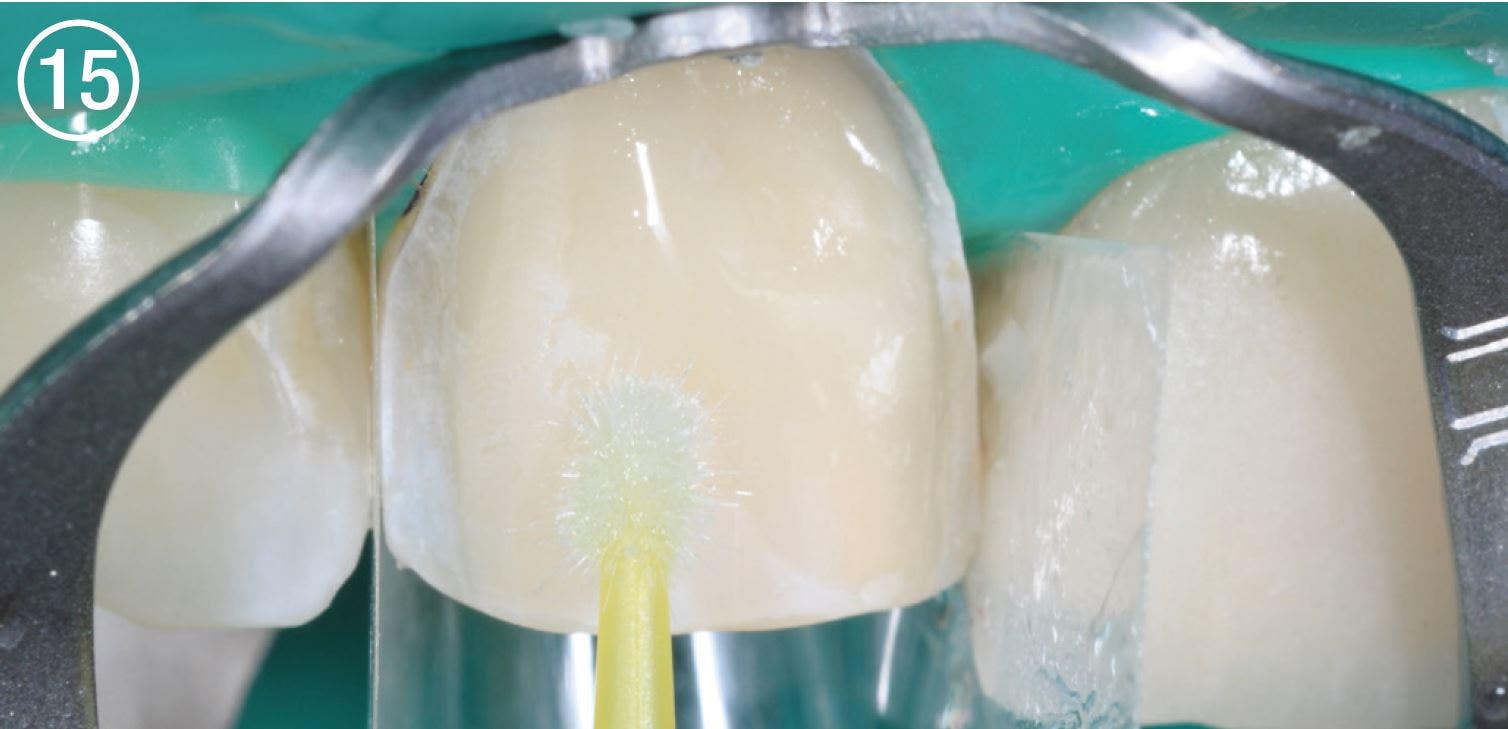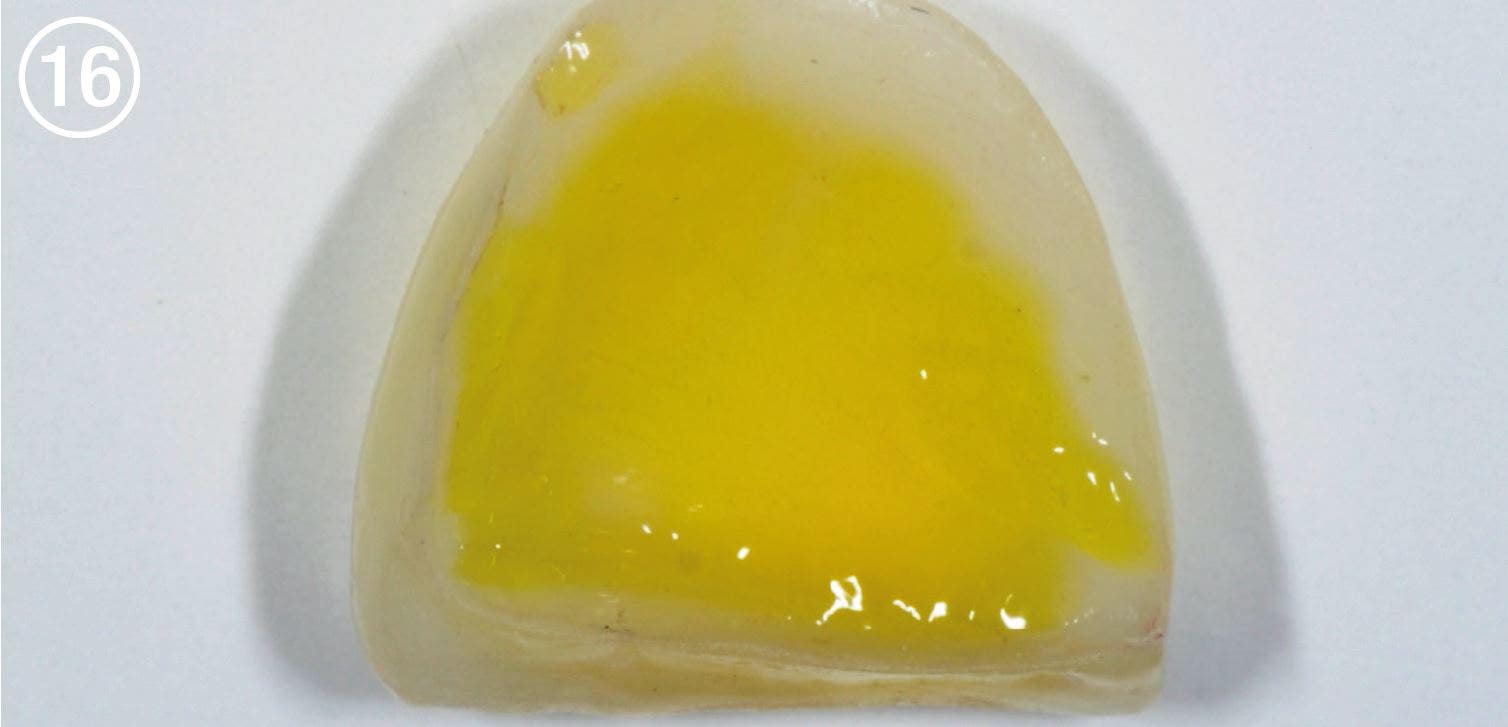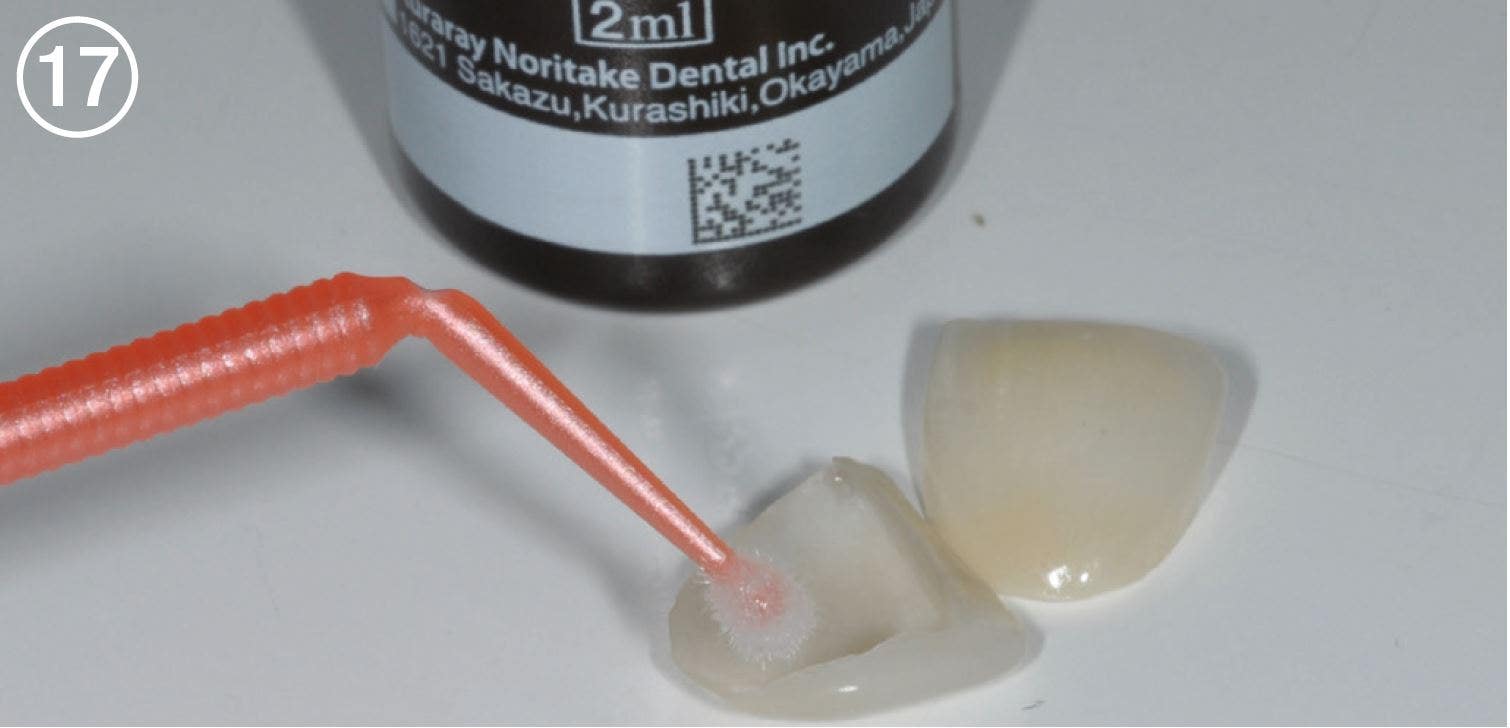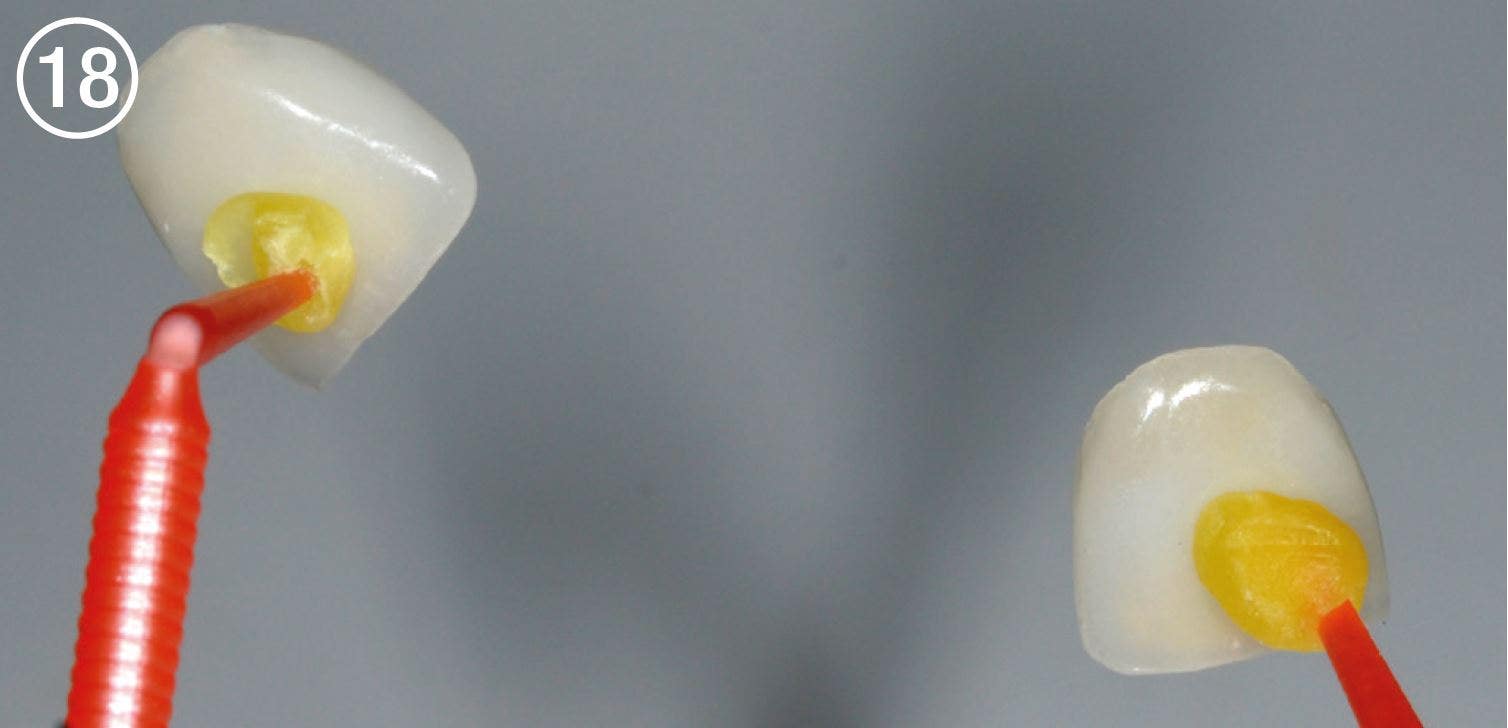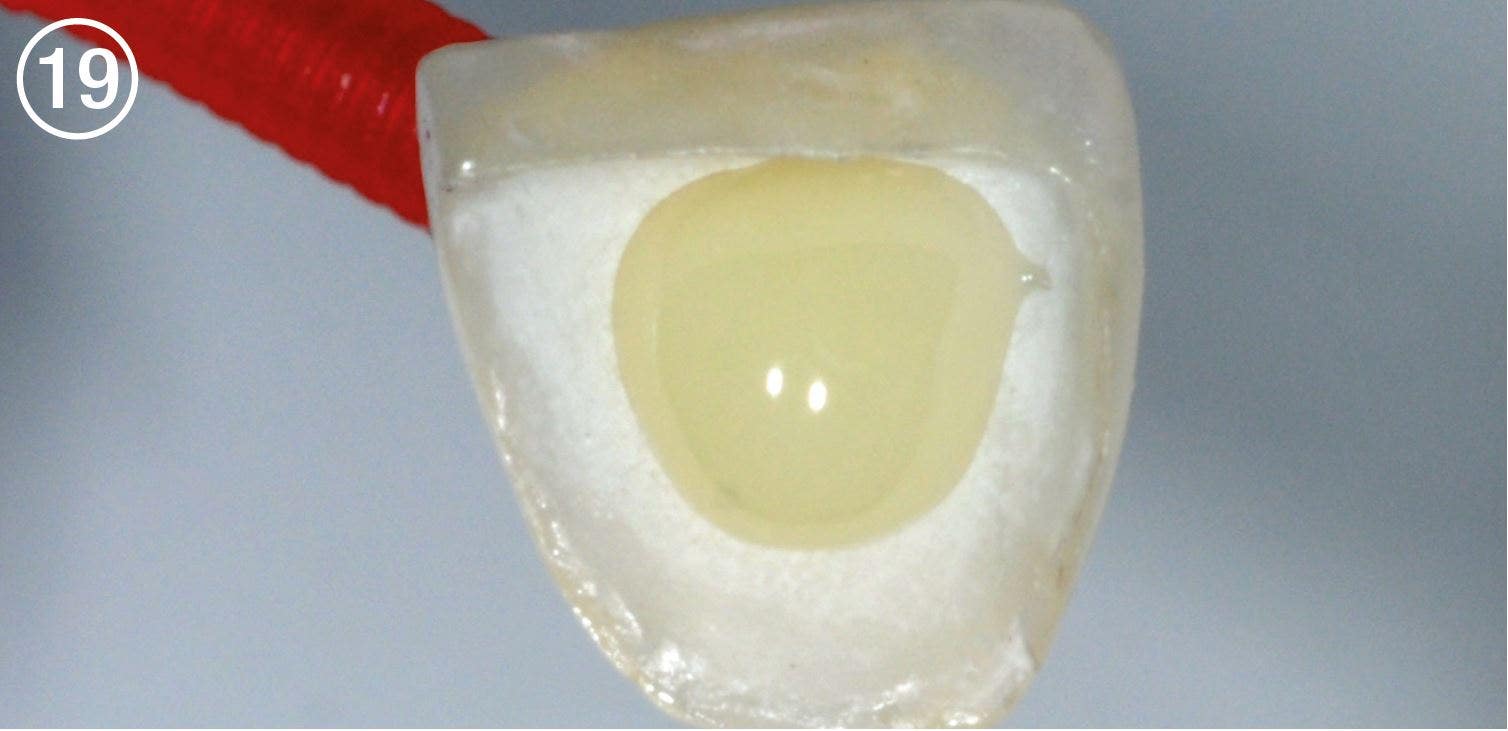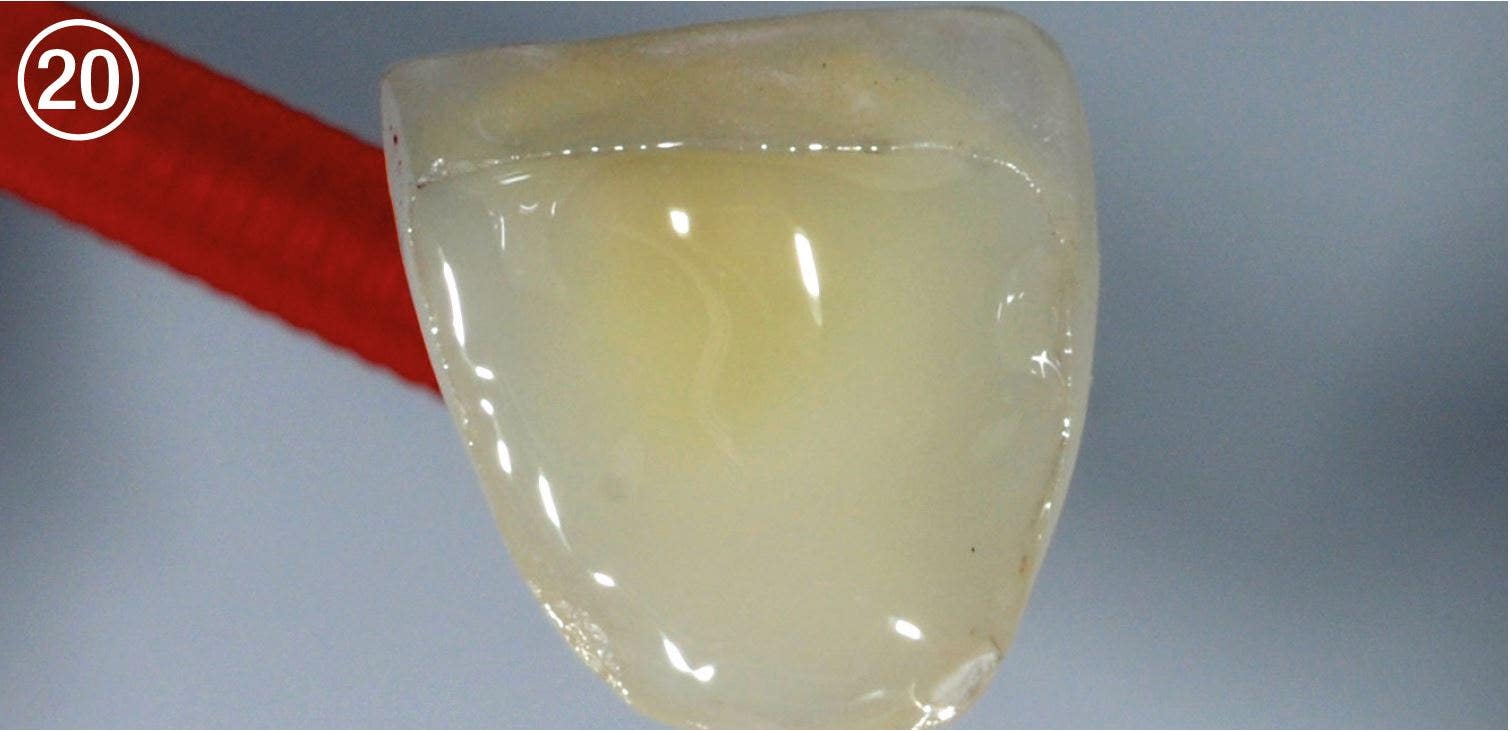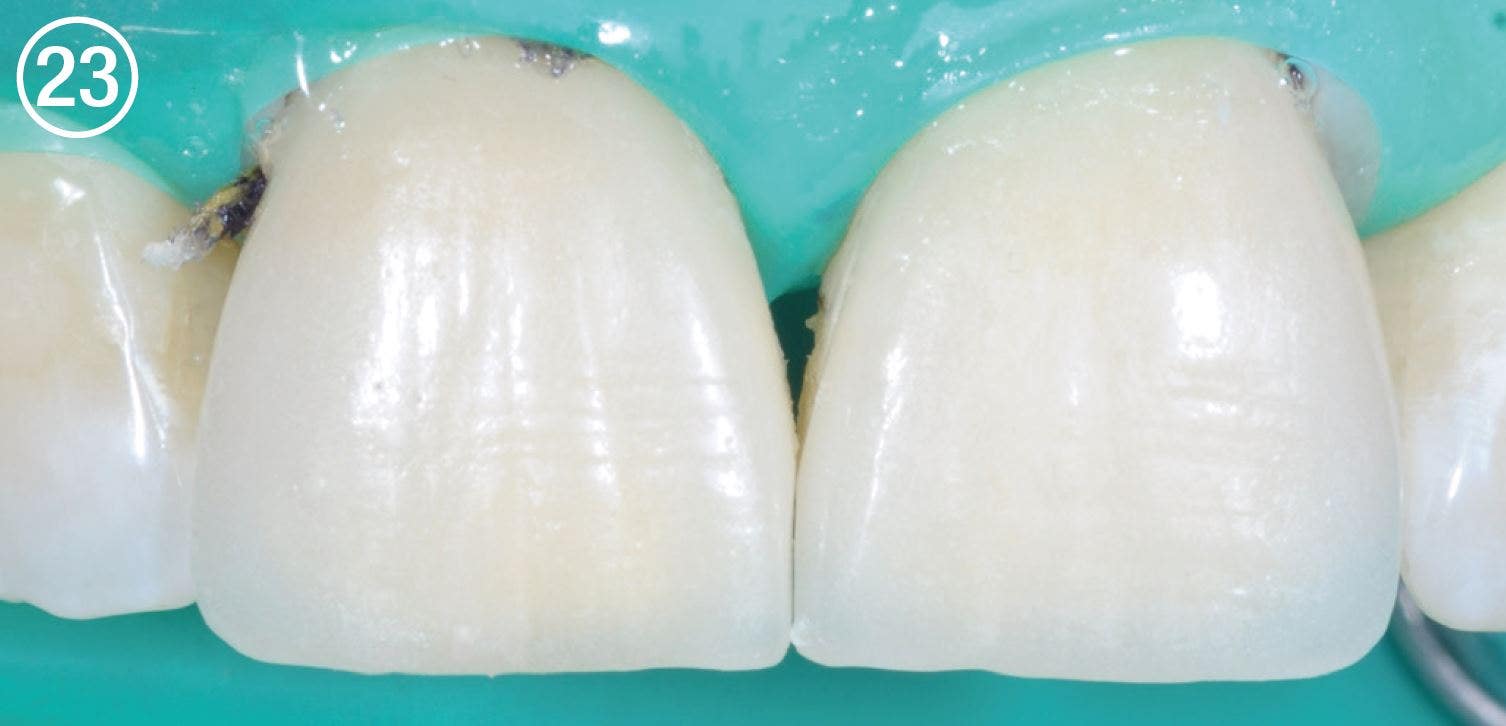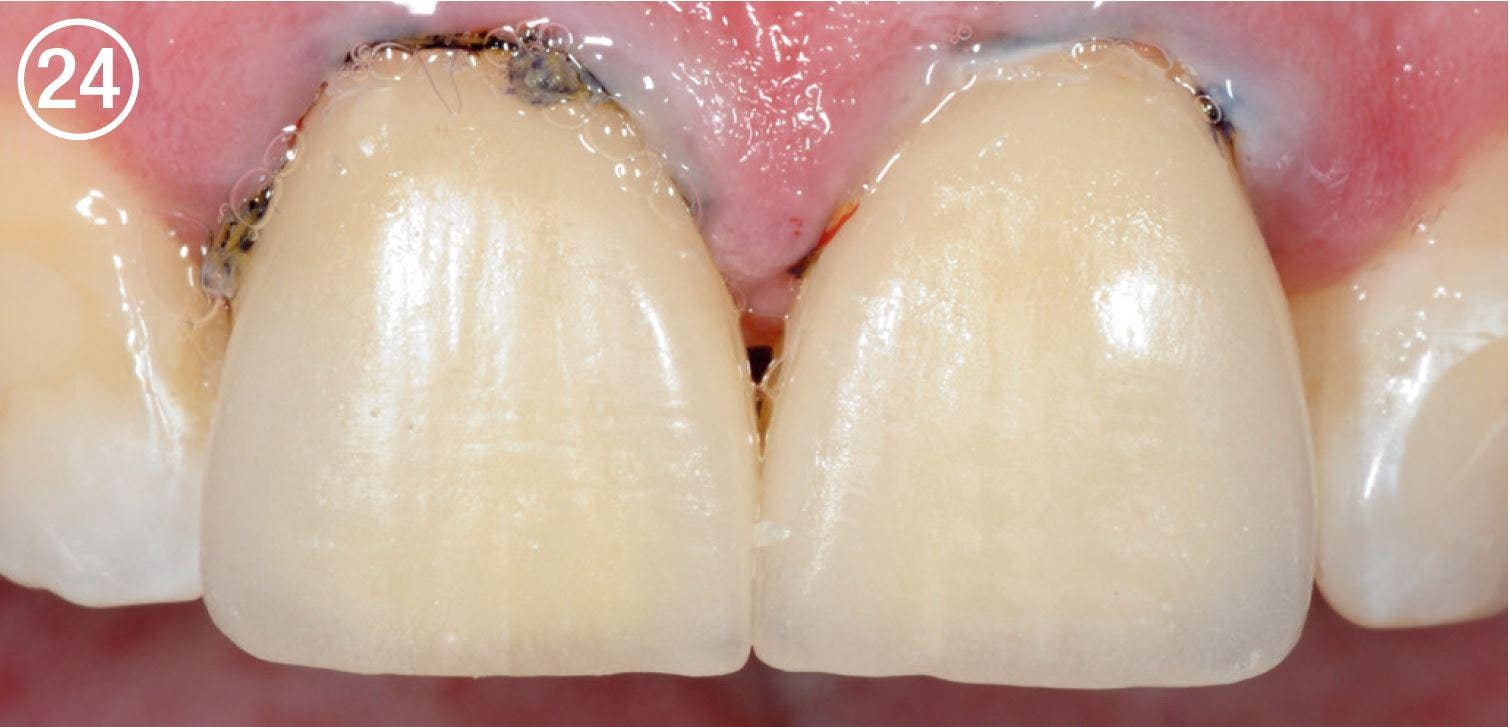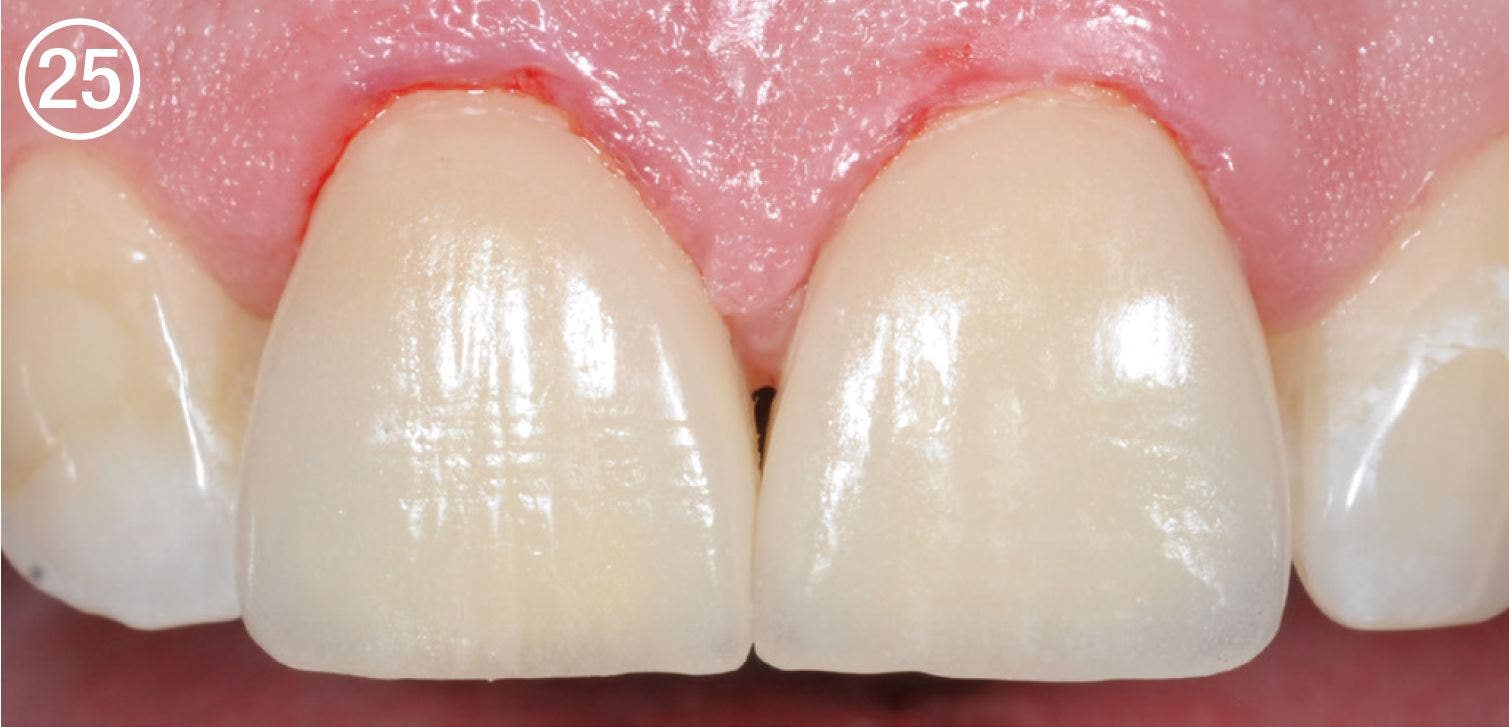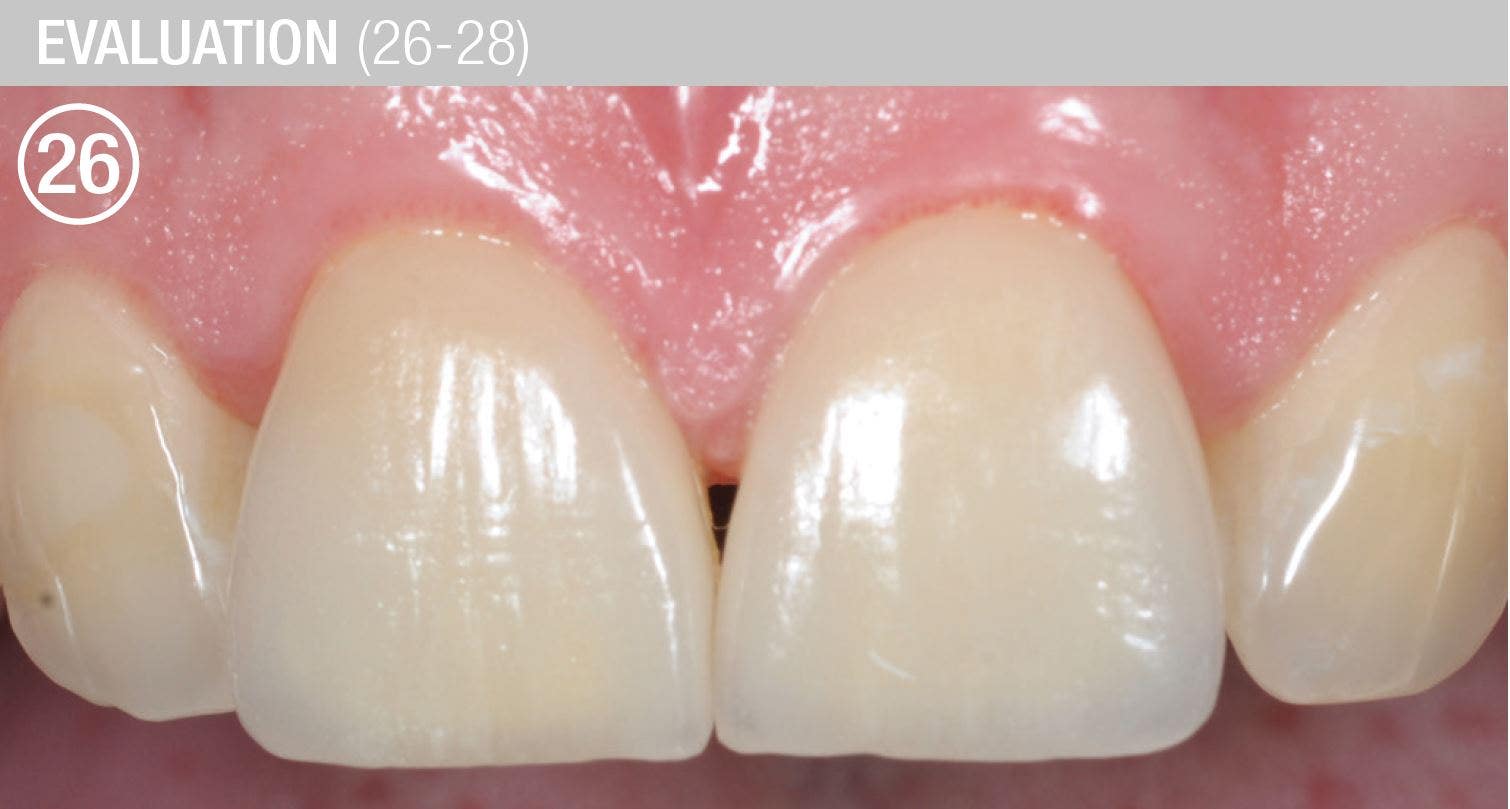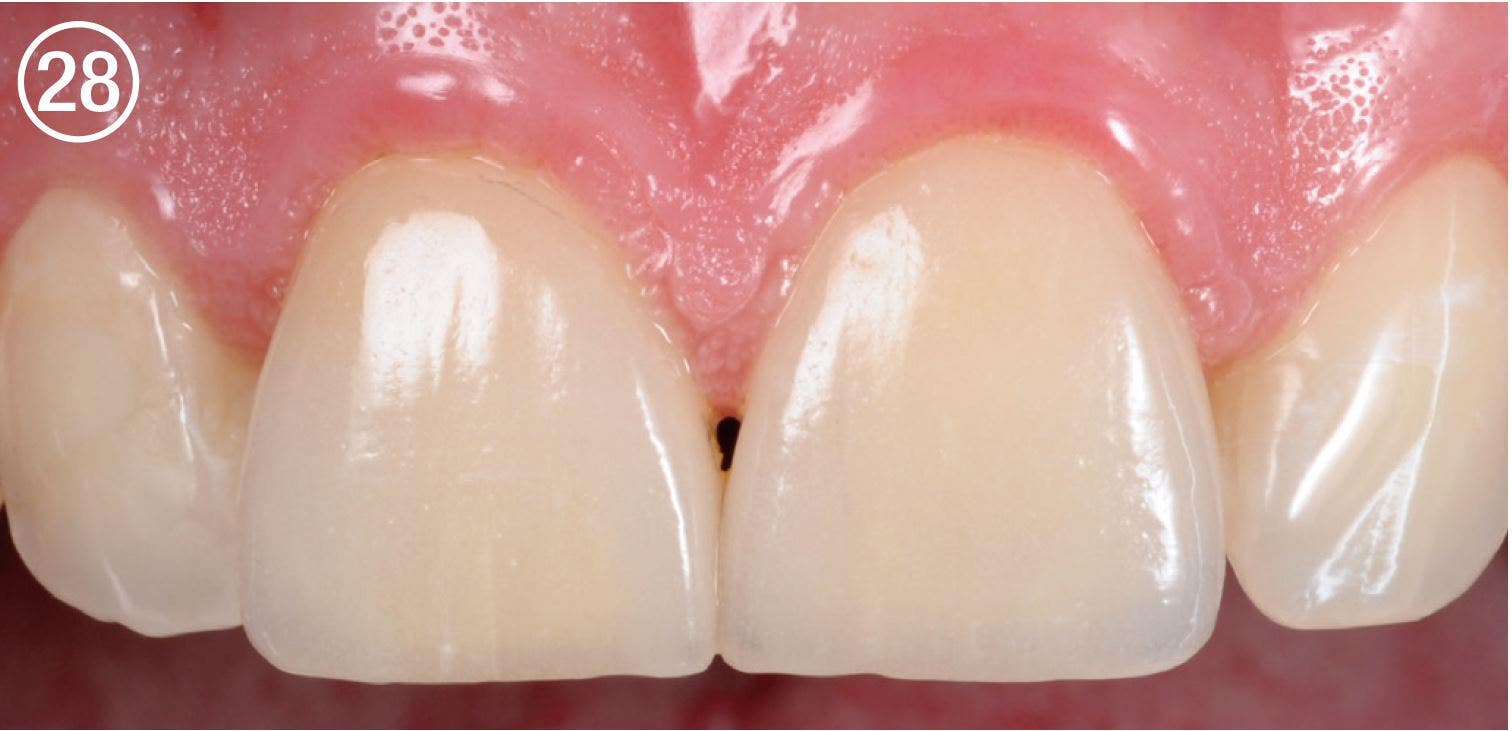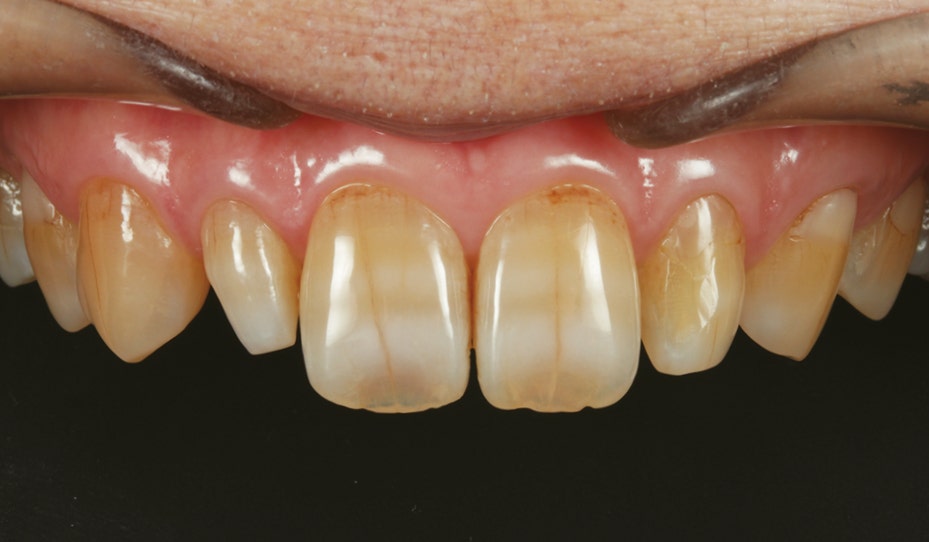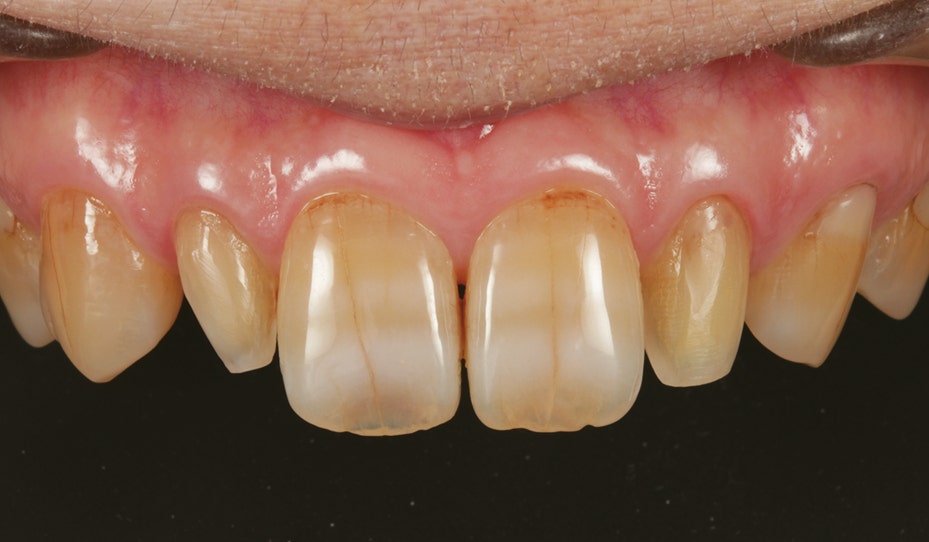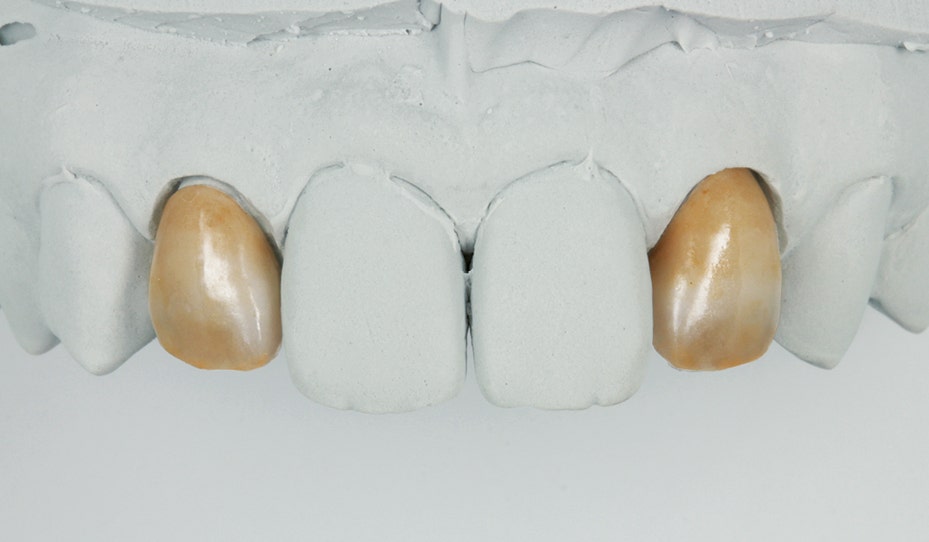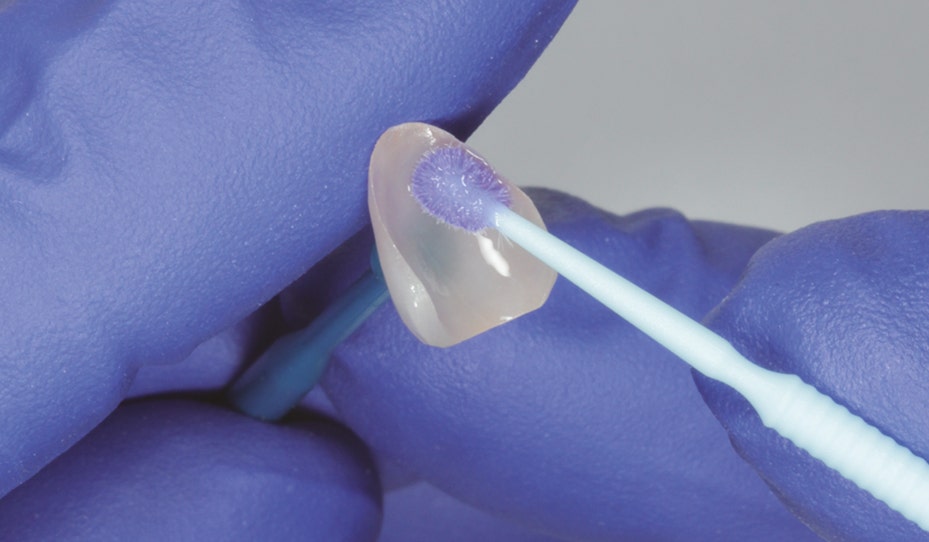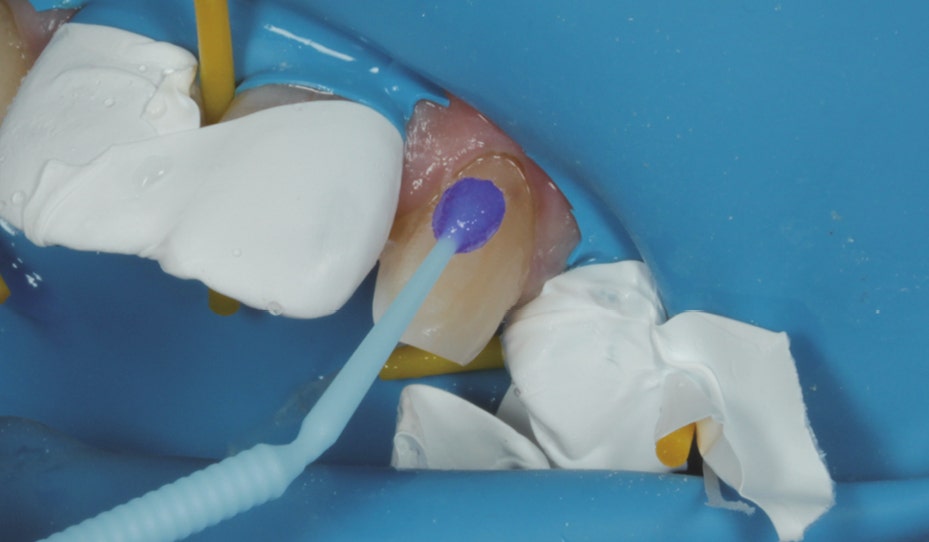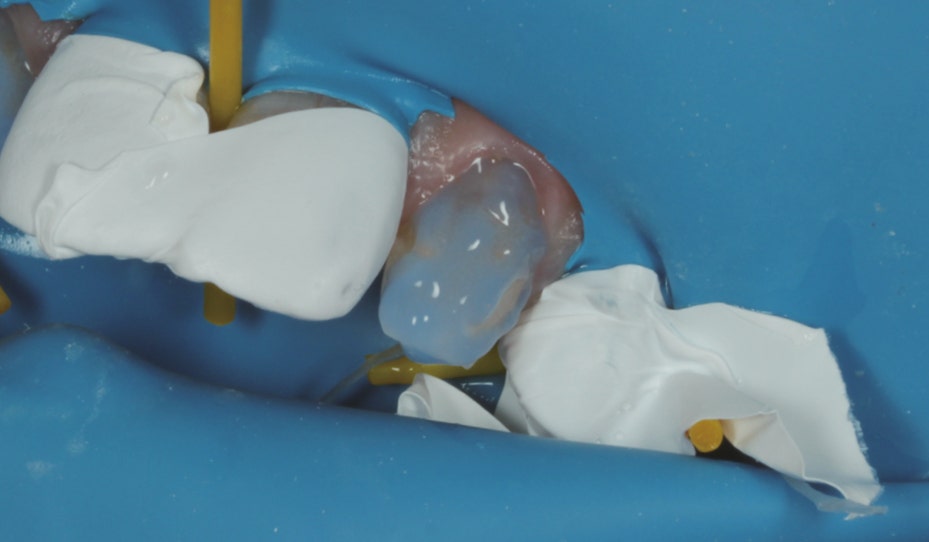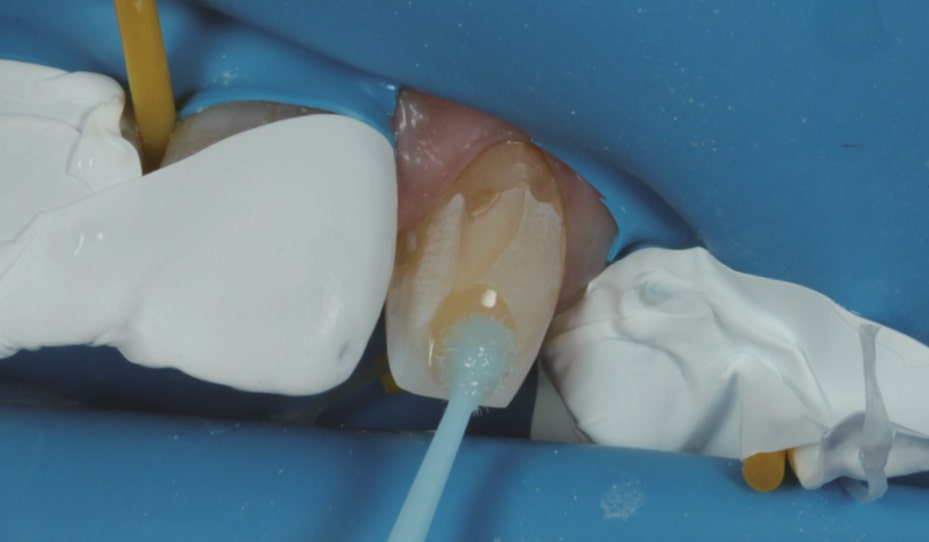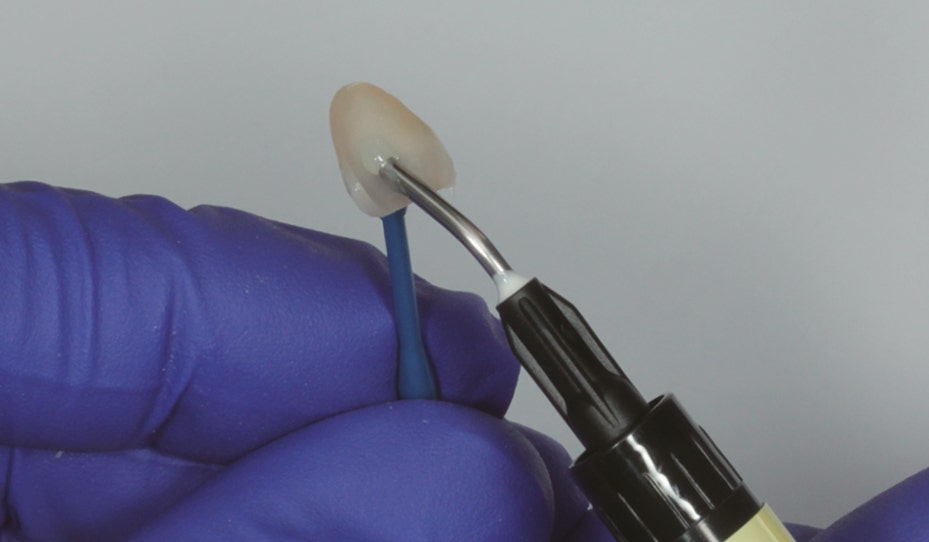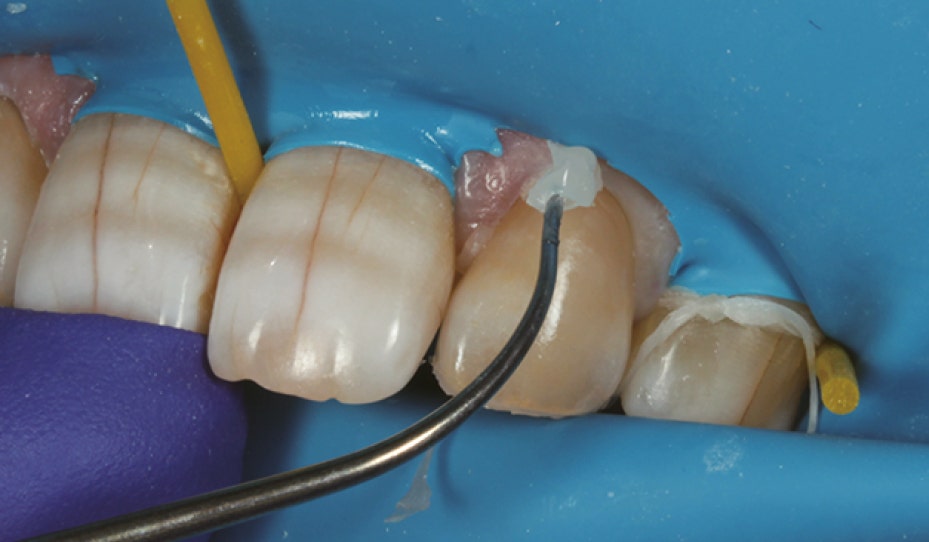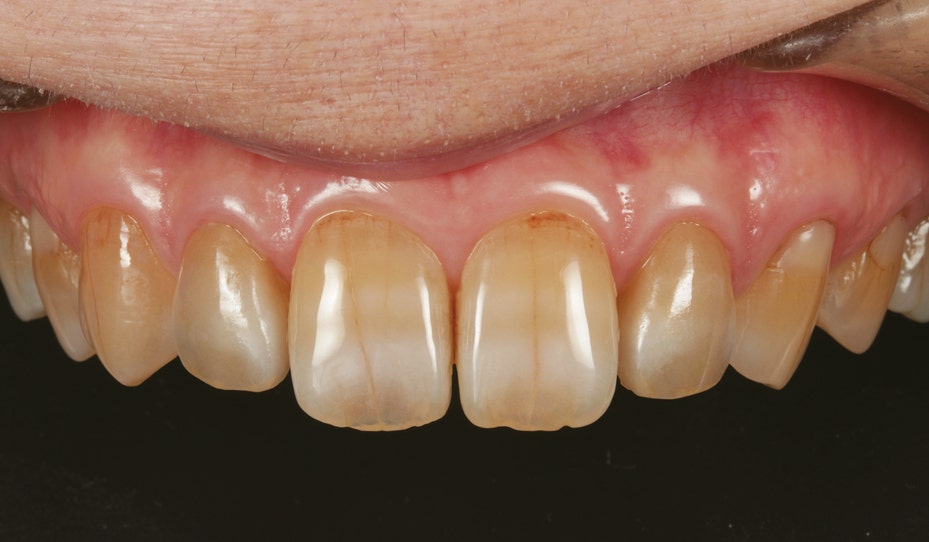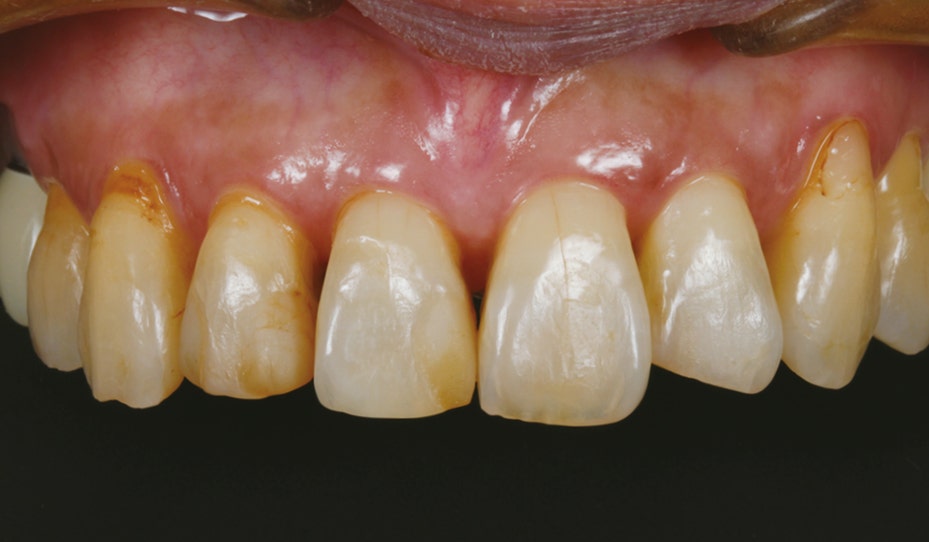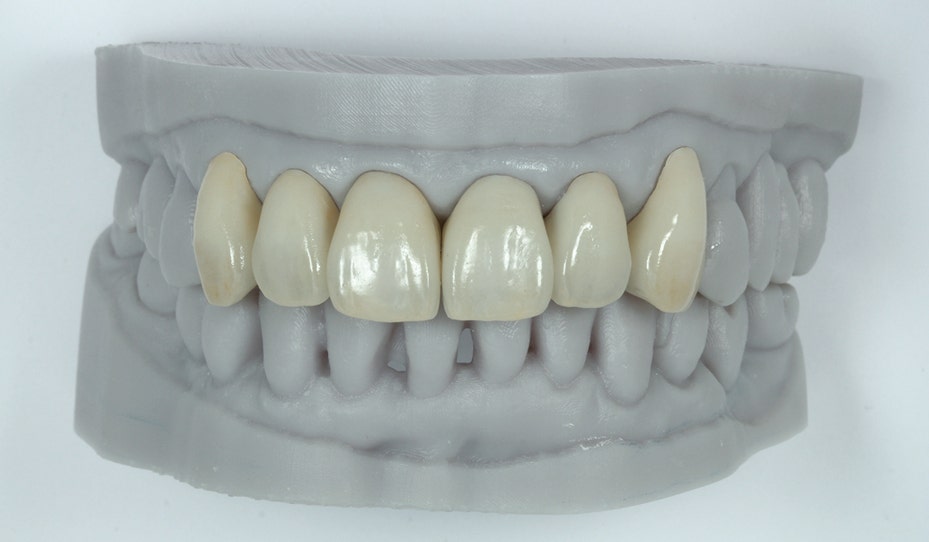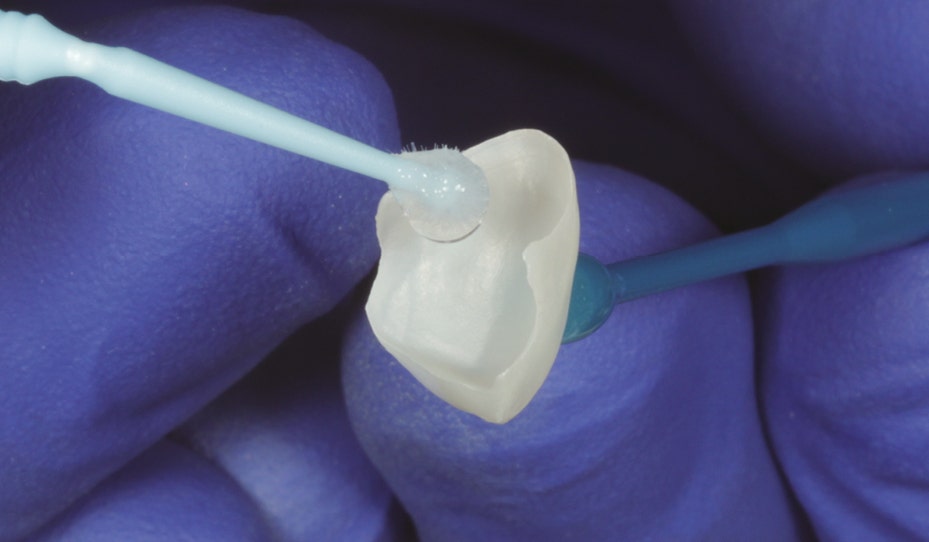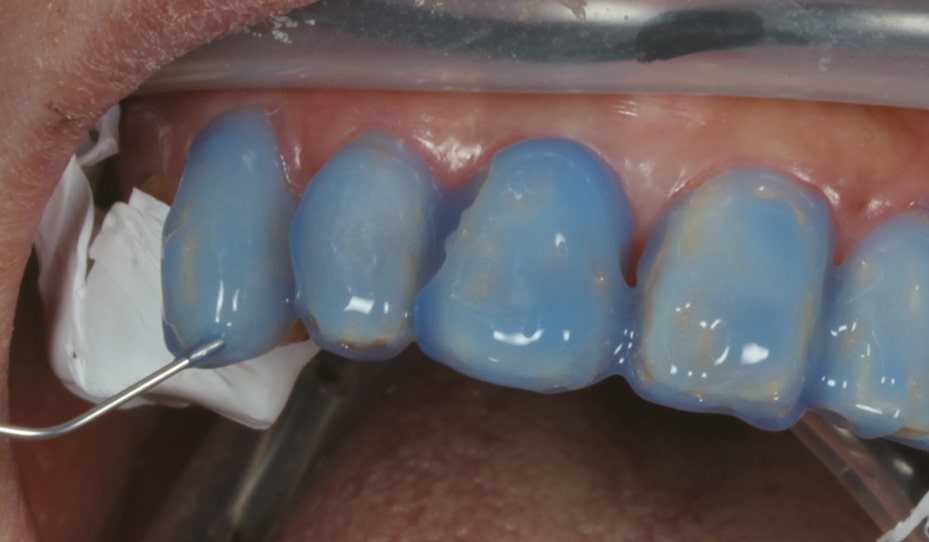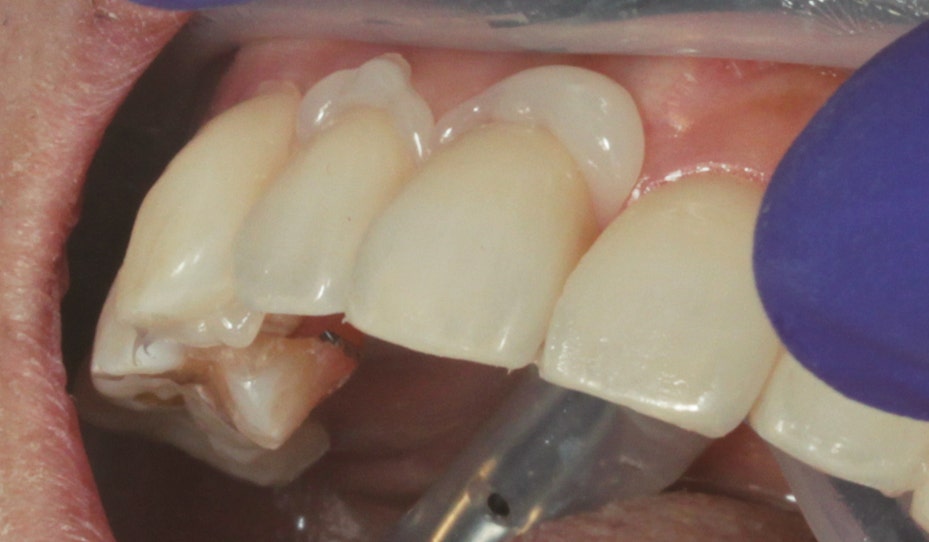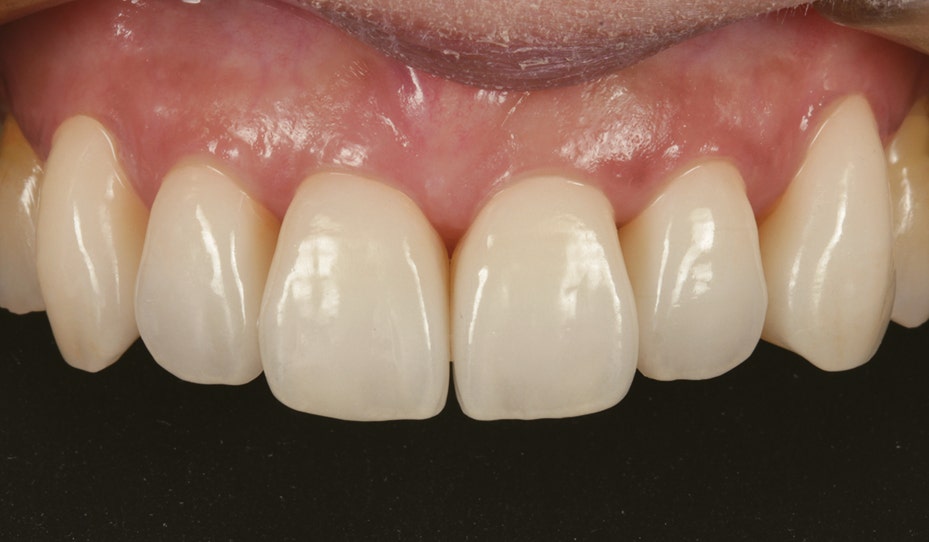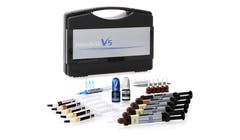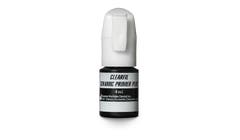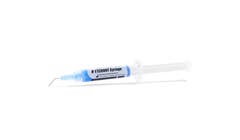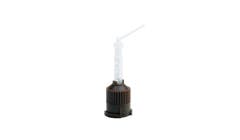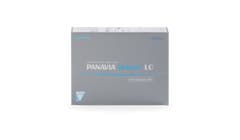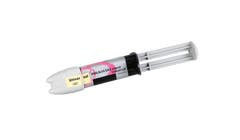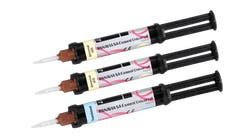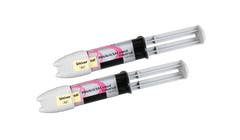A guideline with regard to contemporary materials
The retention of the fixed prosthodontic restorations is a critical factor for the long-term success, as the loss of crown retention is one of the main reasons for failure of crowns and fixed dental prosthesis (FDP) (1, 2). There are three main elements that need to be considered to achieve proper retention of the restorations; the tooth preparation, the restorative material and the luting agent.
TOOTH PREPARATION
During tooth preparation there are some important features to be considered, such as the height, angle and surface texture of the abutment tooth, in order to achieve an adequate retention and resistance form which provide stability of the restorations to resist dislodgment and subsequent loss (3). Retention form is responsible for counteracting tensile stresses, whereas resistance form counteracts shear stresses (4).
In order to achieve a sufficient retention and resistance form for full coverage crowns it is recommended that the height of the abutment tooth should be at least 4 mm and that the optimal convergence angle should range from 6 to 12 degrees with a maximum of 15 degrees (1, 5-8).

RESTORATIVE MATERIAL
With the continuous introduction of new restorative materials to the dental market it is important to take into consideration the different mechanical properties of the various materials. The composition and the surface properties of the material have a decisive role in the ability to accomplish mechanical and/or chemical attachment to the restoration and therefore achieving required retention.
LUTING AGENT
The luting agent is the connection between the tooth and the restoration. Proper luting of indirect restoration is critical in achieving long-term success as it highly influences the retention of the restoration as well as tightly sealing the gap between the restoration and the tooth. Although there are several classifications for the definitive luting agents, they can be , however, classified into two main categories based on the ability to achieve chemical connection to different substrates; conventional (e.g. zinc phosphate, glass-ionomer and resin-modified glass-ionomer cements) and adhesives. Most commonly used and best documented adhesive luting agents are the adhesive composite resin cements.
Composite resin cements can be further classified according to the chemical composition into traditional full-adhesive resin cement and self-adhesive resin cements, both also differ in the bonding procedure. The full-adhesive resin cements require pre-treatment of the tooth structure and restorative material using separate adhesive systems. In this combination of the resin cement and the adhesive system, very durable chemical bonding can be reached.
To simplify the luting procedure and eliminate the need of using several components, the self-adhesive resin cements are a good choice for the daily busy practice, in which reliable bonding can be achieved in only one simple step of cement application, mostly without additional primers or bonding agents.
With the availability of different types of cements, the decision of choosing the suitable luting agent and method can be confusing for the practitioner. Especially with the wide use of contemporary restorative materials such as new generations of highly translucent zirconia as well as reinforced-composites, it is important to take into consideration that the properties of such materials differ highly from metal or earlier generations of zirconia. Subsequently the choice of the luting agent must be appropriate to achieve satisfying results and long-term success. Therefore, in this article, the authors aim to provide insights for the clinicians on choosing the correct luting agent that can help achieve satisfactory results for the dentist as well as the patients.
CONVENTIONAL CEMENTATION OR ADHESIVE LUTING?
The choice of whether to use a conventional cement or an adhesive resin cement depends on several factors, the key factors are:
- Retention and resistance form of the abutment tooth.
- Mechanical and optical properties of the restorative material (flexural strength and translucency).
- Simplicity of the workflow and special requirements of the working environment.
1) RETENTION AND RESISTANCE FORM OF THE ABUTMENT TOOTH
Minimal-invasive restorations, such as resin-bonded FDP, labial and occlusal veneers and inlay-retained FDP are based on a non-retentive preparation form. In this case the only possible method to achieve retention is the adhesive luting (9-11).
Even though such preparations completely lack a retentive form, long-term success of the restorations is well-documented when using a durable resin cement (e.g. PANAVIA™ 21, Kuraray Noritake Dental Inc., Japan) and proper bonding procedure (10, 11).
For full-coverage restorations (e.g. crowns and FDPs), the guidelines for tooth preparation discussed before (minimum height of 4 mm and maximum convergence of 15 degrees) need to be applied in order to achieve the retention and resistance form required to make cementation with a conventional luting agent acceptable.
However, in reality this retention form is hard to realize due to several factors.
In cases of severe loss of tooth substance, achieving a minimum height of the abutment tooth is only possible with building up the tooth using a core build-up material which in some cases can be considered time consuming especially when the required build-up is minor (for example 1-2 mm). Moreover, increasing the height through core build-up is sometimes not possible, as in cases with short clinical crowns and insufficient occlusal clearance that is essential to provide the minimum thickness required for the restorative material. In such cases surgical crown lengthening is necessary to increase the height of the tooth without compromising the occlusal space required, which can be time consuming for the clinician and undesirable for the patient as it involves a surgical procedure and extends the treatment process.
Concerning the convergence angle, several studies showed that in reality and in daily practice of the dentist, the preparation angle is much higher than 15 degrees (5, 6, 12, 13). For instance, preparations from general practitioners were evaluated digitally and compared to clinical recommendations and it was found that the mean convergence angle was 26.7 degree with the distopalatal angle being 31.7 degree (12).
Based on the previous concerns, it can be concluded that achieving a proper retention form during daily practice is hard to realize and thus conventional cementation in such cases can present clinical problems especially on the long term. Therefore, adhesive luting can be recommended in these cases as an alternative to conventional cementation (6, 14). For full-coverage restorations with preparation designs featuring at least some mechanical retention, the use of self-adhesive resin cements can be considerate a good alternative as it provides high clinical success rates (9, 15).
Conclusion / Clinical Significance:
- For non-retentive minimal-invasive restorations, traditional full-adhesive luting is a must.
- For full-coverage restorations, full-adhesive or self-adhesive luting is recommended.
- In case a retentive preparation with minimum height of 4mm and convergence angle of 6-12 degrees, adhesive luting as well as conventional cementation can be used.
2) MECHANICAL AND OPTICAL PROPERTIES OF THE RESTORATIVE MATERIAL
Flexural strength and translucency of the restorative material are critical factors that influence the decision which luting agent to use.
a) Flexural strength
As a general guideline for all-ceramic restorations, ceramics with low and medium flexural strength under 350 MPa should be adhesively luted with composite resin cements, as these restorations rely on resin bonding for reinforcement and support (9, 14, 16). This includes feldspathic-, glass-, hybrid-ceramics and composite.
Although discussions on conventional cementation versus adhesive luting for high-strength ceramics with flexure strength of more than 350 MPa have been going on for a long time (9), there are several studies showing an increased stability and strength of all types of ceramics, even lithium disilicate and zirconia, when they are adhesively luted (9, 17-20).
It is also important to consider that the documented success of most conventional cements is mainly combined with restorations made of metal or early generations of zirconia. Nonetheless, the clinical success of new generations of high-translucent zirconia can be significantly influenced by the luting agent as these new generations have notably lower flexural strength (9). And therefore, attention has to be paid to minimal material thickness together with adhesive luting to ensure long-term clinical success and prevent fractures (9).
Conclusion / Clinical Significance:
- For glass-ceramic, hybrid-ceramics and composites, adhesive luting is a must.
- For lithium disilicate and zirconia restorations, adhesive luting is highly recommended.
- For metal restorations, adhesive luting as well as conventional cementation can be used.

b) Translucency
To meet the increasing esthetic demands of the patients, new materials and techniques are continuously introduced, aiming to provide the perfect esthetic restorations. This includes not only new restorative materials but also new modifications to the luting agents as well. Highly translucent ceramics can deliver superior esthetics and therefore their popularity and clinical applications expanded widely among clinicians. It is nevertheless very important for the clinician to apprehend that the final esthetic result is influenced by the complete restorative complex and not just by the restorative material, as the luting agent is a key factor in achieving the desired high esthetics (21-24).
For that reason, the choice of an opaque conventional cement for cementation of high-translucent restoration should not be recommended as it can negatively influence the final esthetic results. Therefore, composite resin cements are the material of choice, as they are available in different shades and translucencies for the clinician to be able to choose the suitable resin cement to achieve the desired esthetics based on the restorative material and thickness as well as the color of the underlying abutment. Some composite resin cements offer try-in paste so that the clinician and the patient can visualize the final results before luting and therefore better choose the appropriate shade of the resin cement.
Conclusion / Clinical Significance:
- For all translucent ceramic restorations, adhesive luting is highly recommended.
- For metal and opaque high-strength zirconia restorations, adhesive luting as well as conventional cementation can be used.
3) SIMPLICITY OF THE WORKFLOW AND SPECIAL REQUIREMENTS OF THE WORKING ENVIRONMENT
The process of adhesive luting with full-adhesive composite resin cements (e.g. PANAVIA™ V5, Kuraray Noritake Dental Inc.) requires separate etching and priming procedures usually using a self-etch adhesive system (e.g. PANAVIA™ V5 Tooth Primer, Kuraray Noritake Dental Inc.) as well as a primer for the restorative material such as a universal primer that can be used for different substrates including metal, ceramics and composites (e.g. CLEARFIL™ CERAMIC PRIMER PLUS, Kuraray Noritake Dental Inc.). These procedures are technique sensitive and intolerant to contaminations, therefore the luting process needs a dry oral environment avoiding any contamination, such as saliva or blood, preferably using rubber dam, as any contamination can compromise the bond strength. Therefore, inability to maintain dry field as in case of subgingival preparation margins is considered a contraindication for traditional full-adhesive luting. However, this method provides very durable bond strength, therefore it is the luting method of choice for minimal invasive non-retentive preparations, such as resin-bonded FDPs, labial and occlusal veneers and inlay-retained FDPs, in which the retention is mainly dependent on the adhesion (9-11).
Still, in everyday practice, clinicians seek efficiency and effectivity by using a simple but durable luting agent for the insertion of full-coverage restorations such as tooth-or implant-supported crowns and FDPs. Although the conventional cements are simple and fast in their use, they provide little or no adhesion at all and therefore they are not recommended in several cases (6, 9, 14, 15, 19, 20). A simple but reliable method can be well accomplished by the use of self-adhesive resin cements (e.g. PANAVIA™ SA Cement Universal, Kuraray Noritake Dental Inc.) as they can be considered the best alternative for full-adhesive adhesive luting in less critical situations that do not rely entirely on adhesion (9, 15). Furthermore, self-adhesive resin cements are not as technique sensitive and intolerant to contaminations as traditional full-adhesive resin cements.

Typically, a MDP phosphate monomer is integrated in the self-adhesive resin cement, which is required to chemically bond to different substrates, making it possible for the resin cement to chemically bond to non-precious metals and zirconia as well as tooth substance. However, regardless of the self-adhesive resin cement, the use of a separate silane coupling agent is still required when bonding to silica-based ceramics (e.g. leucite, lithium silicate and lithium disilicate), hybrid ceramics and composite restorations.
Recently, a unique self-adhesive resin cement (PANAVIA™ SA Cement Universal, Kuraray Noritake Dental Inc.) was introduced: through an innovative and distinctive production technology, a silane-coupling agent (long carbon chain silane (LCSi)) is integrated in the cement, and thus being the real universal adhesive system that completely eliminate the need for any other adhesive or primer when being used for all substrates including glass ceramics. So the luting process can be in this case truly shortened to one step.
Therefore, this unique cement combines several advantages of adhesive luting as well as the straightforward procedure of the conventional cementation without compromising the clinical success, regardless of the type of the restorative material.
As a conclusion, adhesive luting has more benefits over conventional cementation, regarding retention, esthetics, stabilization of the tooth and the restoration as well as preventing micro leakage (6, 9, 14-17, 19, 20, 25, 26) (Table 1). Moreover, there are no absolute contraindications for adhesive luting other than hypersensitivity to methacrylate monomers, as self-adhesive resin cements can be used in cases where full-adhesive resin cements are contraindicated, such as inability to avoid contamination (Table 2). As a result, adhesive luting can be generally used in every clinical situation, whereas conventional cementation is limited (Table 3).

Dentist(s):

Prof. Dr. Florian Beuer
Professor and Chair, Department of Prosthodontics, Geriatric Dentistry and Craniomandibular Disorders, Charité – Universitätsmedizin Berlin, Germany.

Dr. Adham Elsayed
Clinical and Scientific manager, Kuraray Europe GmbH, Hattersheim, Germany.
References
1. Ladha K, Verma M. Conventional and contemporary luting cements: an overview. J Indian Prosthodont Soc. 2010;10(2):79-88.
2. Schwartz NL, Whitsett LD, Berry TG, Stewart JL. Unserviceable crowns and fixed partial dentures: life-span and causes for loss of serviceability. J Am Dent Assoc. 1970;81(6):1395-401.
3. Gilboe DB, Teteruck WR. Fundamentals of extracoronal tooth preparation. Part I. Retention and resistance form. J Prosthet Dent. 1974;32(6):651-6.
4. Muruppel AM, Thomas J, Saratchandran S, Nair D, Gladstone S, Rajeev MM. Assessment of Retention and Resistance Form of Tooth Preparations for All Ceramic Restorations using Digital Imaging Technique. J Contemp Dent Pract. 2018;19(2):143-9.
5. Edelhoff D, Özcan M. To what extent does the longevity of fixed dental prostheses depend on the function of the cement? Working Group 4 materials: cementation. Clin Oral Implants Res. 2007;18 Suppl 3:193-204.
6. Güth JF, Stawarczyk B, Edelhoff D, Liebermann A. Zirconia and its novel compositions: What do clinicians need to know? Quintessence Int. 2019;50(7):512-20.
7. Smith CT, Gary JJ, Conkin JE, Franks HL. Effective taper criterion for the full veneer crown preparation in preclinical prosthodontics. J Prosthodont. 1999;8(3):196-200.
8. Uy JN, Neo JC, Chan SH. The effect of tooth and foundation restoration heights on the load fatigue performance of cast crowns. J Prosthet Dent. 2010;104(5):318-24.
9. Blatz MB, Vonderheide M, Conejo J. The Effect of Resin Bonding on Long-Term Success of High-Strength Ceramics. J Dent Res. 2018;97(2):132-9.
10. Chaar MS, Kern M. Five-year clinical outcome of posterior zirconia ceramic inlay-retained FDPs with a modified design. J Dent. 2015;43(12):1411-5.
11. Kern M, Passia N, Sasse M, Yazigi C. Ten-year outcome of zirconia ceramic cantilever resin-bonded fixed dental prostheses and the influence of the reasons for missing incisors. J Dent. 2017;65:51-5.
12. Guth JF, Wallbach J, Stimmelmayr M, Gernet W, Beuer F, Edelhoff D. Computer-aided evaluation of preparations for CAD/CAM-fabricated all-ceramic crowns. Clin Oral Investig. 2013;17(5):1389-95.
13. Nordlander J, Weir D, Stoffer W, Ochi S. The taper of clinical preparations for fixed prosthodontics. J Prosthet Dent. 1988;60(2):148-51.
14. Blatz MB. Long-term clinical success of all-ceramic posterior restorations. Quintessence Int. 2002;33(6):415-26.
15. Blatz MB, Phark JH, Ozer F, Mante FK, Saleh N, Bergler M, et al. In vitro comparative bond strength of contemporary self-adhesive resin cements to zirconium oxide ceramic with and without air-particle abrasion. Clin Oral Investig. 2010;14(2):187-92.
16. Kern M, Thompson VP, Beuer F, Edelhoff D, Frankenberger R, Kohal RJ, et al. All ceramics at a glance. 3rd English Edition ed: AG Keramik; 2017.
17. Attia A, Abdelaziz KM, Freitag S, Kern M. Fracture load of composite resin and feldspathic all-ceramic CAD/CAM crowns. J Prosthet Dent. 2006;95(2):117-23.
18. Borges GA, Caldas D, Taskonak B, Yan J, Sobrinho LC, de Oliveira WJ. Fracture loads of all-ceramic crowns under wet and dry fatigue conditions. J Prosthodont. 2009;18(8):649-55.
19. Campos F, Valandro LF, Feitosa SA, Kleverlaan CJ, Feilzer AJ, de Jager N, et al. Adhesive Cementation Promotes Higher Fatigue Resistance to Zirconia Crowns. Oper Dent. 2017;42(2):215-24.
20. Weigl P, Sander A, Wu Y, Felber R, Lauer HC, Rosentritt M. In-vitro performance and fracture strength of thin monolithic zirconia crowns. J Adv Prosthodont. 2018;10(2):79-84.
21. Calgaro PA, Furuse AY, Correr GM, Ornaghi BP, Gonzaga CC. Post-cementation colorimetric evaluation of the interaction between the thickness of ceramic veneers and the shade of resin cement. Am J Dent. 2014;27(4):191-4.
22. Chang J, Da Silva JD, Sakai M, Kristiansen J, Ishikawa-Nagai S. The optical effect of composite luting cement on all ceramic crowns. J Dent. 2009;37(12):937-43.
23. Turgut S, Bagis B. Effect of resin cement and ceramic thickness on final color of laminate veneers: an in vitro study. J Prosthet Dent. 2013;109(3):179-86.
24. Volpato CA, Monteiro S, Jr., de Andrada MC, Fredel MC, Petter CO. Optical influence of the type of illuminant, substrates and thickness of ceramic materials. Dent Mater. 2009;25(1):87-93.
25. Al-Makramani BMA, Razak AAA, Abu-Hassan MI. Evaluation of load at fracture of Procera AllCeram copings using different luting cements. J Prosthodont. 2008;17(2):120-4.
26. Gu XH, Kern M. Marginal discrepancies and leakage of all-ceramic crowns: influence of luting agents and aging conditions. Int J Prosthodont. 2003;16(2):109-16.

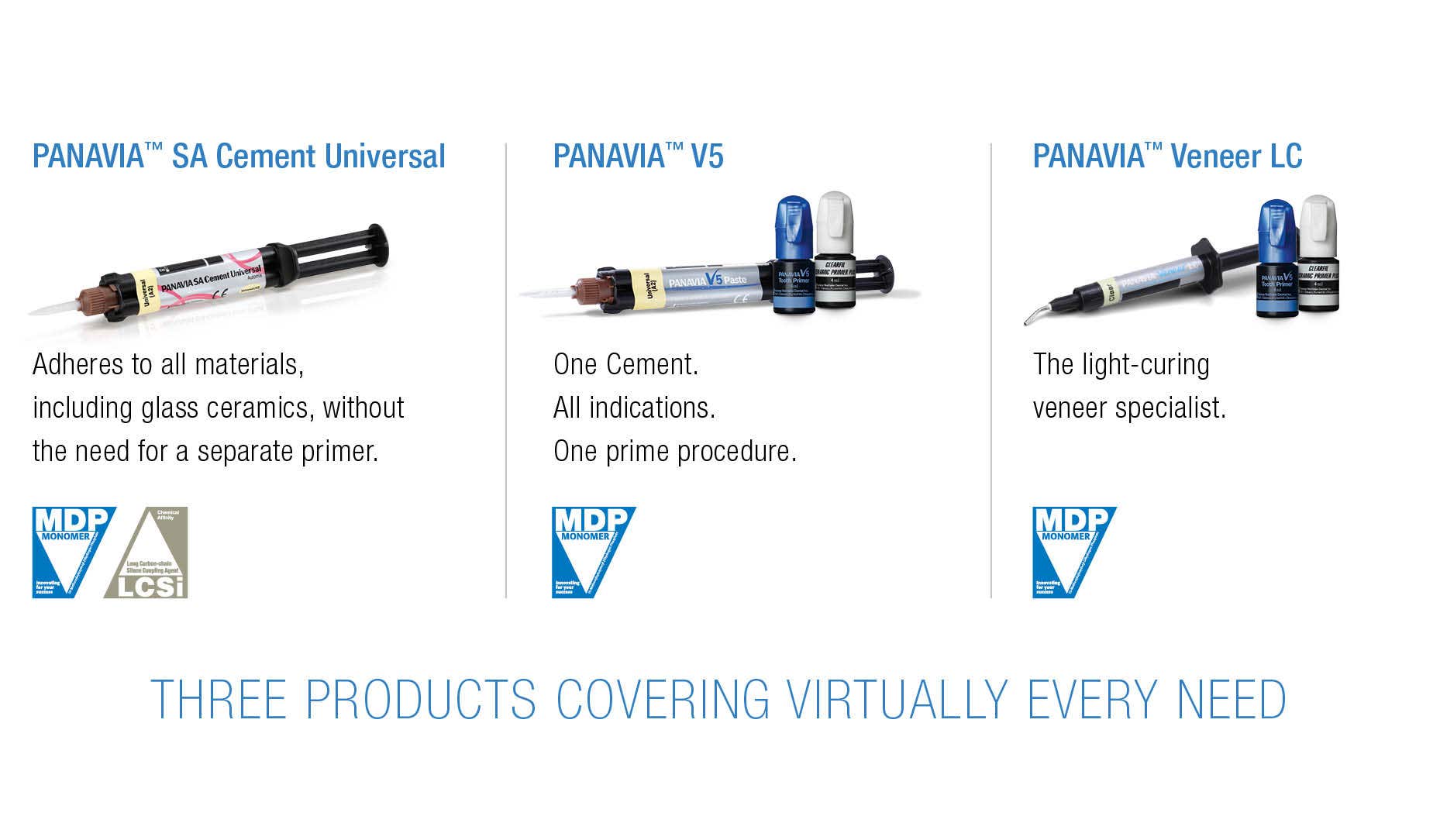
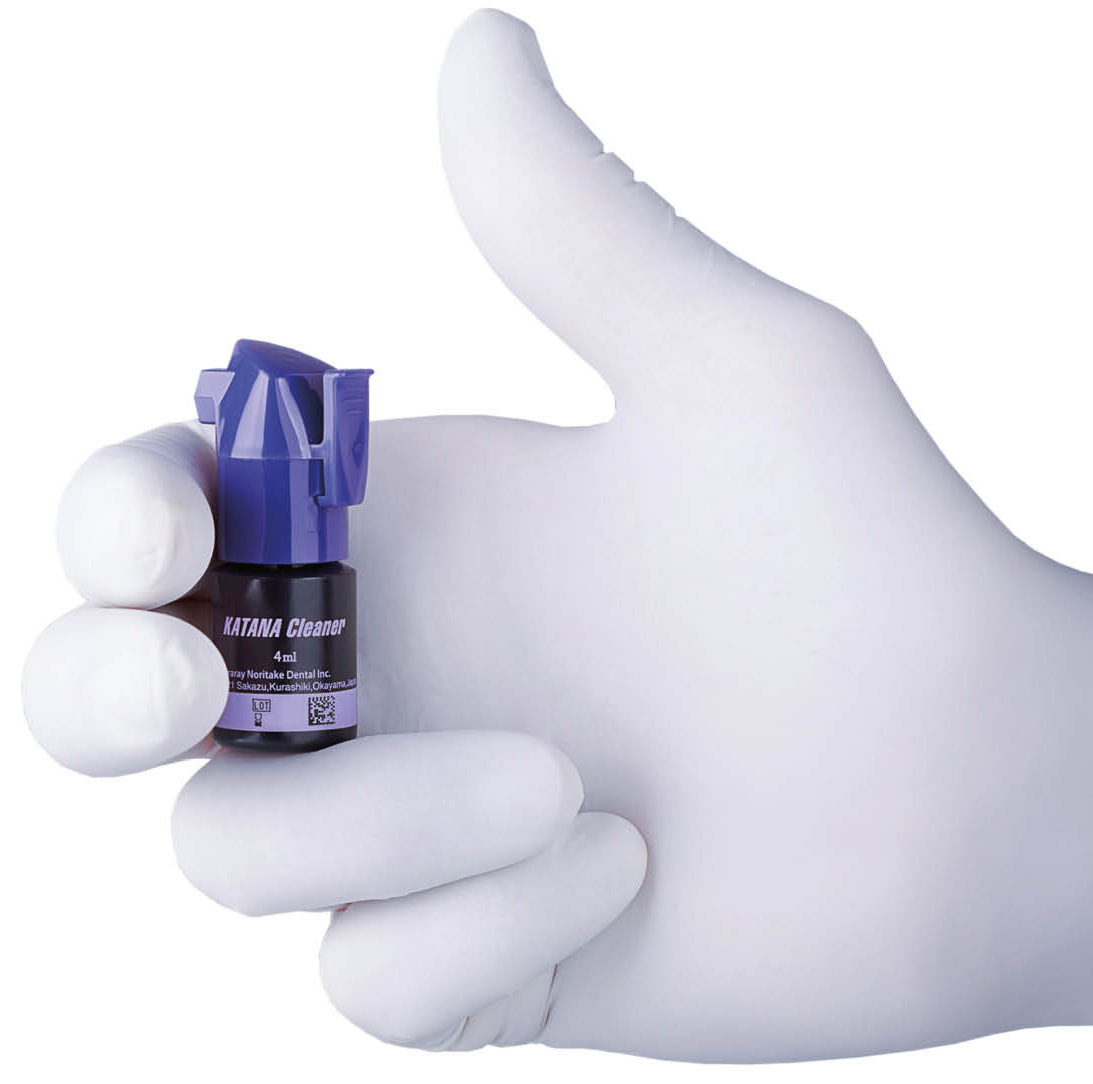



)
)
)

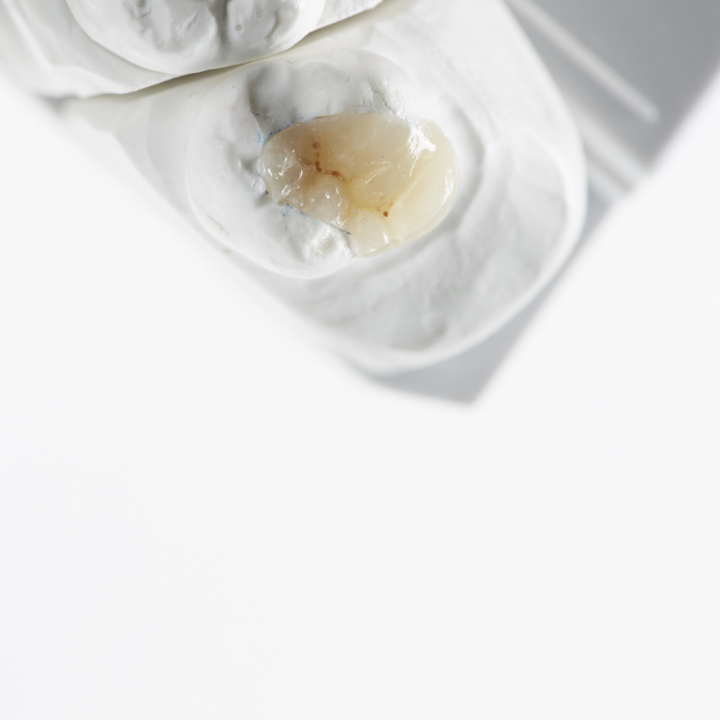

)










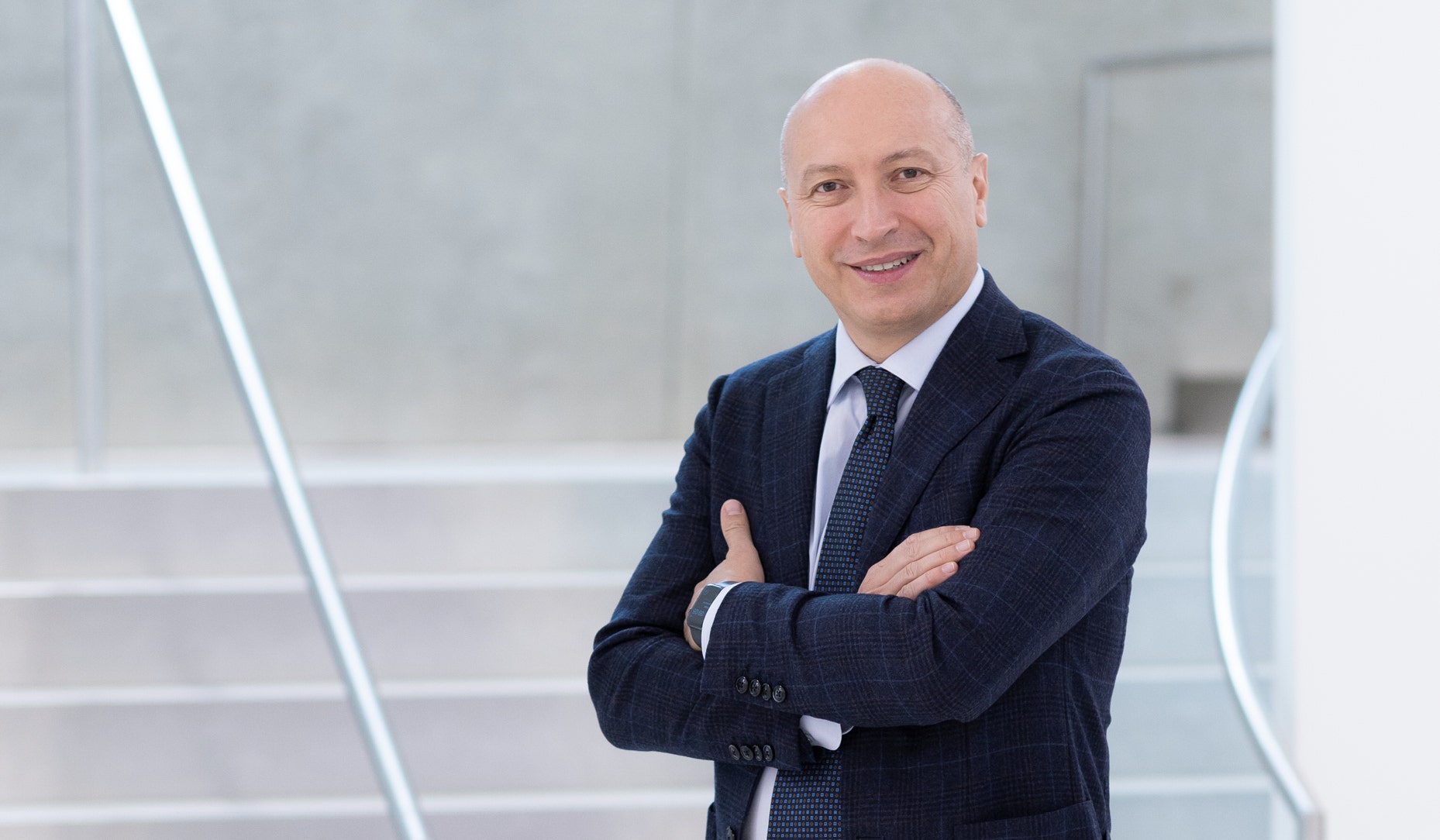
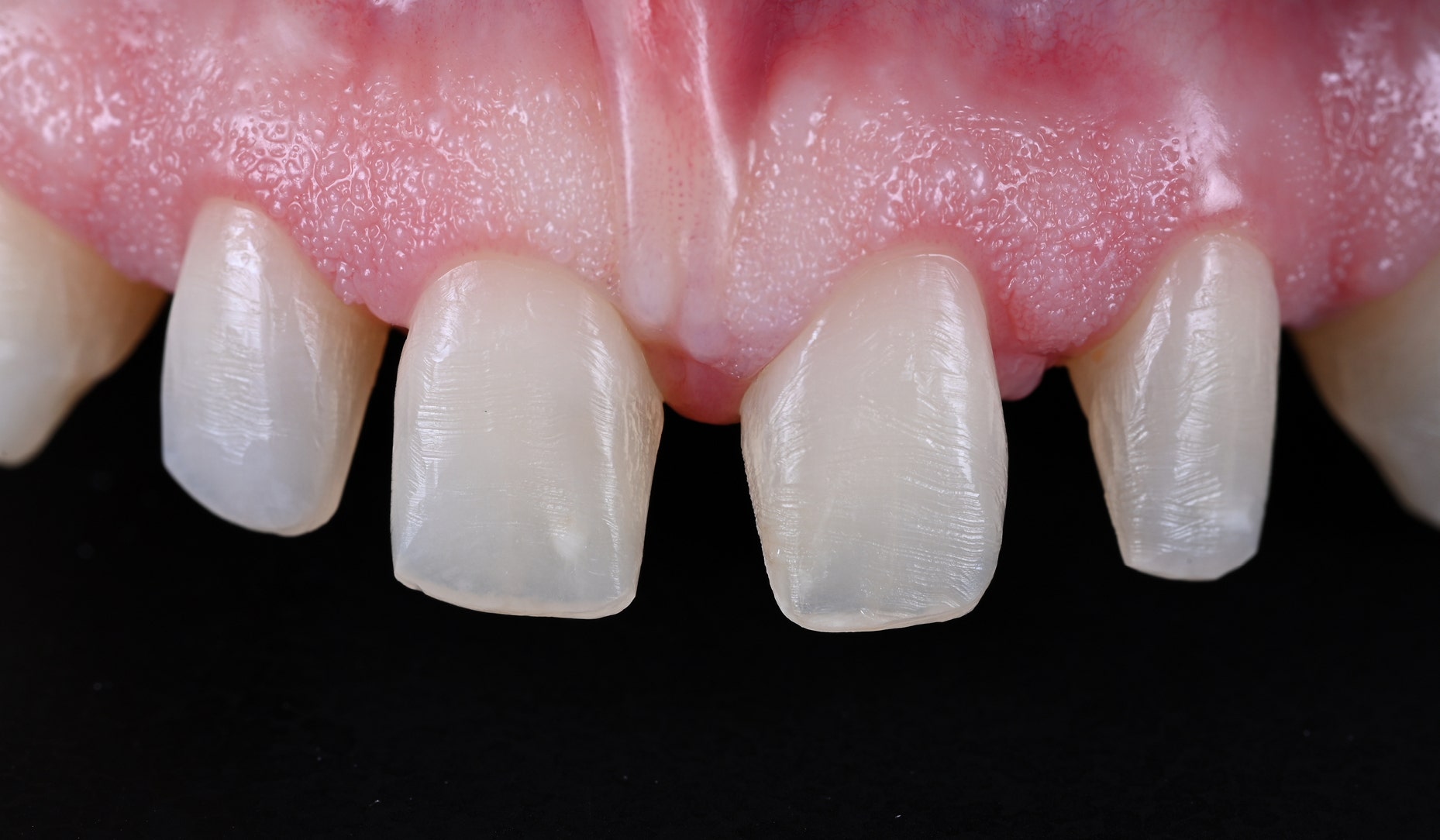
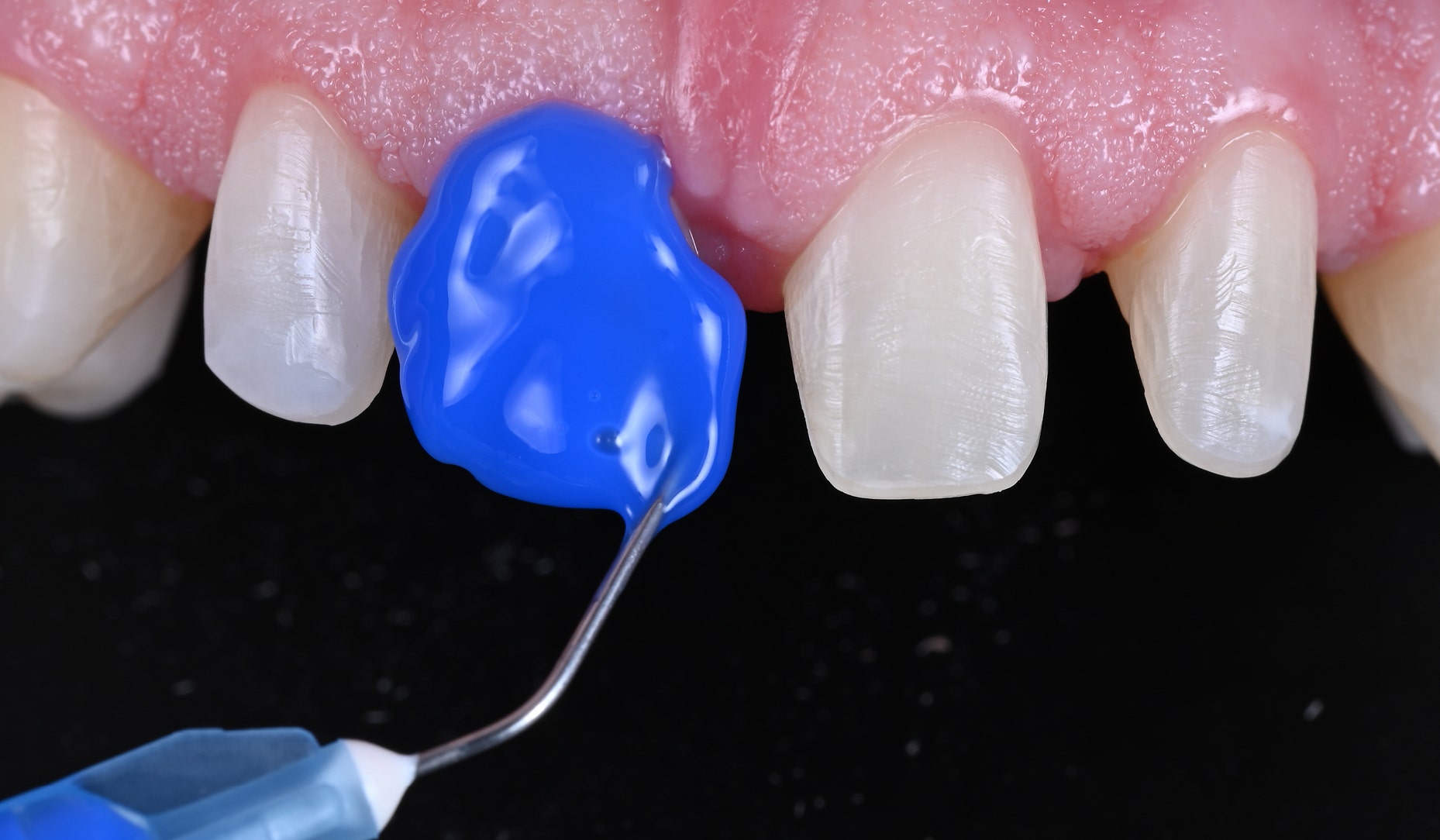
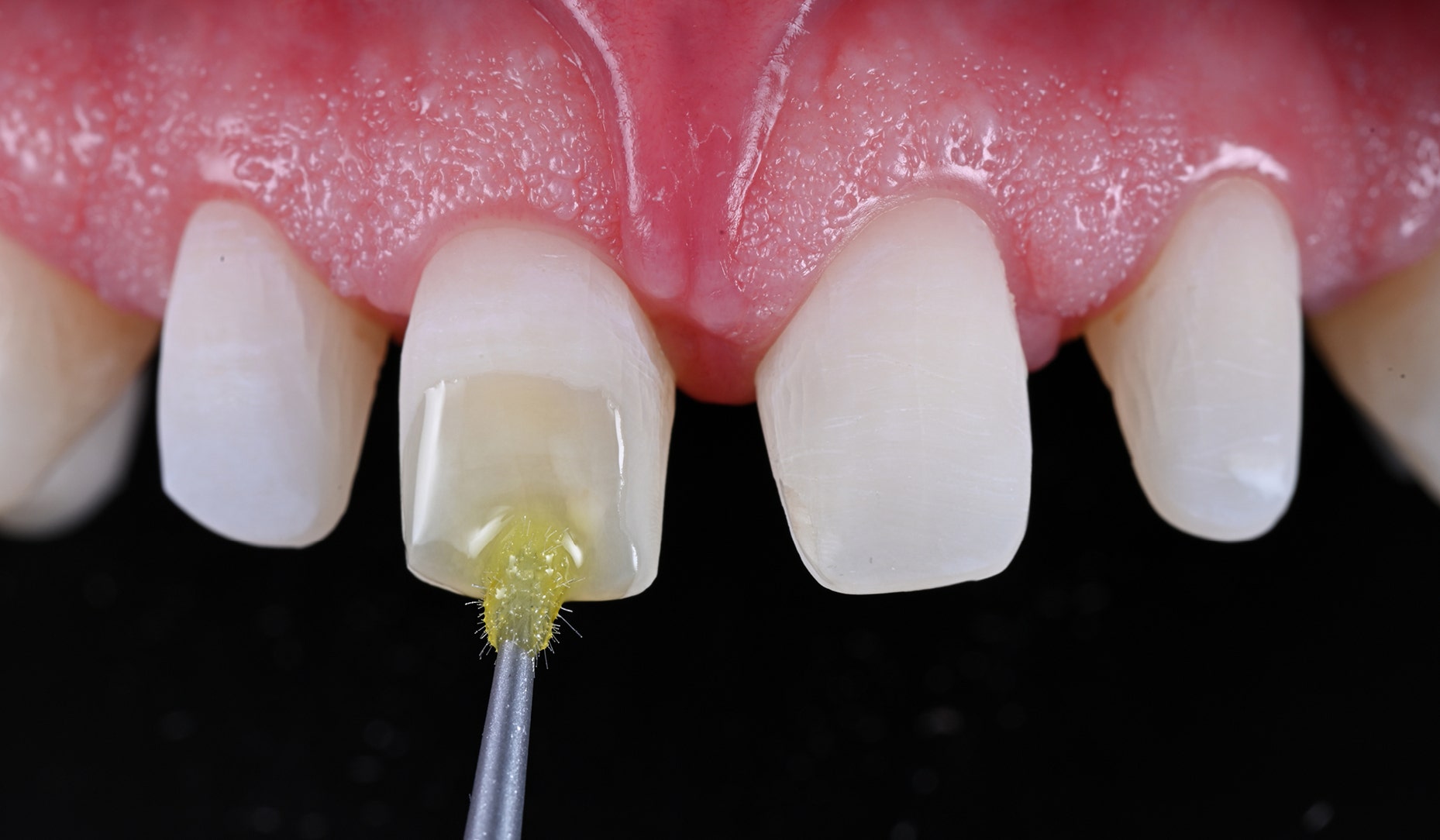

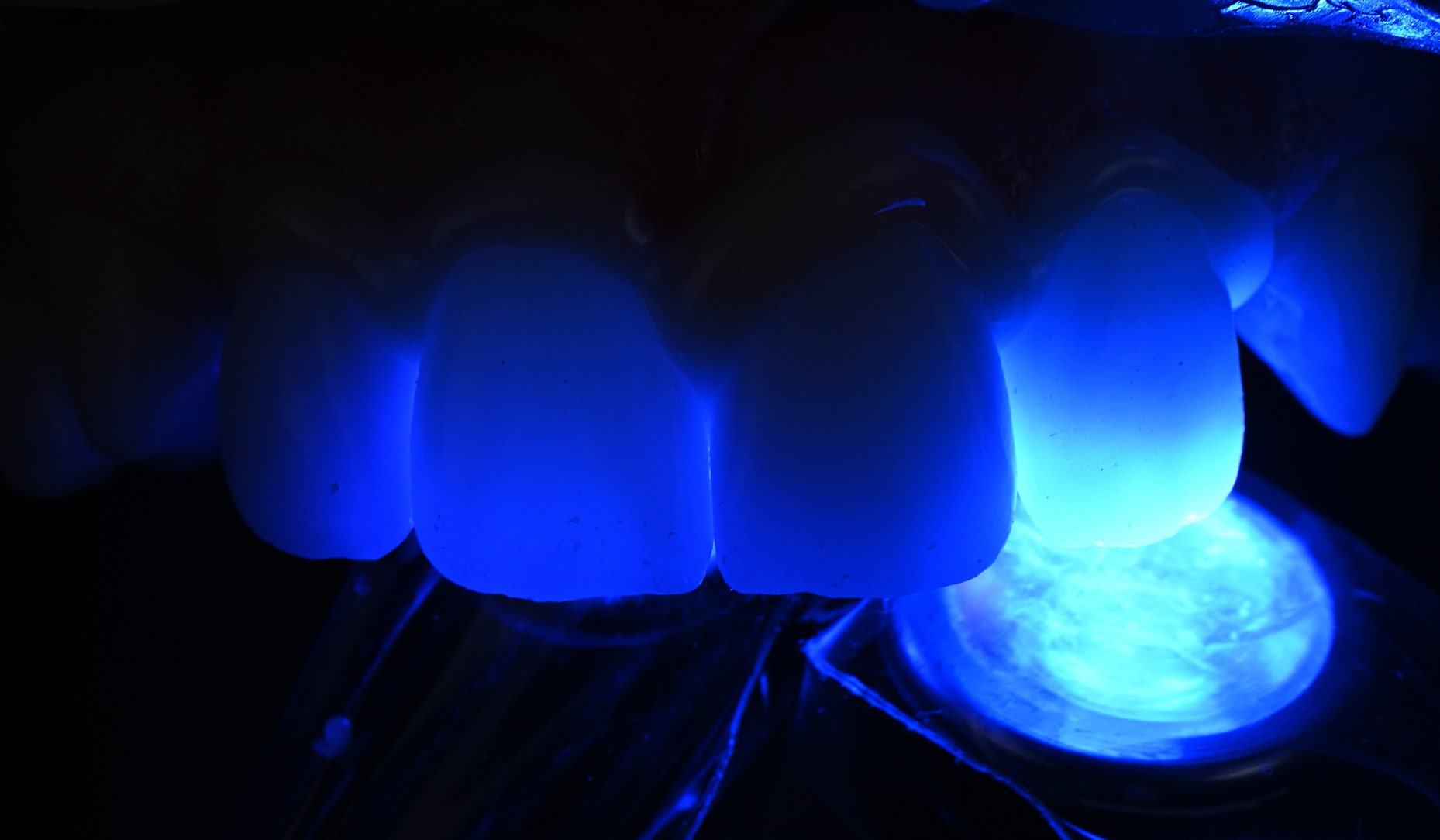


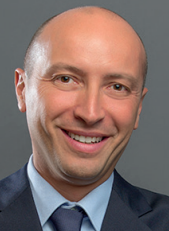



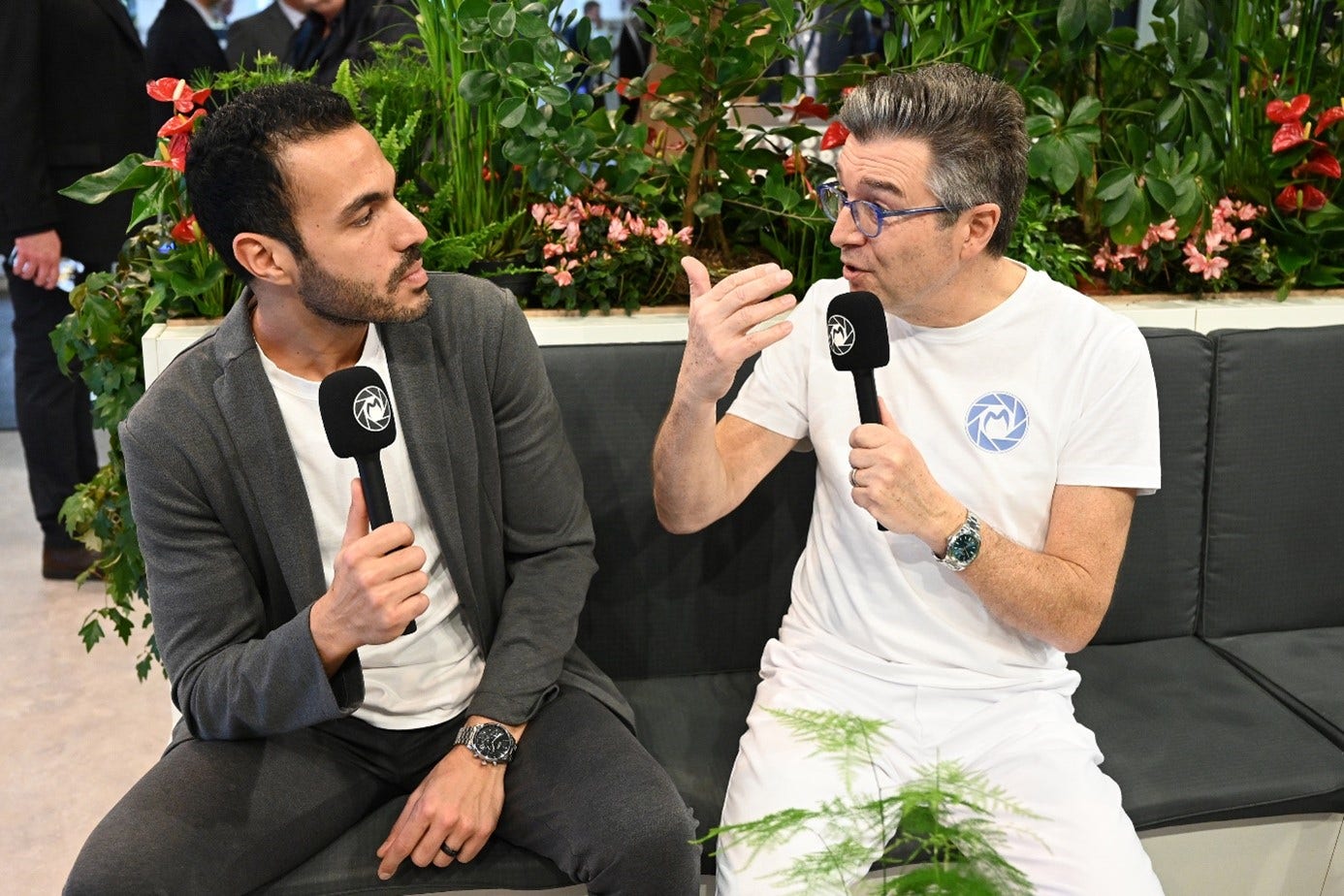

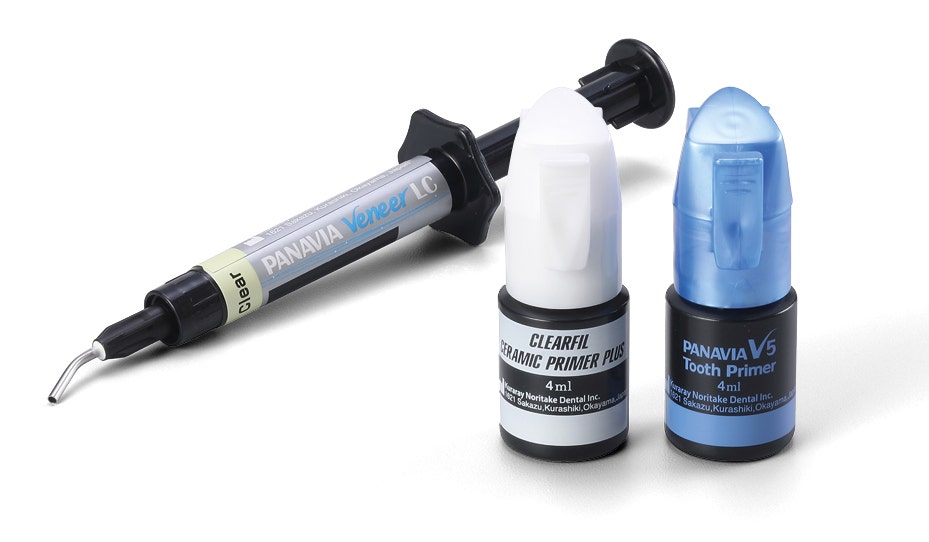 These modern treatment concepts can lead to reliable outcomes when a high-performance resin cement system is used that establishes a durably strong bond to tooth structure on one side and the restoration on the other. The reason is that less invasive often means that restorations have minimal or no retentive elements and extremely thin walls, and a strong chemical bond is a mechanism that holds them in place over time. Depending on the type of restoration and area in the mouth, aesthetic properties of the cementation system are also extremely important, as the typically highly translucent, thin restorations tend to reveal the appearance of the structures underneath to a certain extent.
These modern treatment concepts can lead to reliable outcomes when a high-performance resin cement system is used that establishes a durably strong bond to tooth structure on one side and the restoration on the other. The reason is that less invasive often means that restorations have minimal or no retentive elements and extremely thin walls, and a strong chemical bond is a mechanism that holds them in place over time. Depending on the type of restoration and area in the mouth, aesthetic properties of the cementation system are also extremely important, as the typically highly translucent, thin restorations tend to reveal the appearance of the structures underneath to a certain extent.